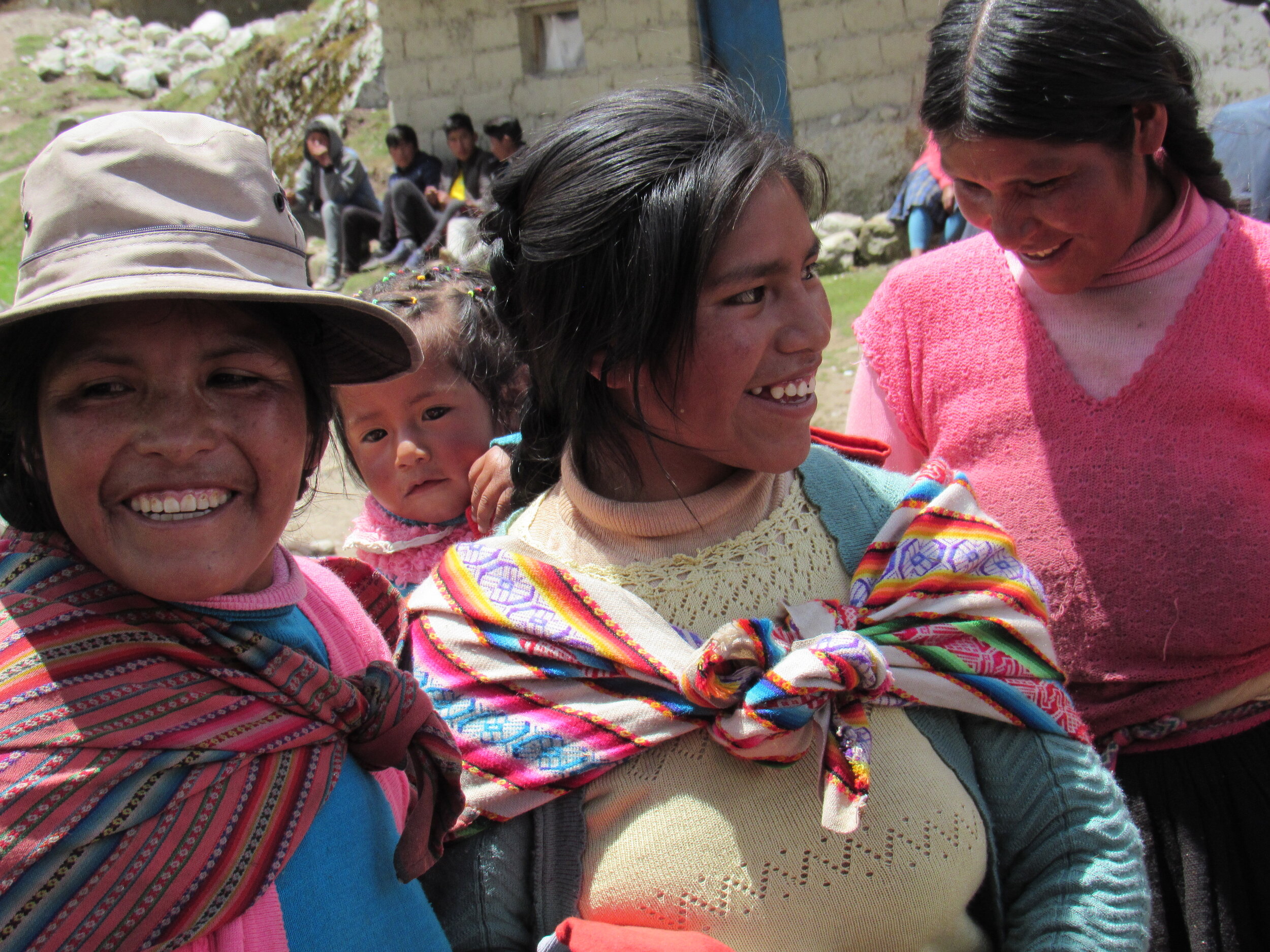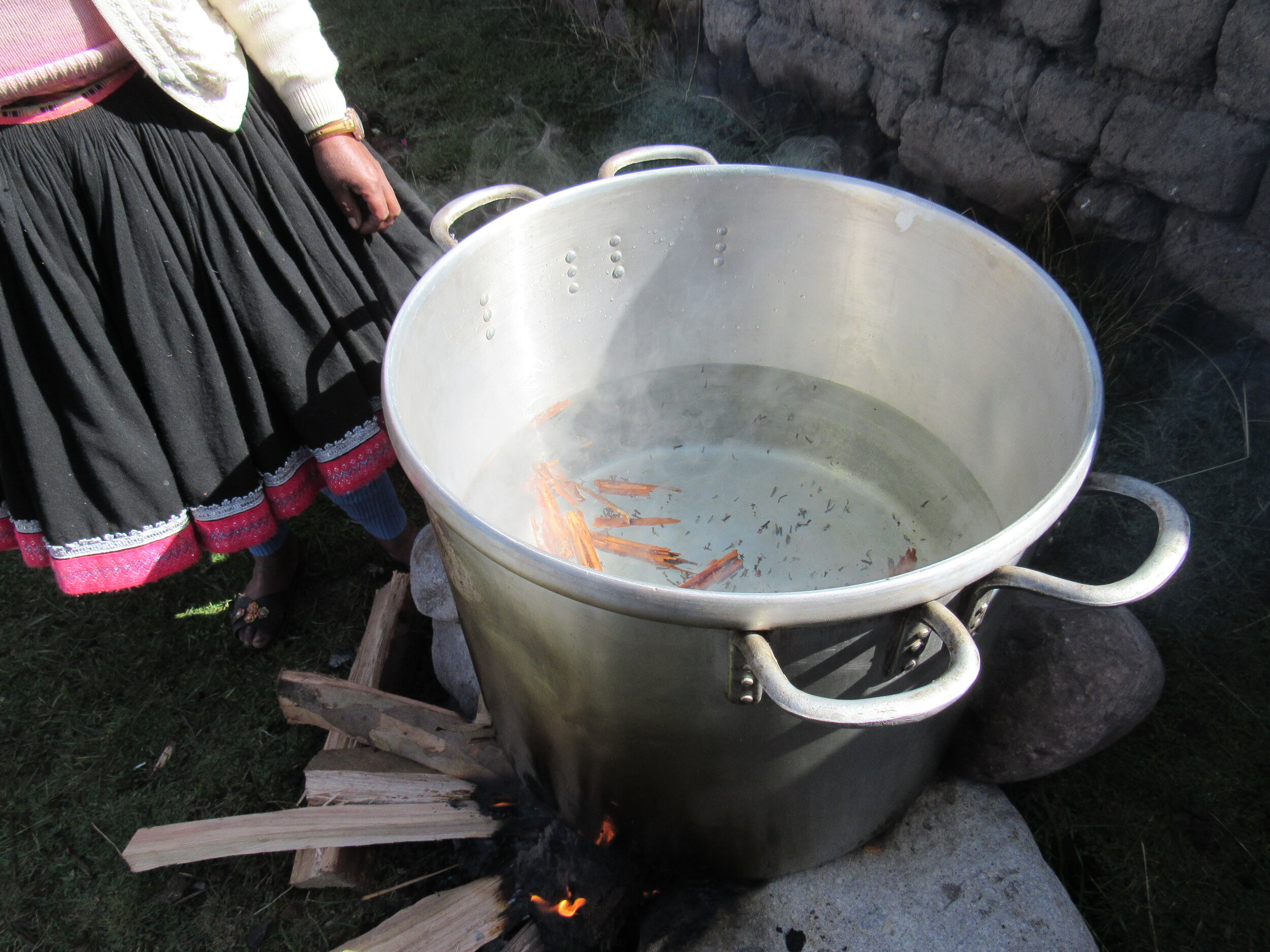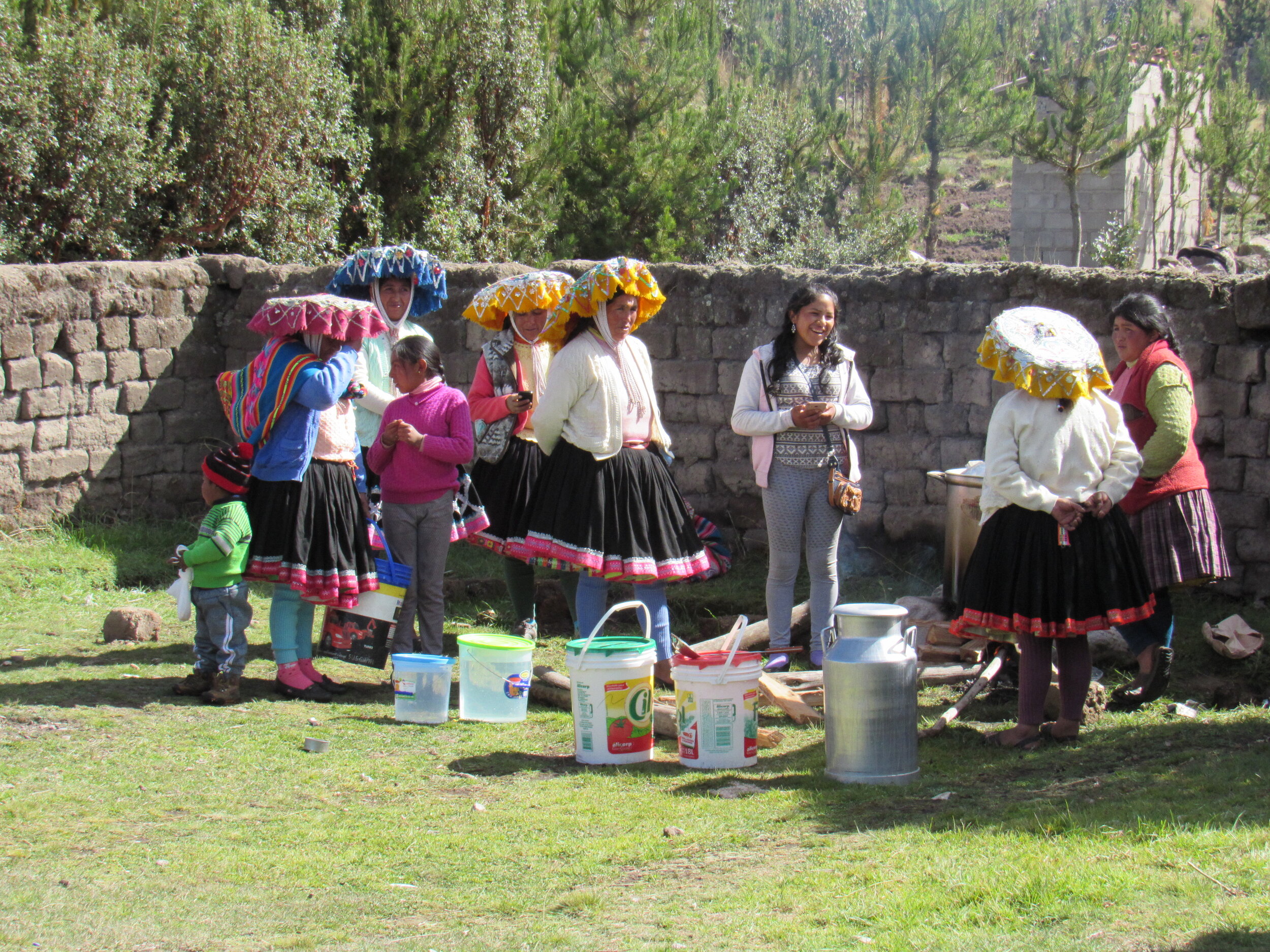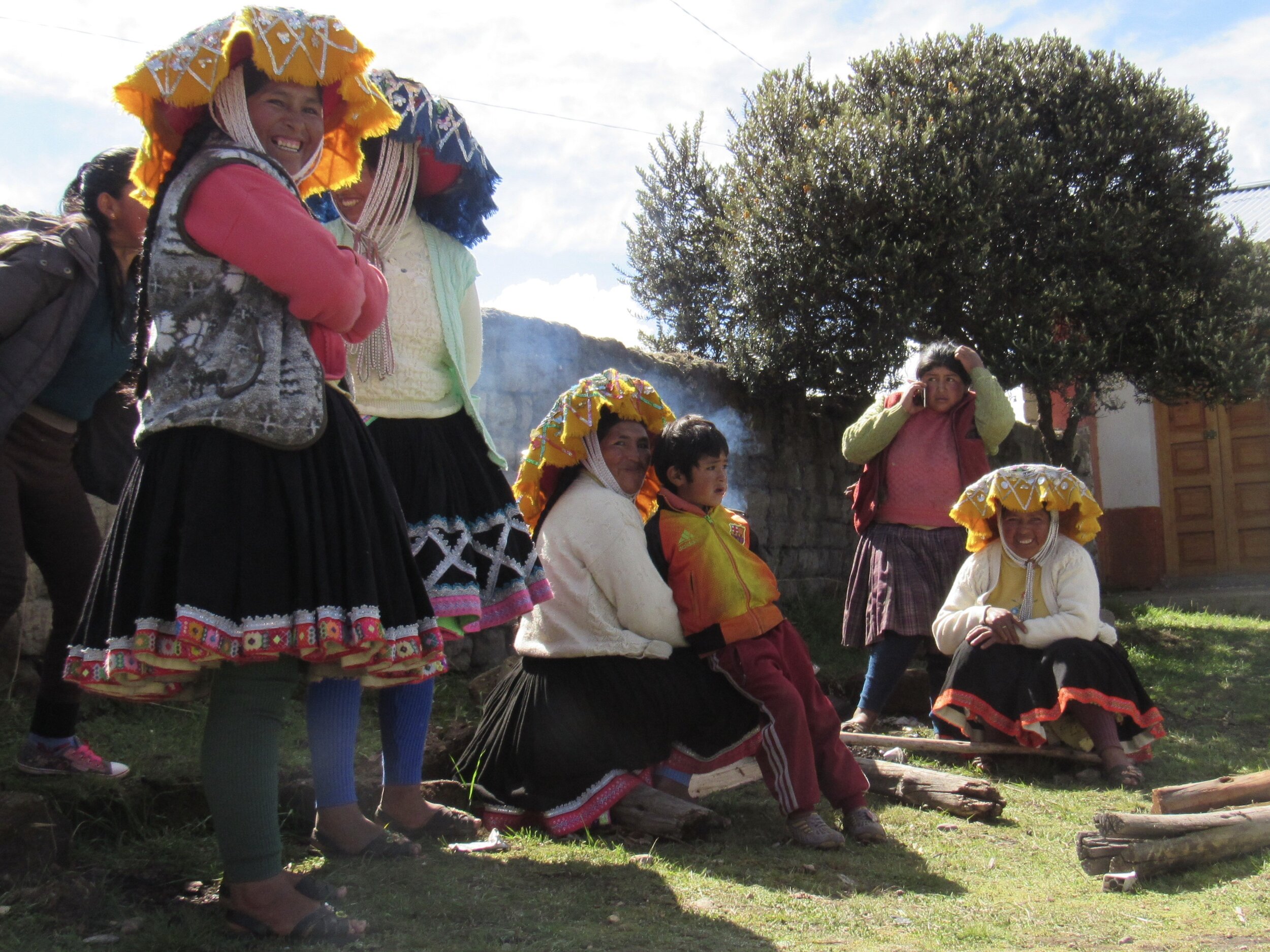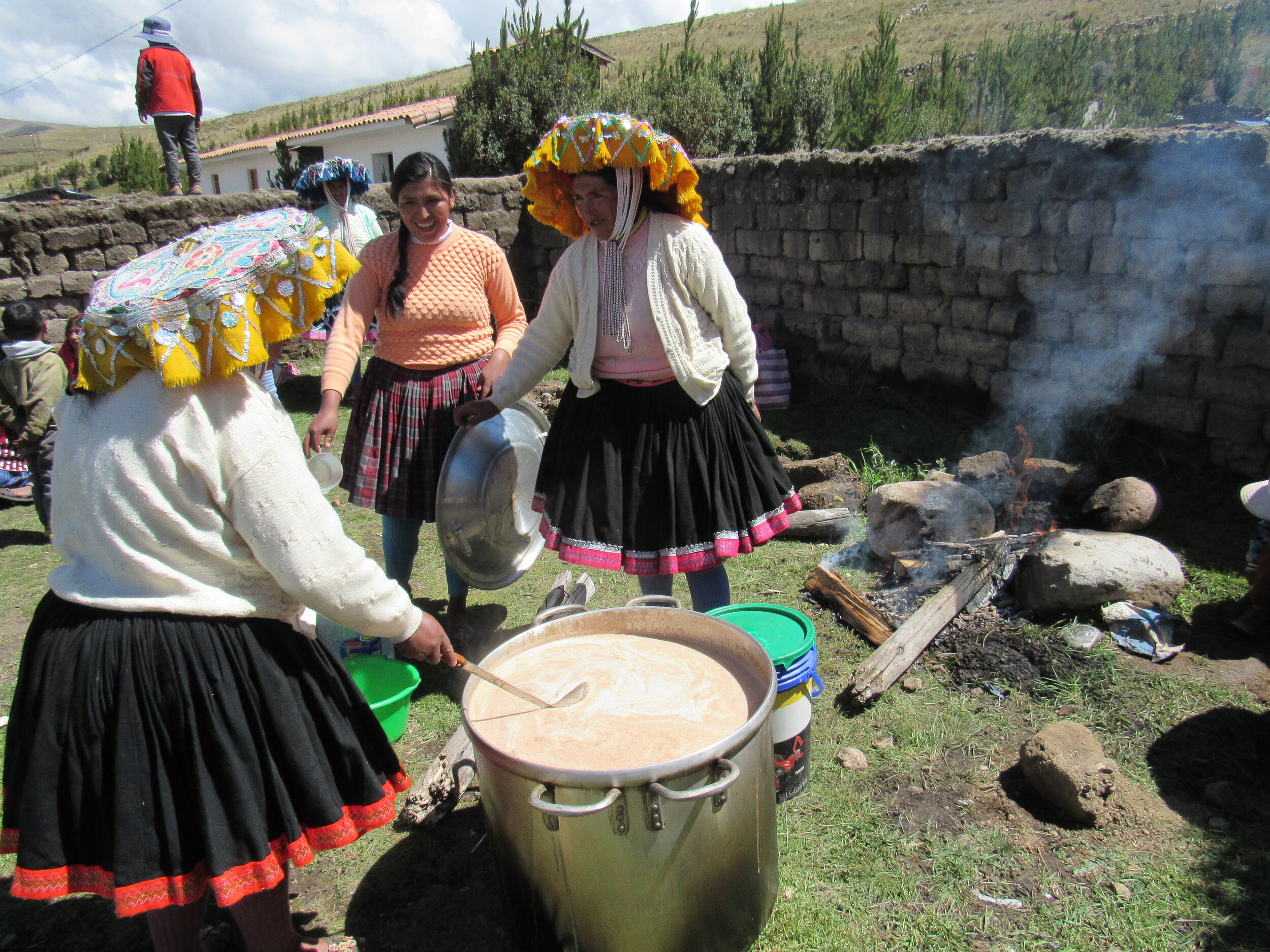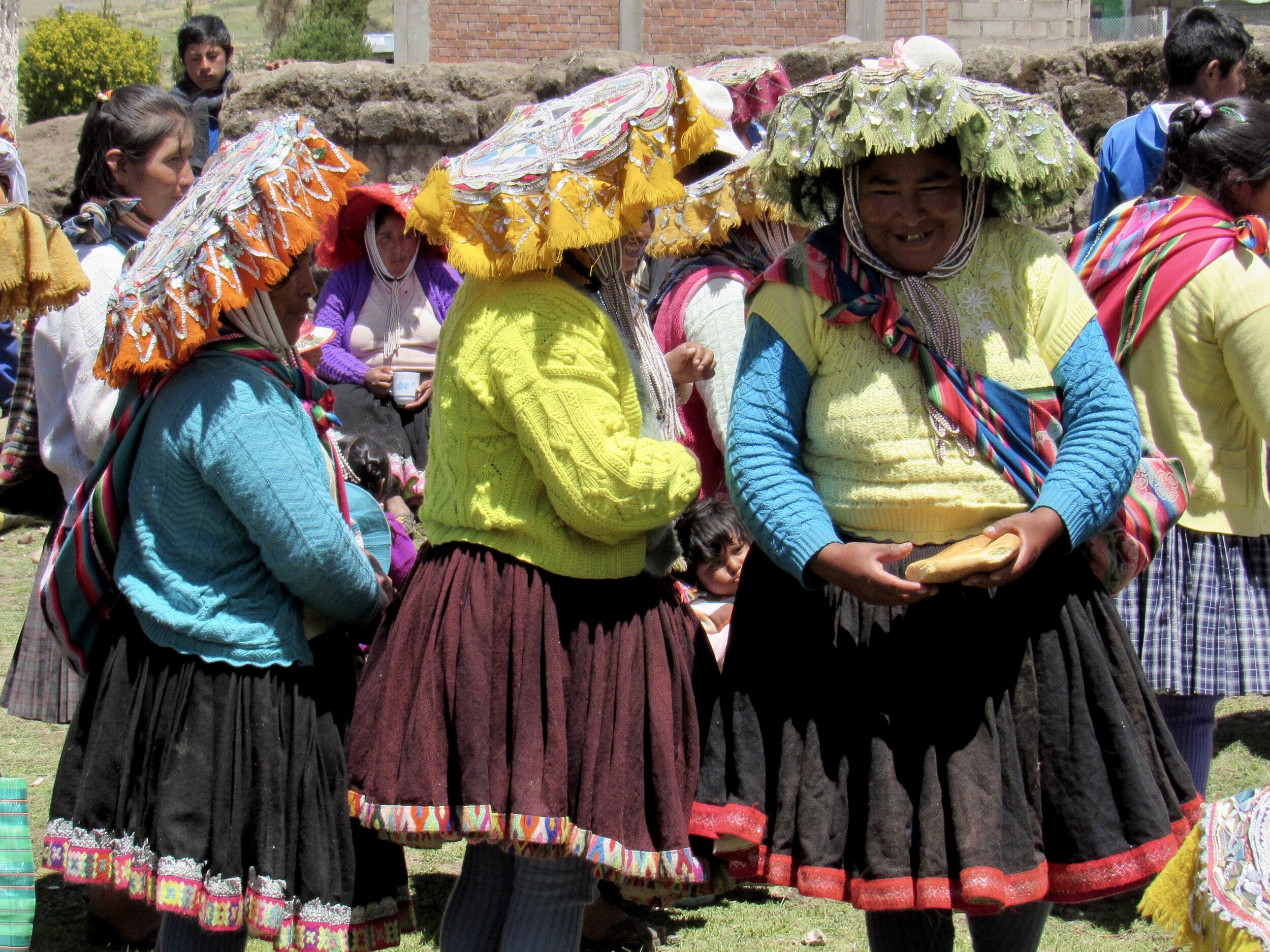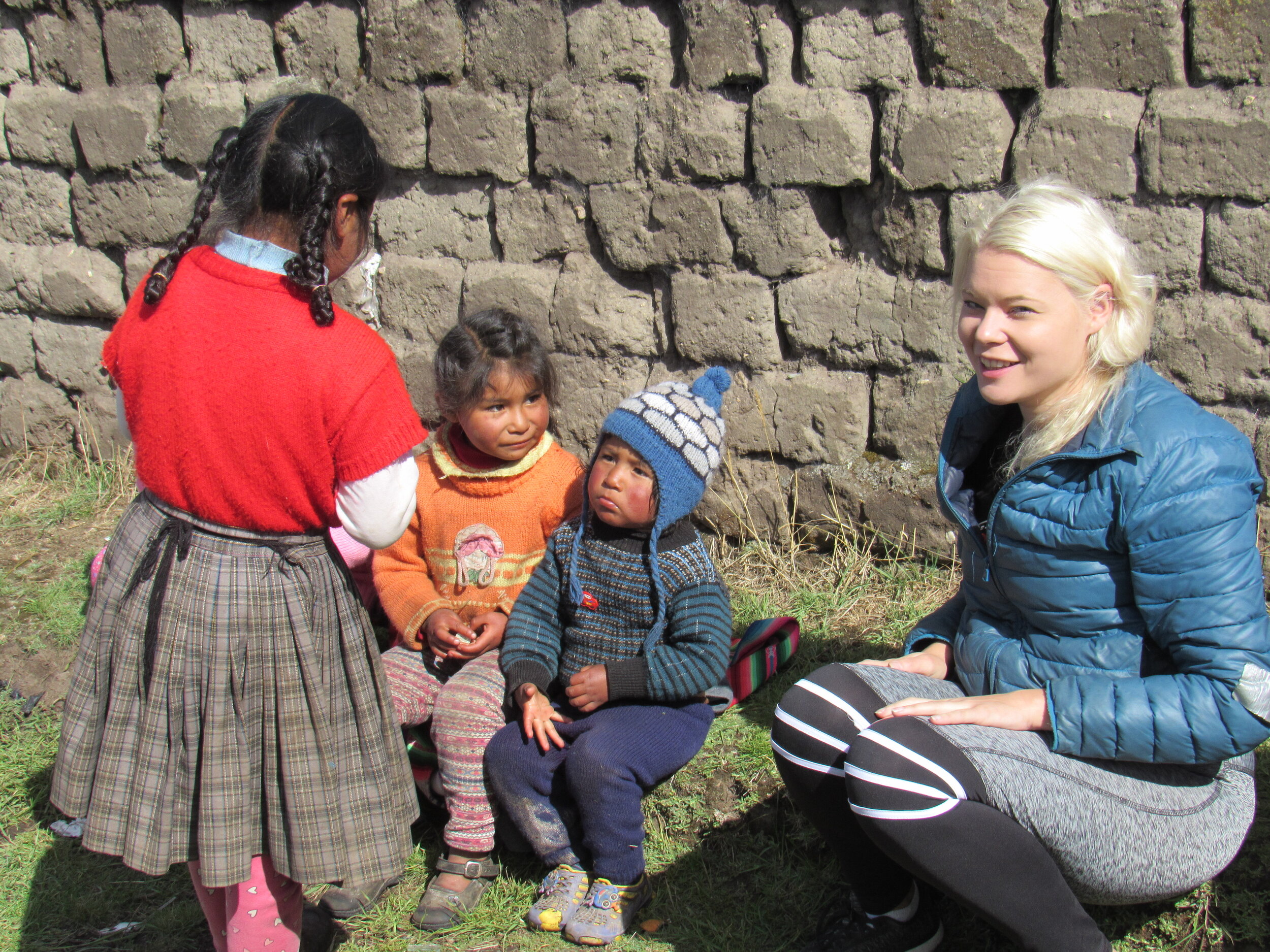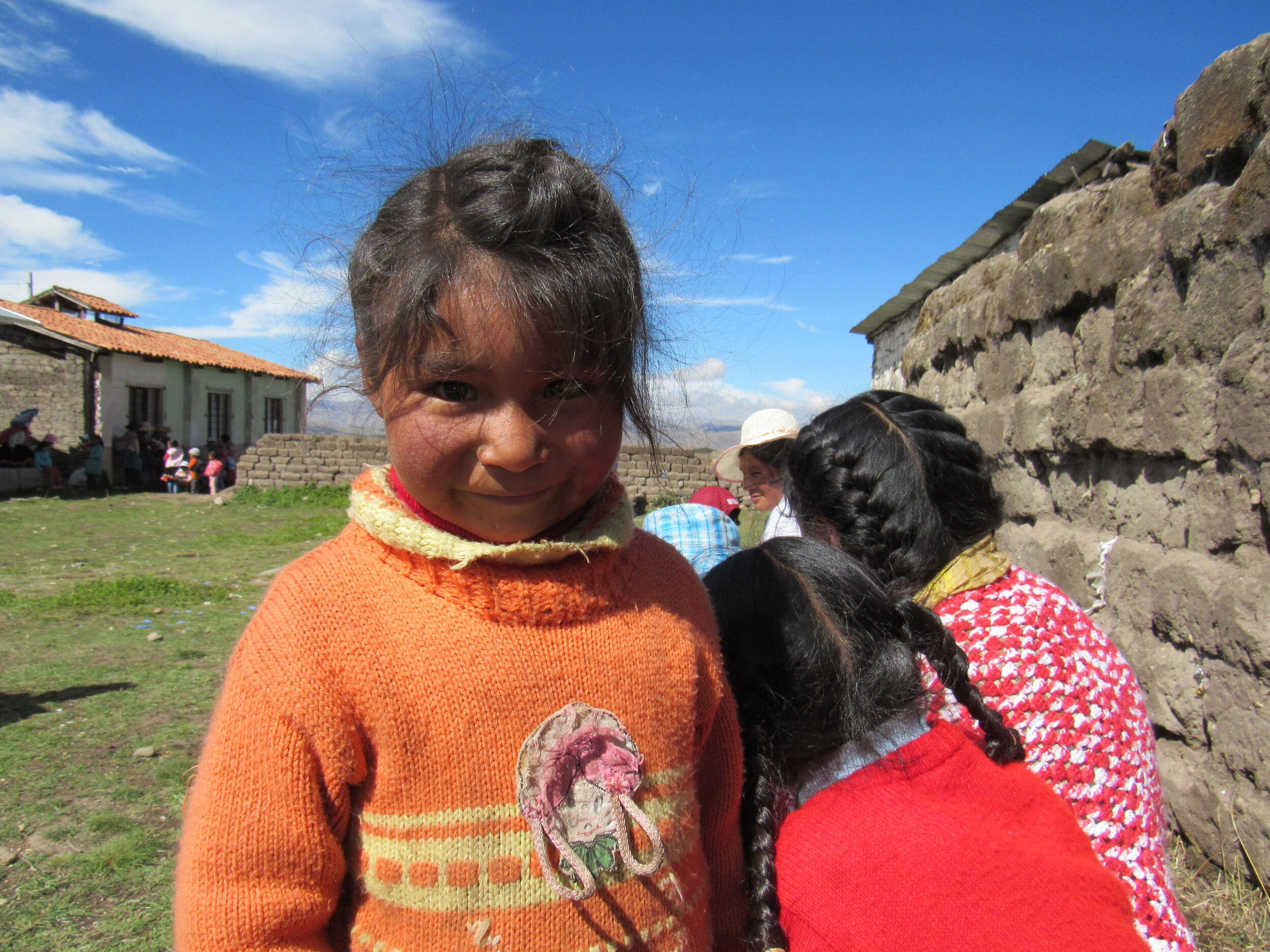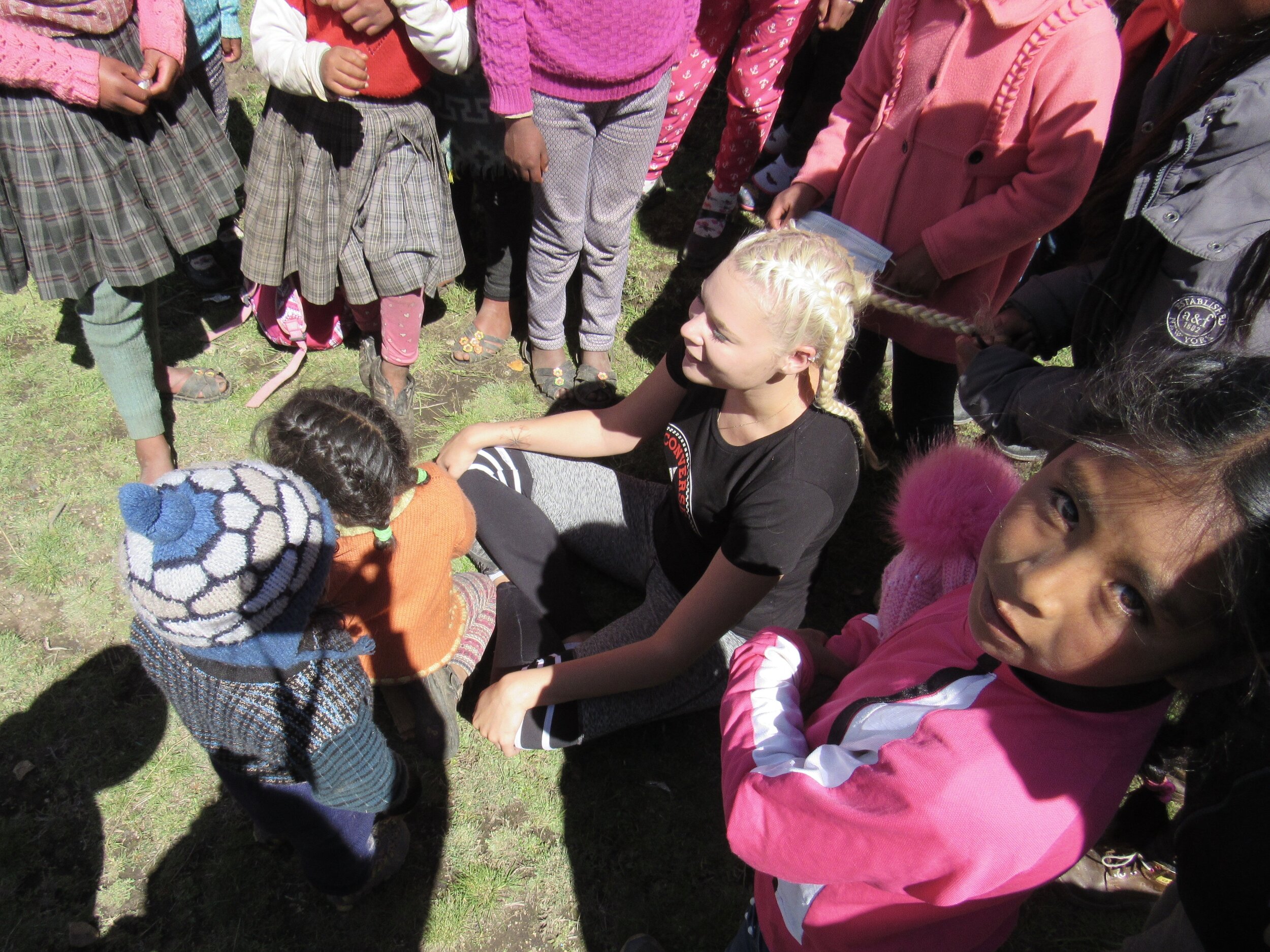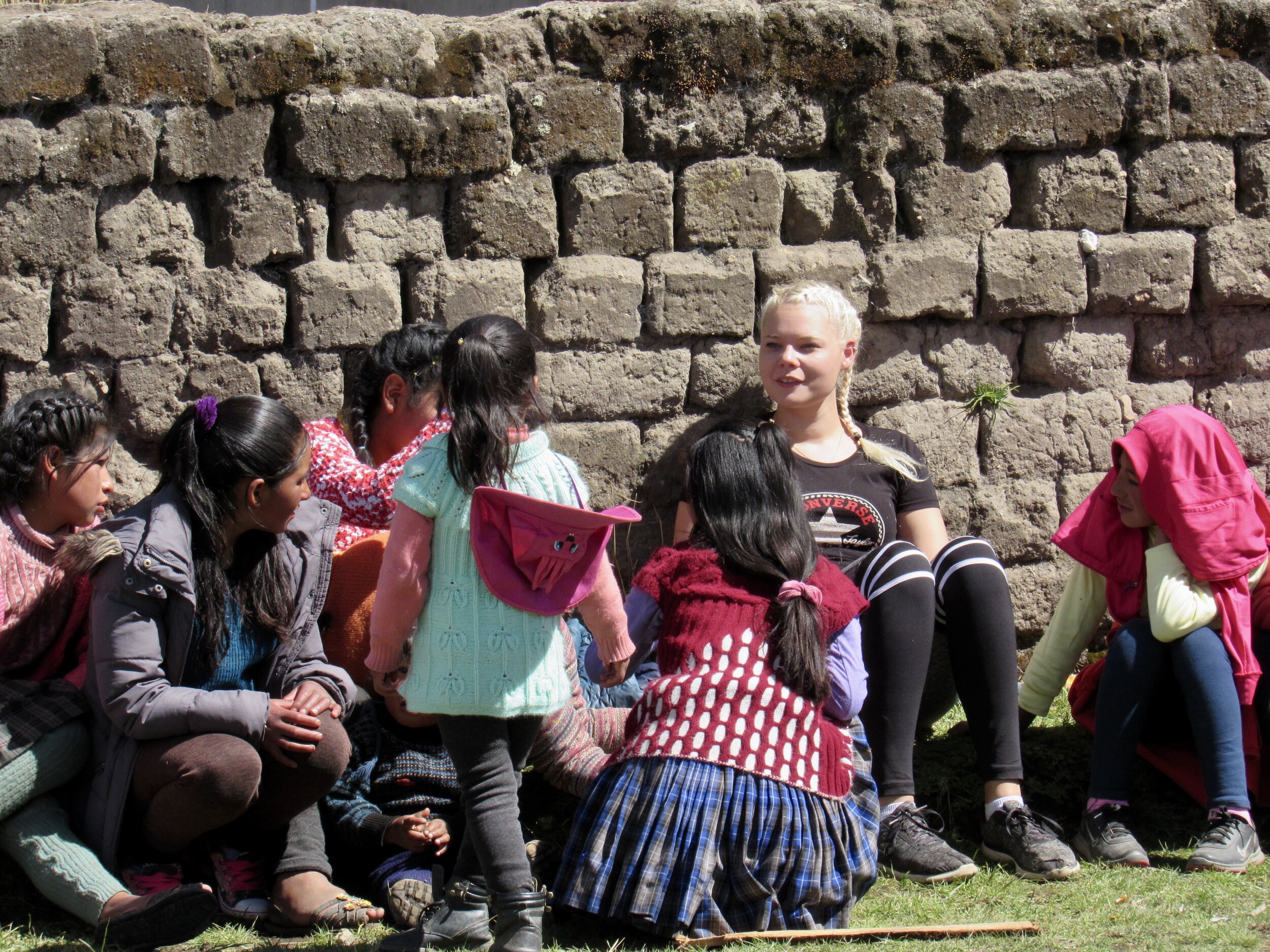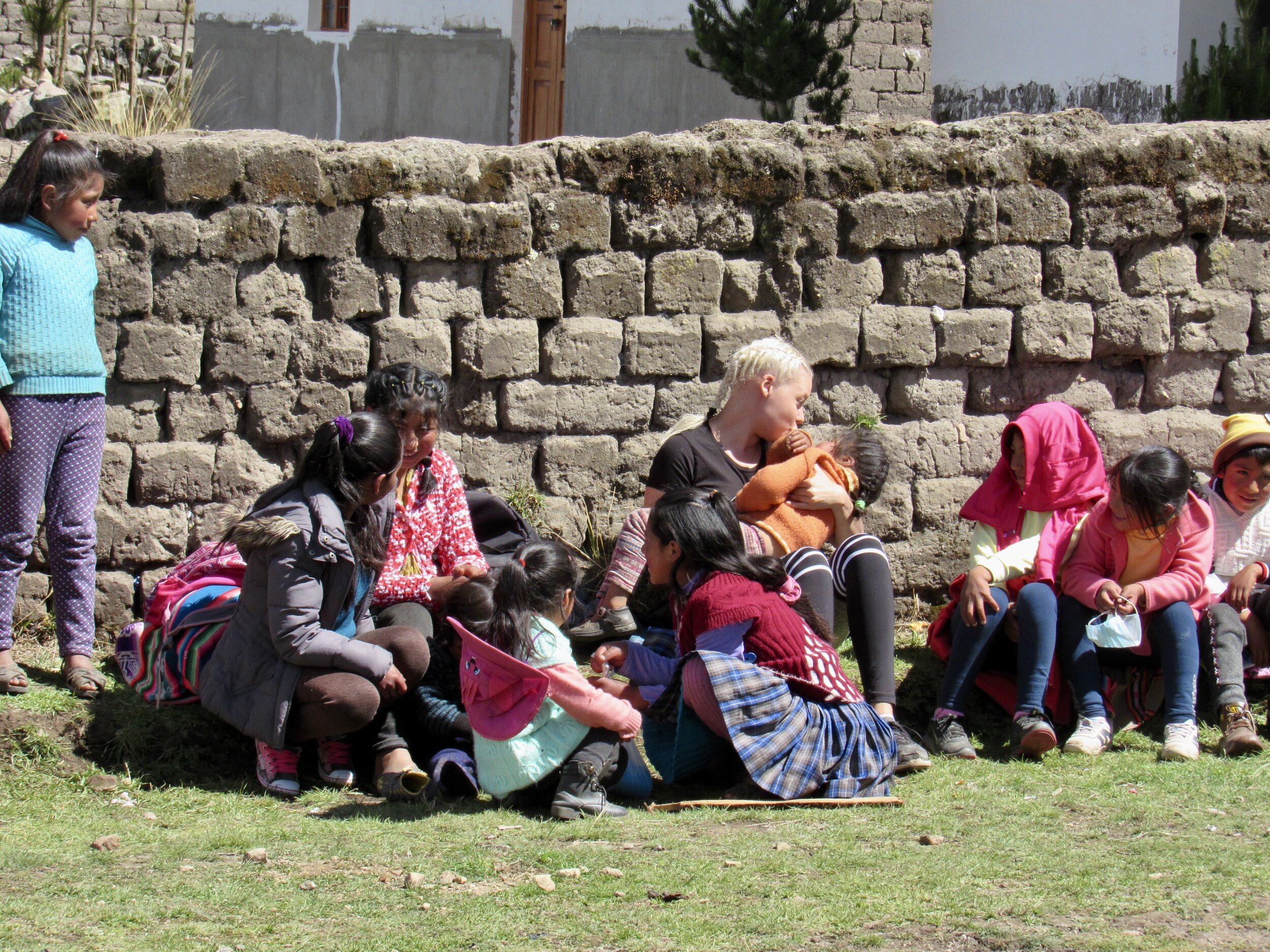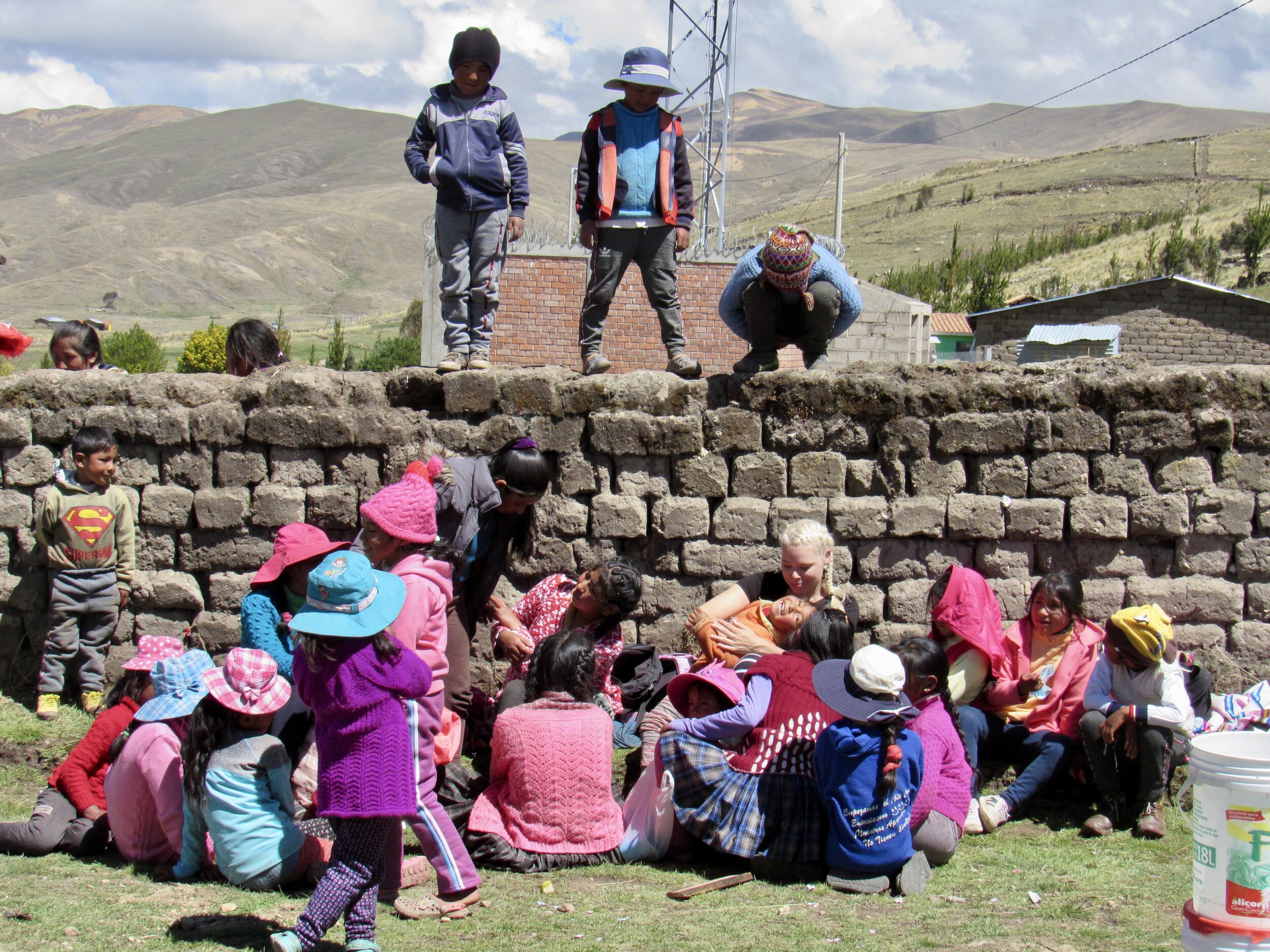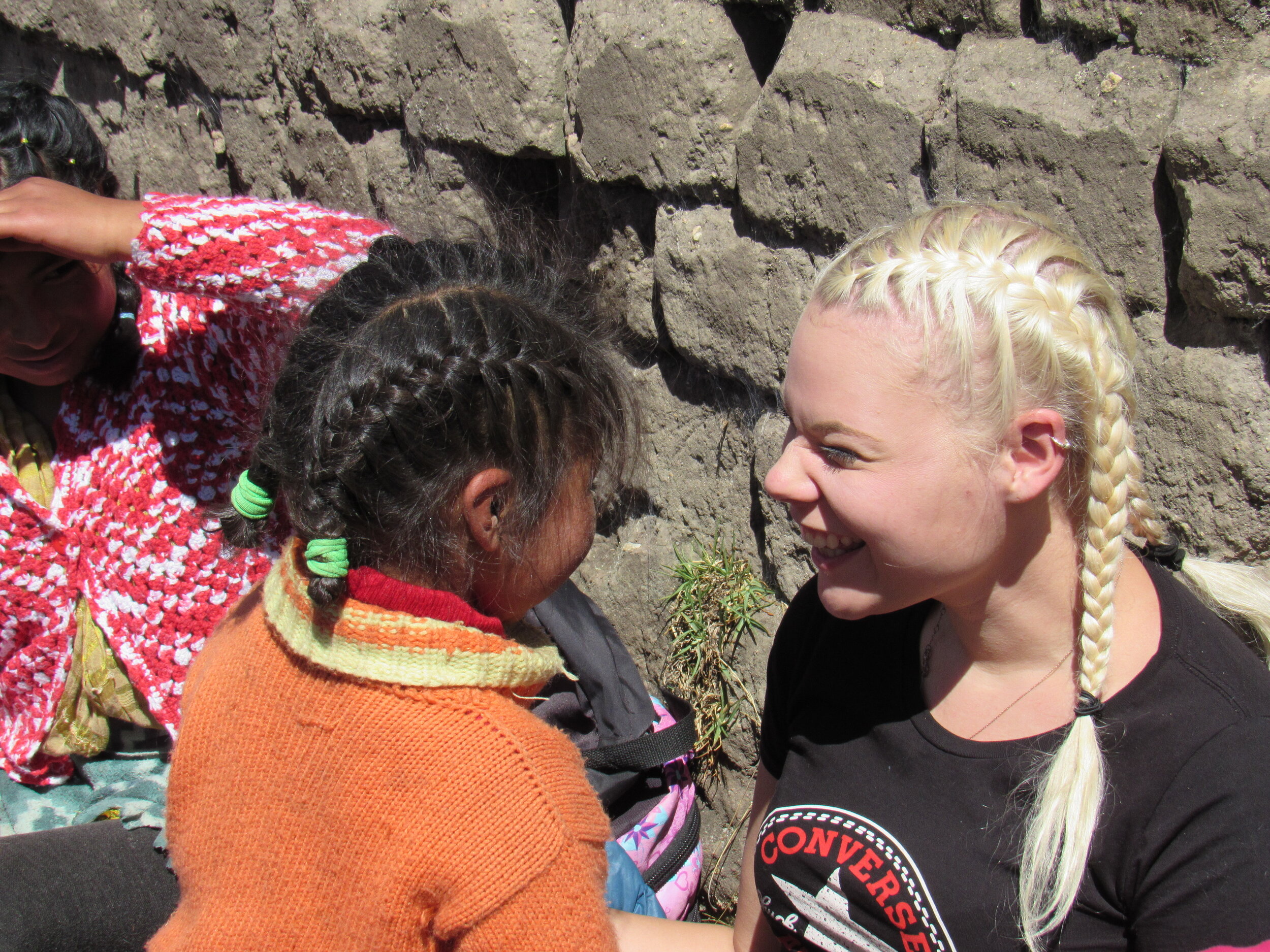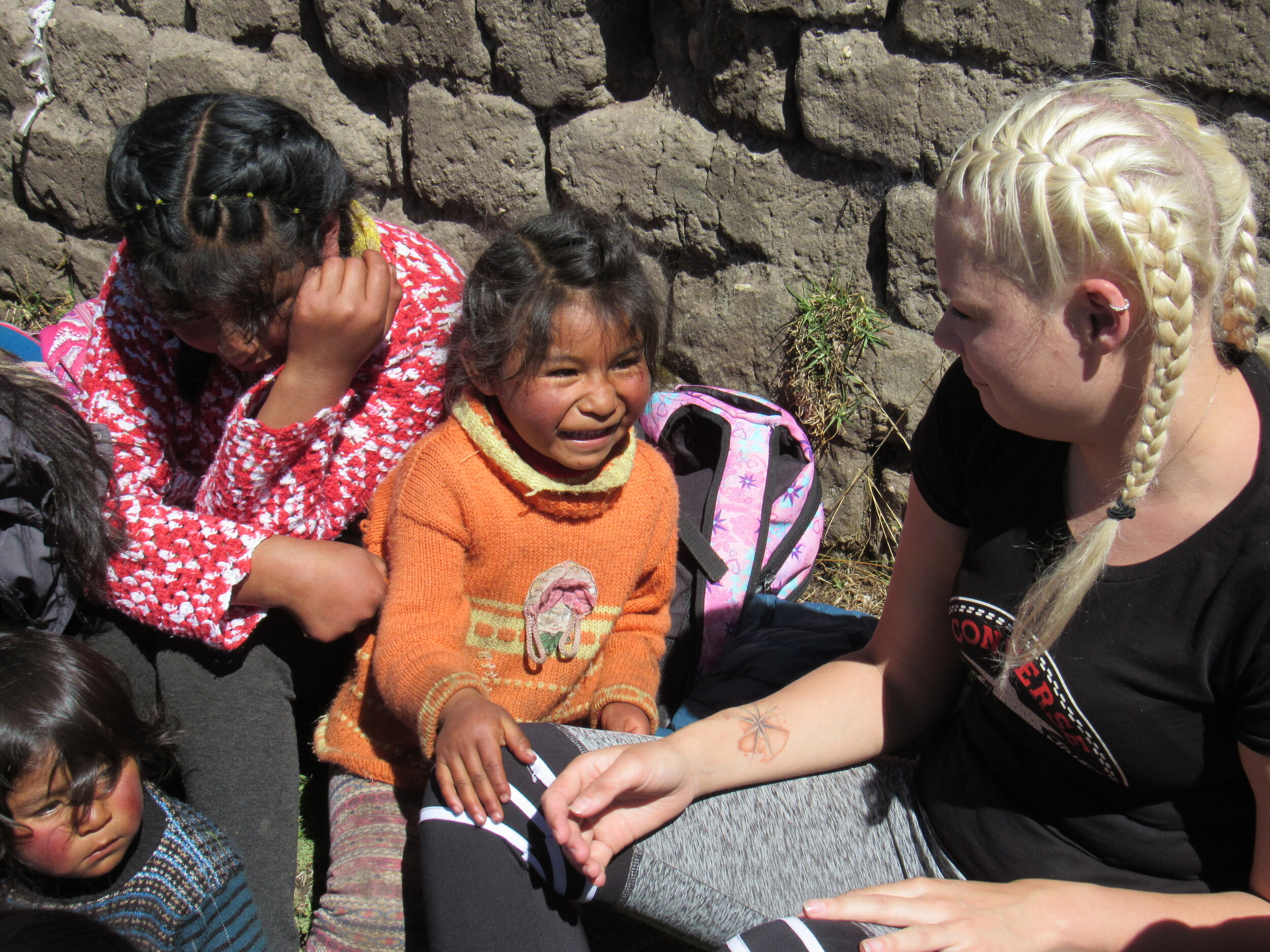Covid in Cusco: Week 40
Sunday, 13 December, 2020
40 weeks is full term! Cusco has carried our Covid baby to full term, but now what? It has been a full nine months since Covid was officially diagnosed in Cusco, on March 13th. So much has happened, sometimes it feels like a full decade, not just one year. I don’t think that we’re yet at a point in the pandemic when we can actually have an idea of what the future will bring. I can really only focus on one day at a time. My biggest priority is surviving the pandemic, hopefully staying healthy until I can get a vaccine, not getting Covid at all. Anything beyond that is gravy.
However, today was so overwhelming that it’s hard for me to call it gravy. I got up at 4am to go back to the Maytaq Wasin Hotel and load the truck for the village of Japu (pronounced Hapu). The mayor of Paucartambo sent two extended cab pickups to carry us and all of the supplies for 80 families. We took supplies to make hot chocolate for 350 people, plus 350 mini-panettones. For each family we had 5 kilos of rice, 1 liter of vegetable oil, 1 kilo of salt and 2 bags of oatmeal. We also took a giant sack of 500 oranges. Considering how far away they are, I doubt they ever get fresh fruit.
Even with Dramamine in my system, I had to ask the driver to pull over a couple times so I could get out of the car and try to catch my breath. I managed not to throw up, but until the road got so rough that we had to be in 4 wheel drive, I felt so carsick. The worse the road got, the happier I was because the slower we had to go. Also, the farther we got out into the mountains, the more we saw vicuña. The four days I backpacked around Ausangate (week 37) I was disappointed to not see a single vicuña. Today I was not disappointed.
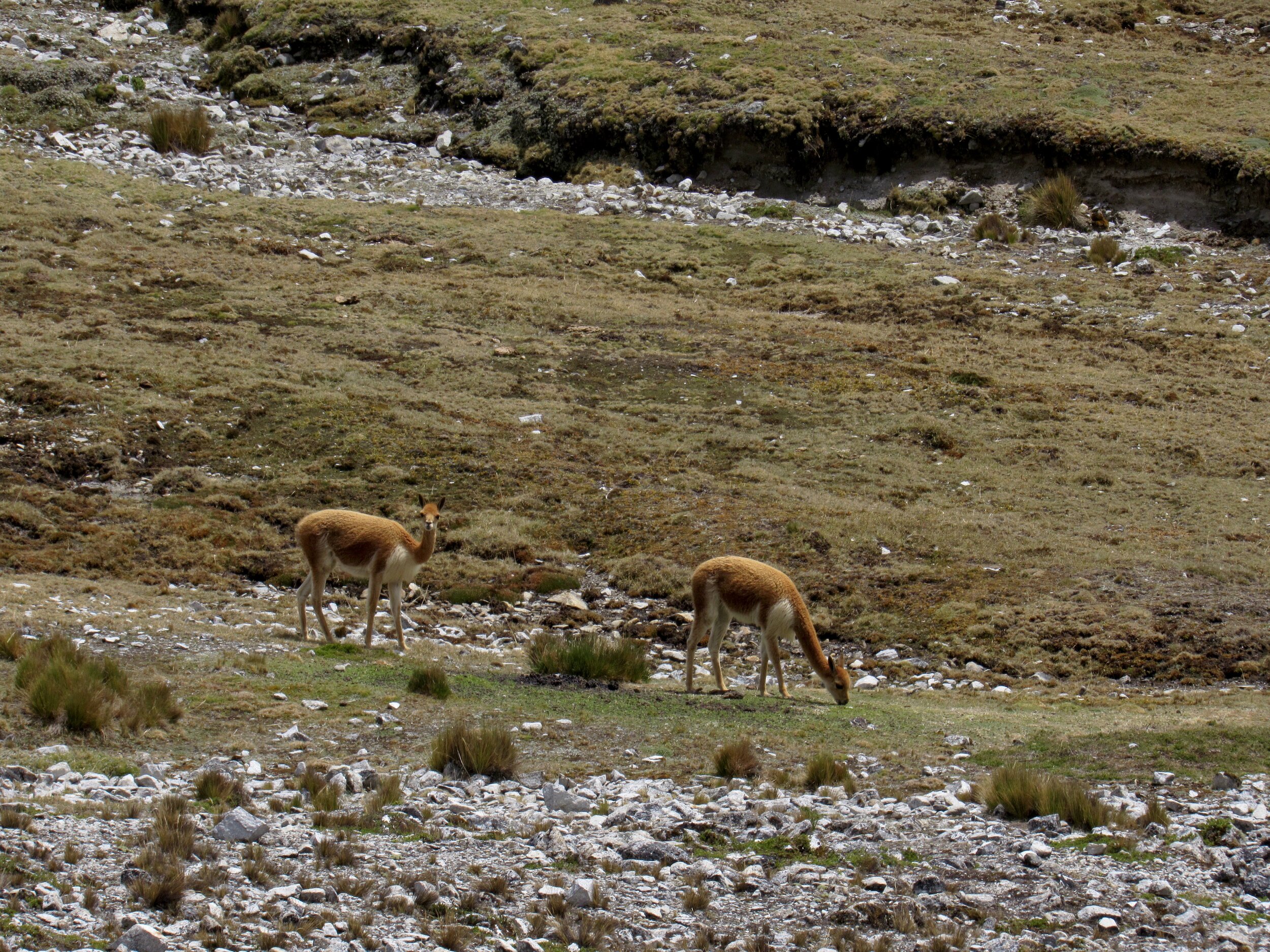
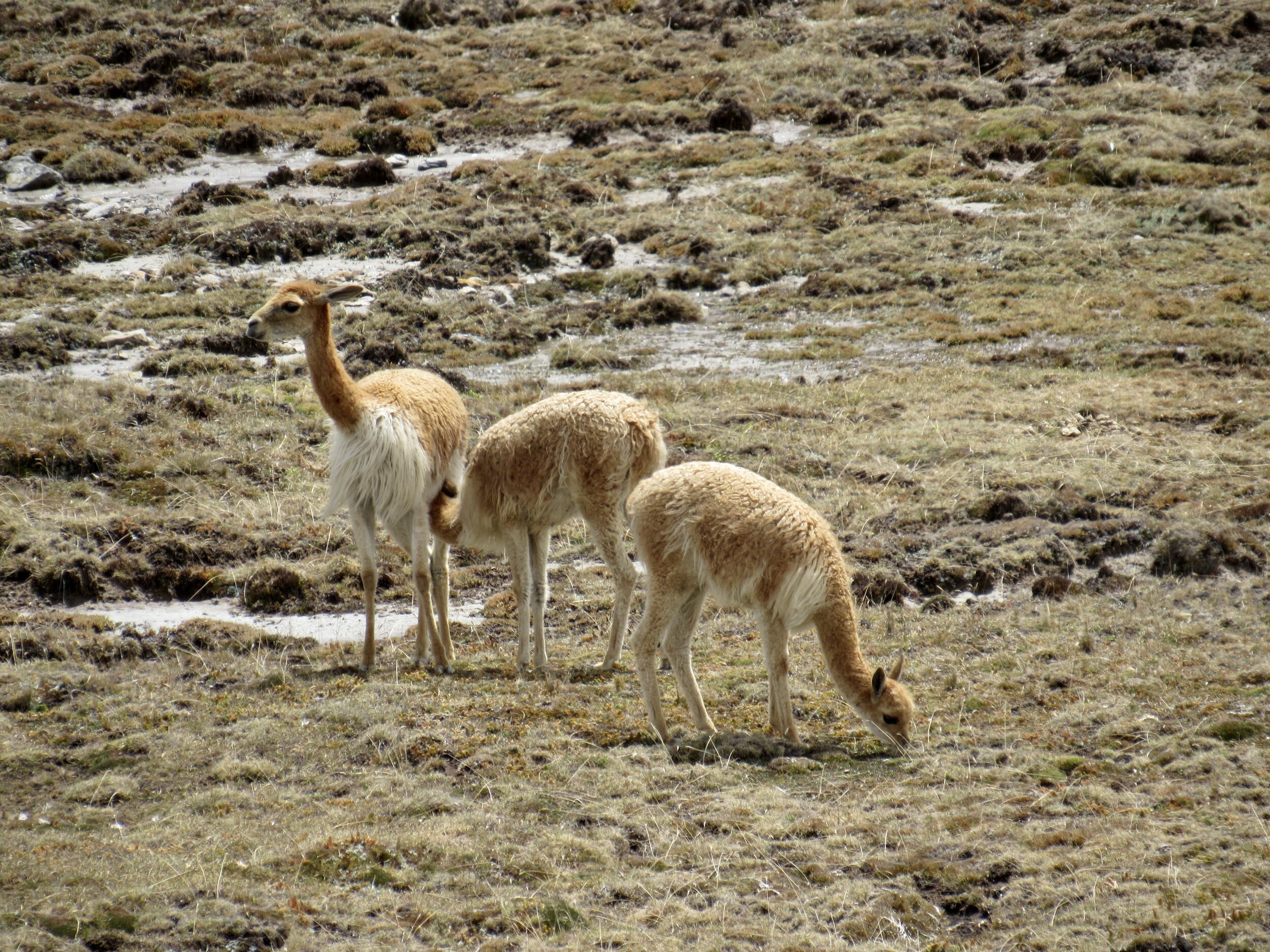
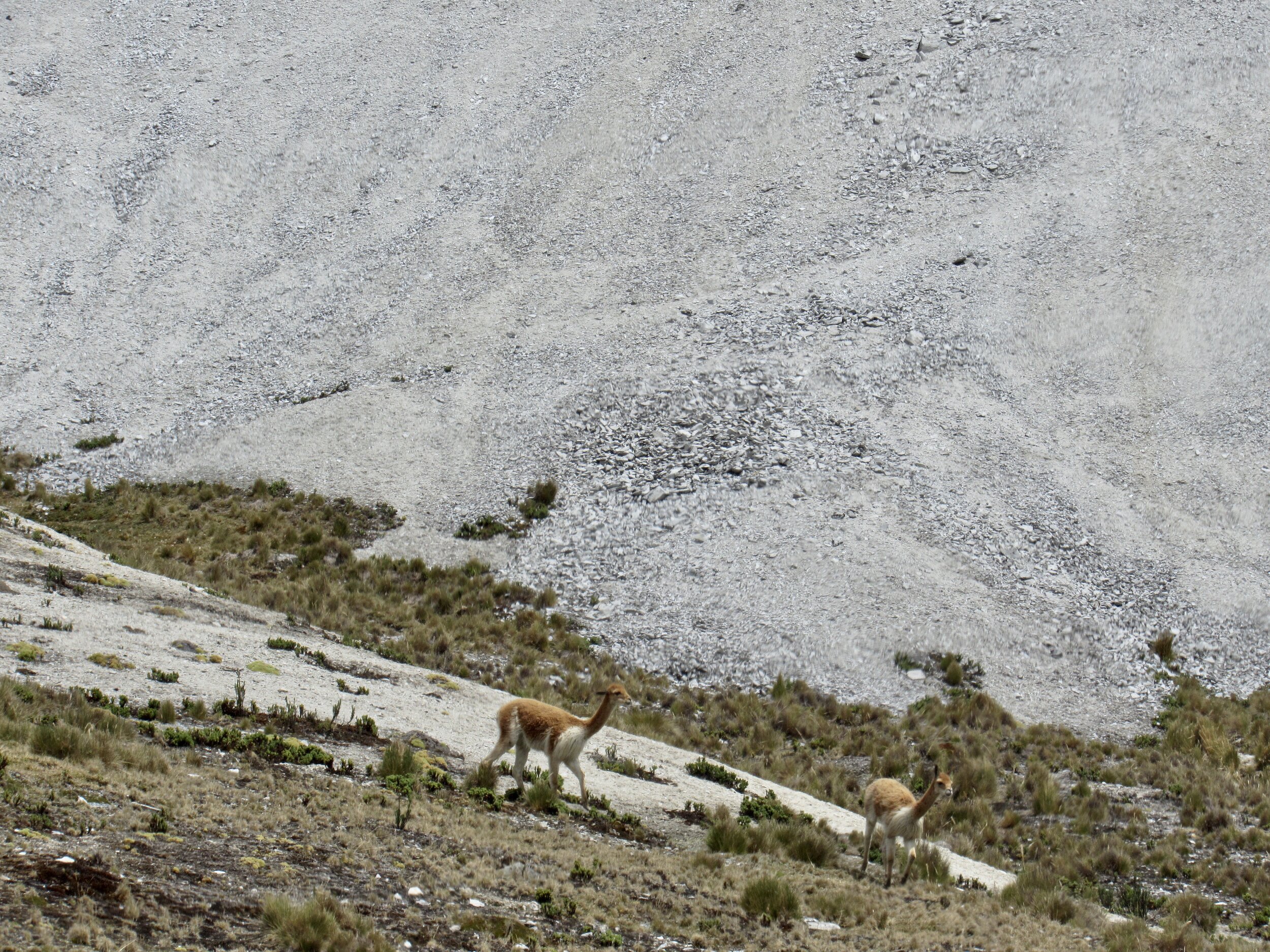
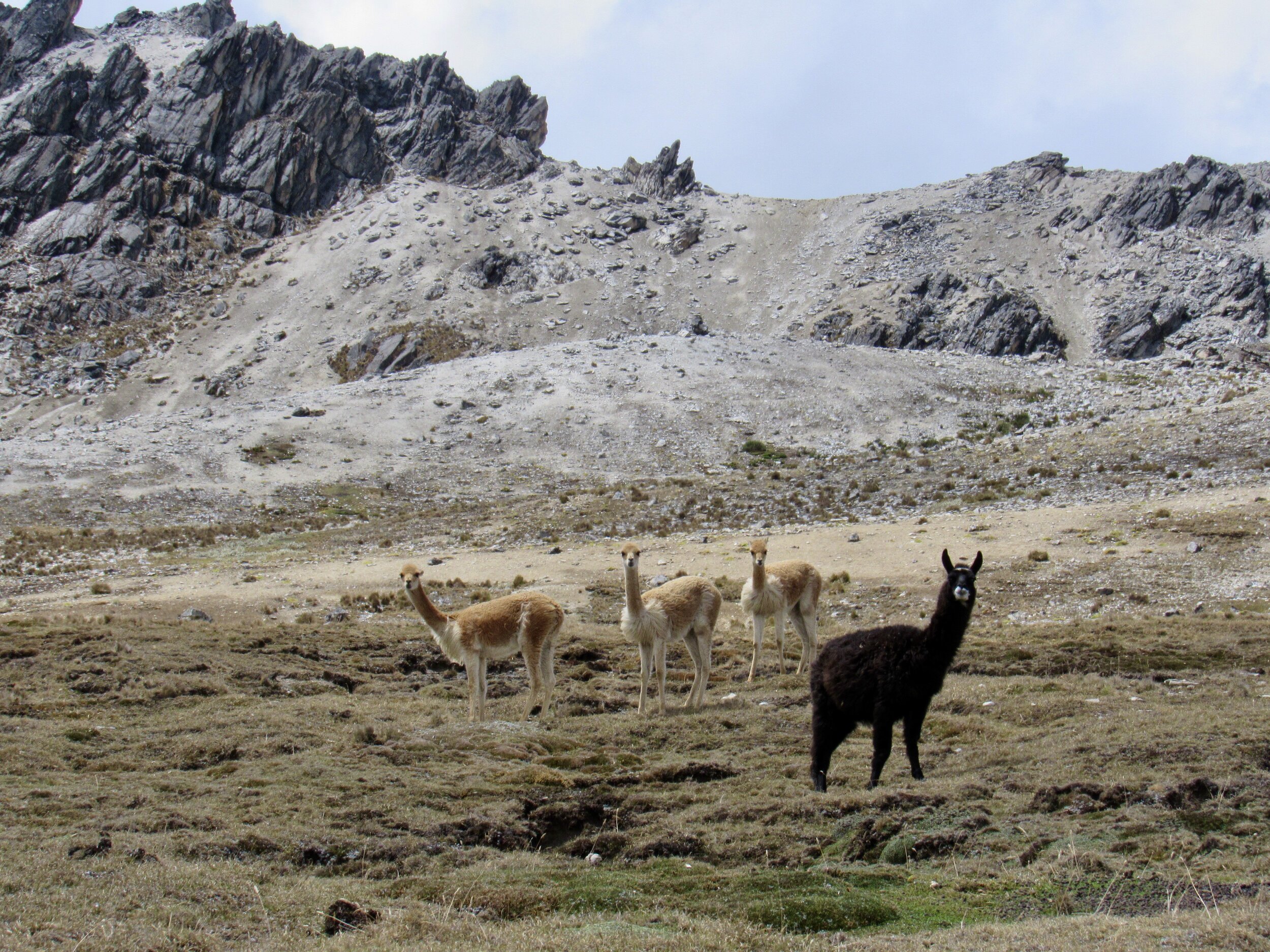
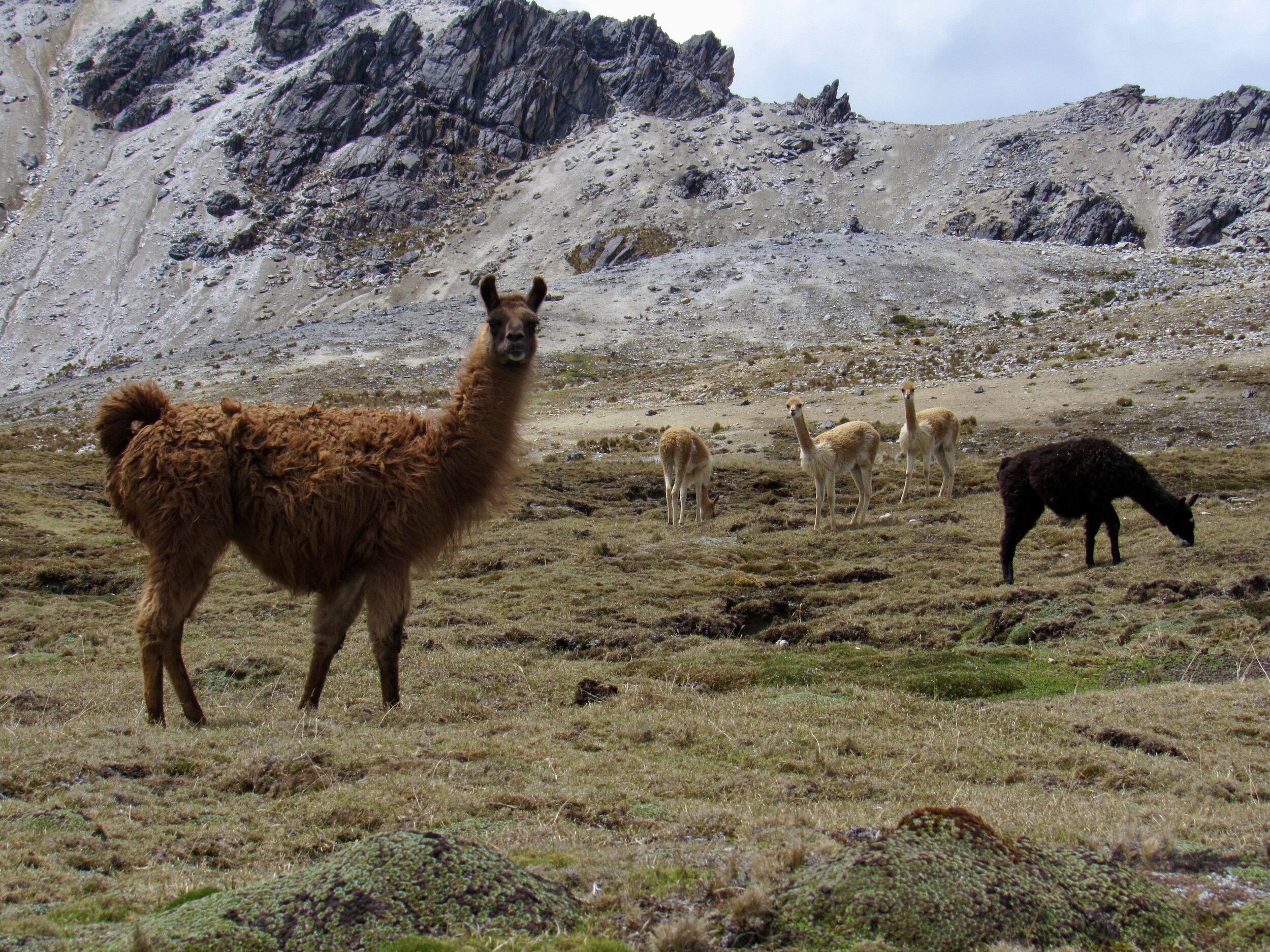
This was a trip to visit the Q’ero, who are almost mythical in Peruvian culture. They are known for their very traditional lifestyle. They did not allow any contact with the outside world until the 1990s, because they believe that they are the last descendents of the Inca and wanted to protect their culture and language from modern influences. They still live a traditional lifestyle, but since their school opened over ten years ago, the younger generation is also learning Spanish.
Of the 80 families that live in the valley of Japu, less than half of them live in the village. There is a school that opened over ten years ago, but it has been closed since the pandemic started. The teachers only came a few times all year, according to one of the fathers I asked. There is no healthcare available in Japu and the nearest government clinic is at least three hours away, in the town of Ocongate. Almost all of that time is on a very rough dirt road. The people of Japu are farmers but at their altitude of over 4,000 meters, the only crop that will grow is potatoes. They also have beautiful streams and eat trout. They shared some boiled potatoes and fried trout with us after the event. Today’s event had four stages: clothes for kids, chocolatada, food distribution and a final frenzy for oranges.
We brought clothes for all of the children, which we distributed while the hot chocolate was still being made. We had separated out a bag for babies under a year, bags for both girls and boys under five years old, bags for kids 6-10 and bags for tweens and teenagers. The clothes distribution went quickly, then we brought out two giant cauldrons of hot chocolate. We had brought with us 3 bars of pure cacao, each one weighing a kilo. We also brought cinnamon sticks, cloves and sugar for the hot chocolate. We brought a metal can straight from a dairy with 30 liters of milk in it. We made sure that they boiled the milk before we served the hot chocolate. We buy fresh milk because it's more nutritious and also it avoids all kinds of packaging waste. We were careful to take our trash out with us, since they obviously don't have any way to dispose of trash other than in their beautiful valley.
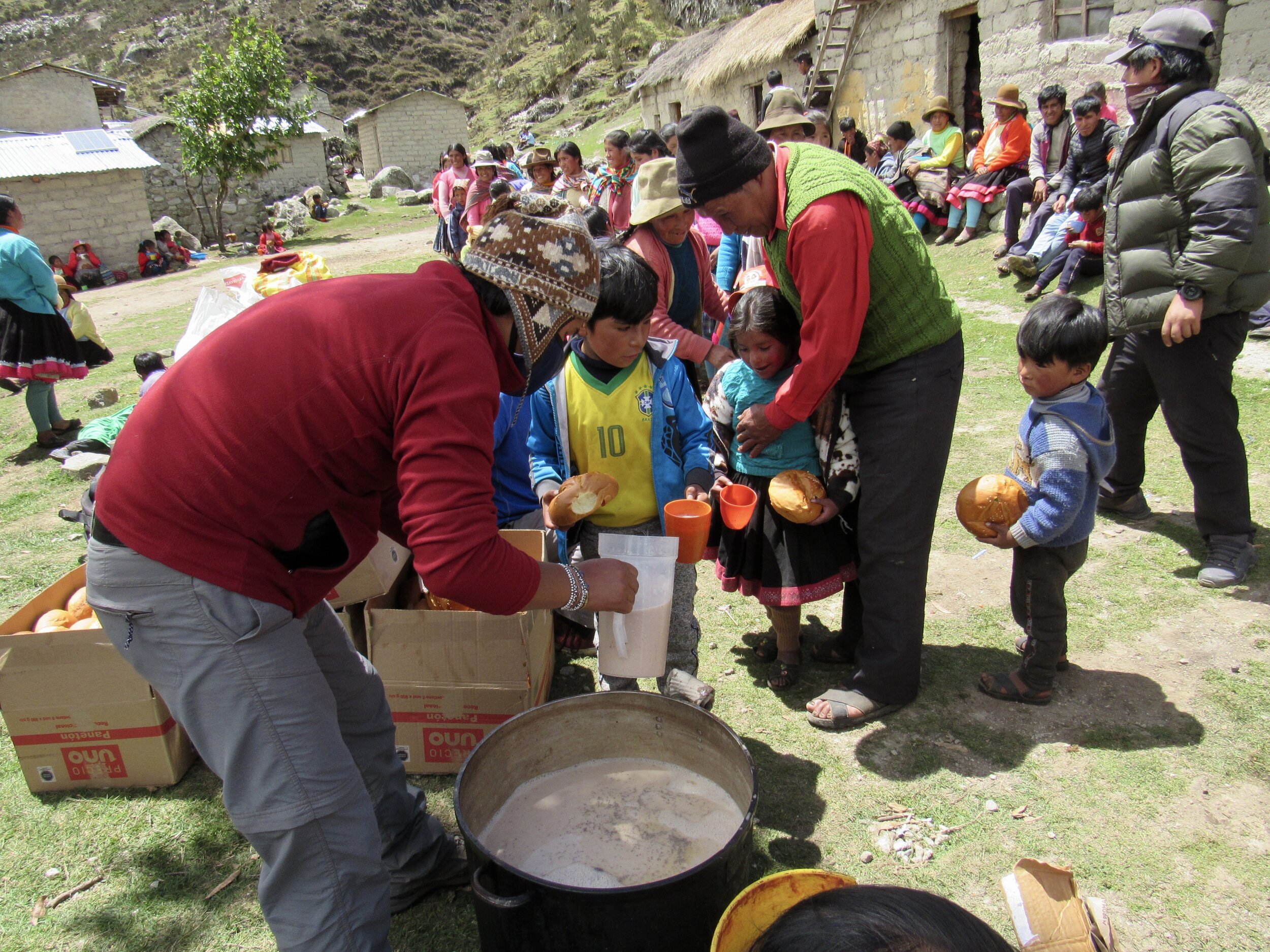
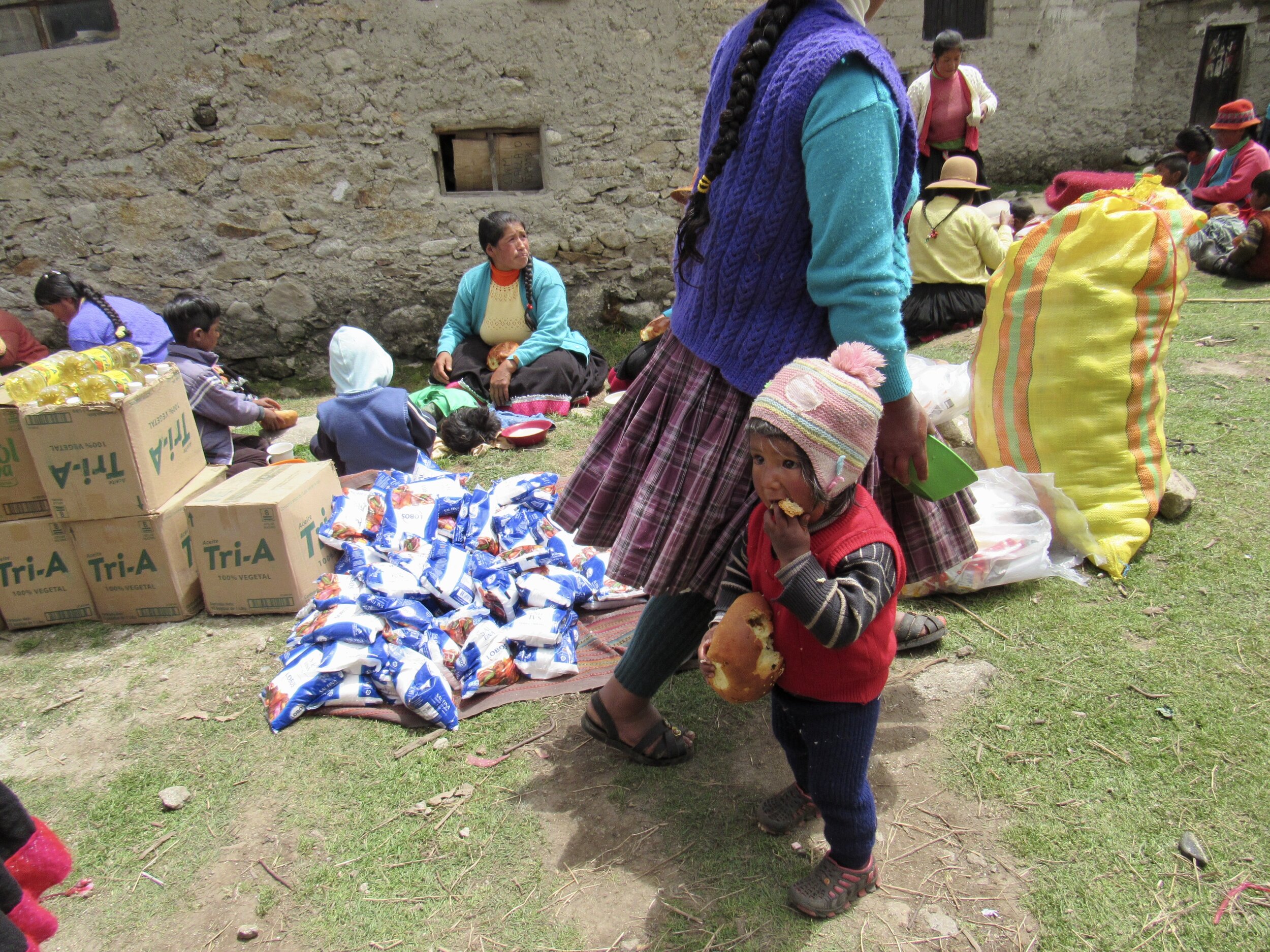
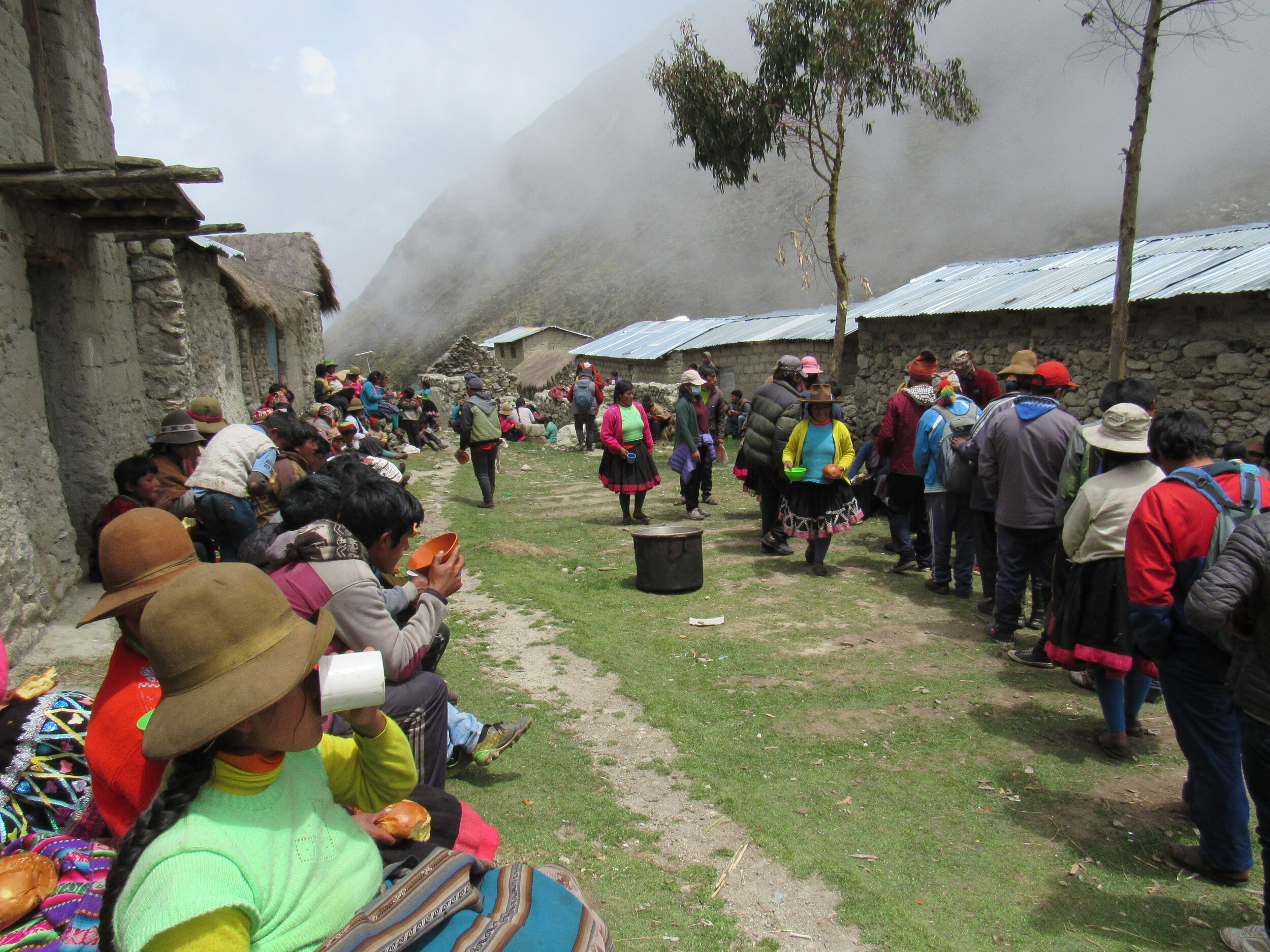
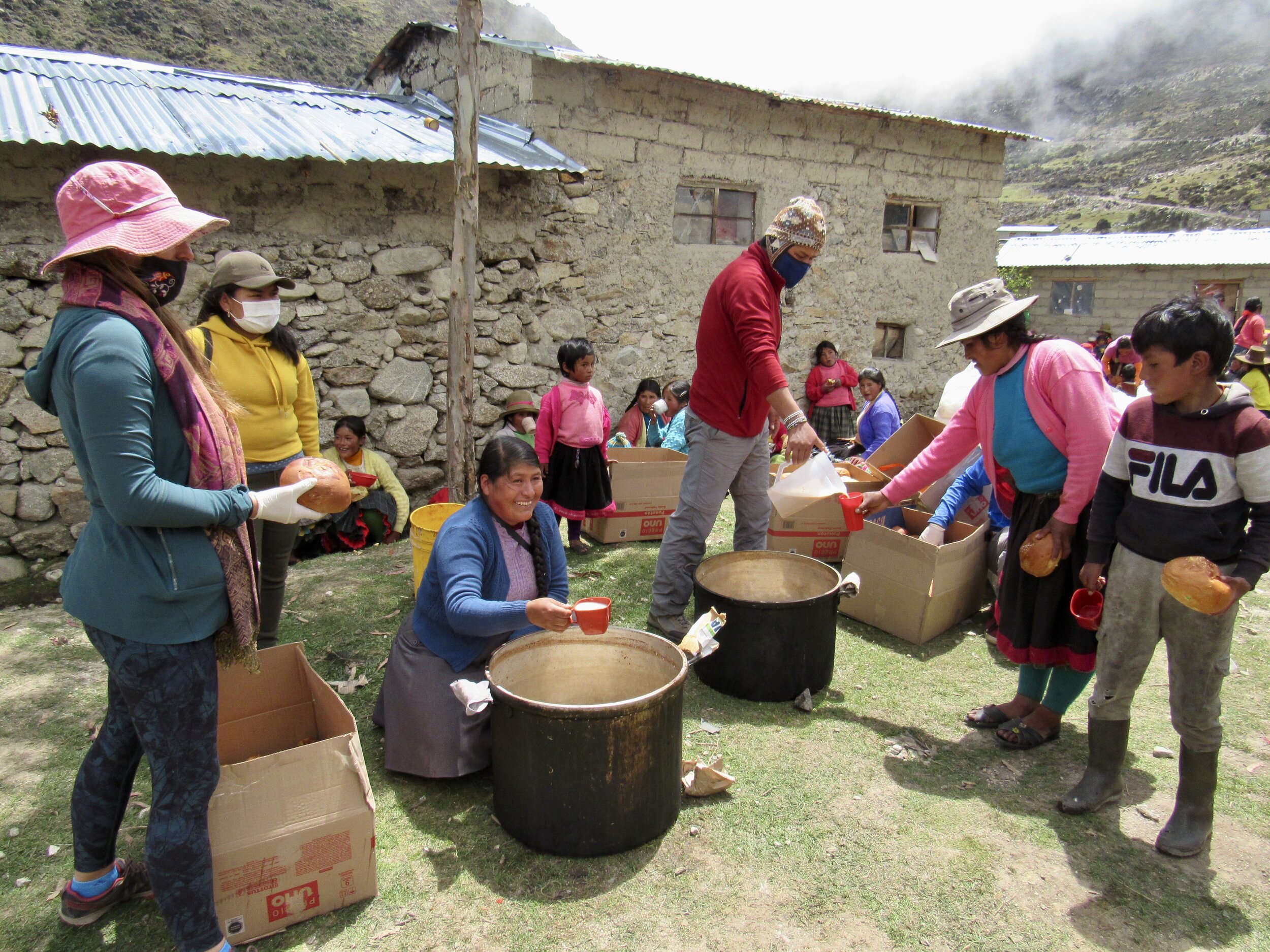
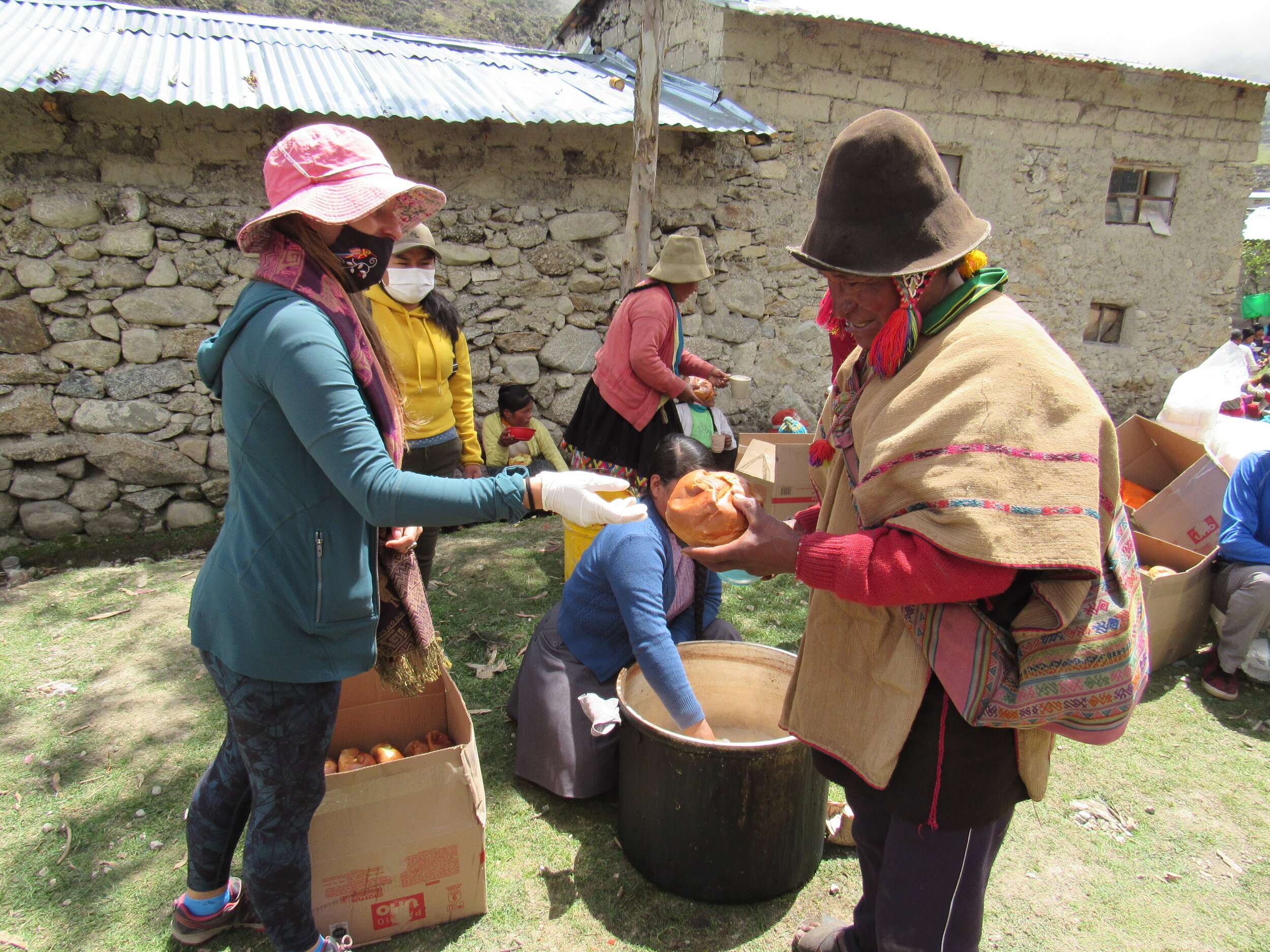
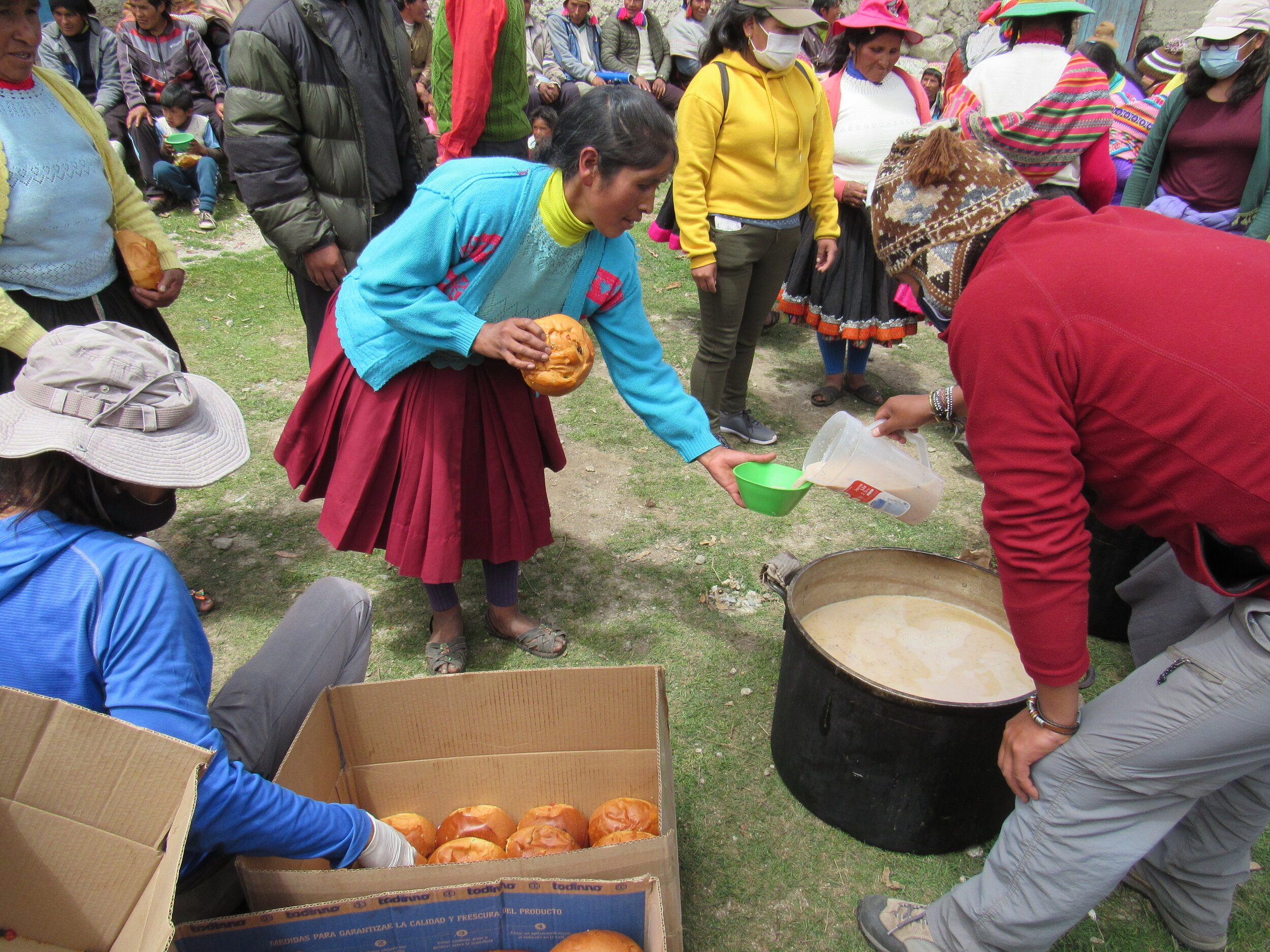
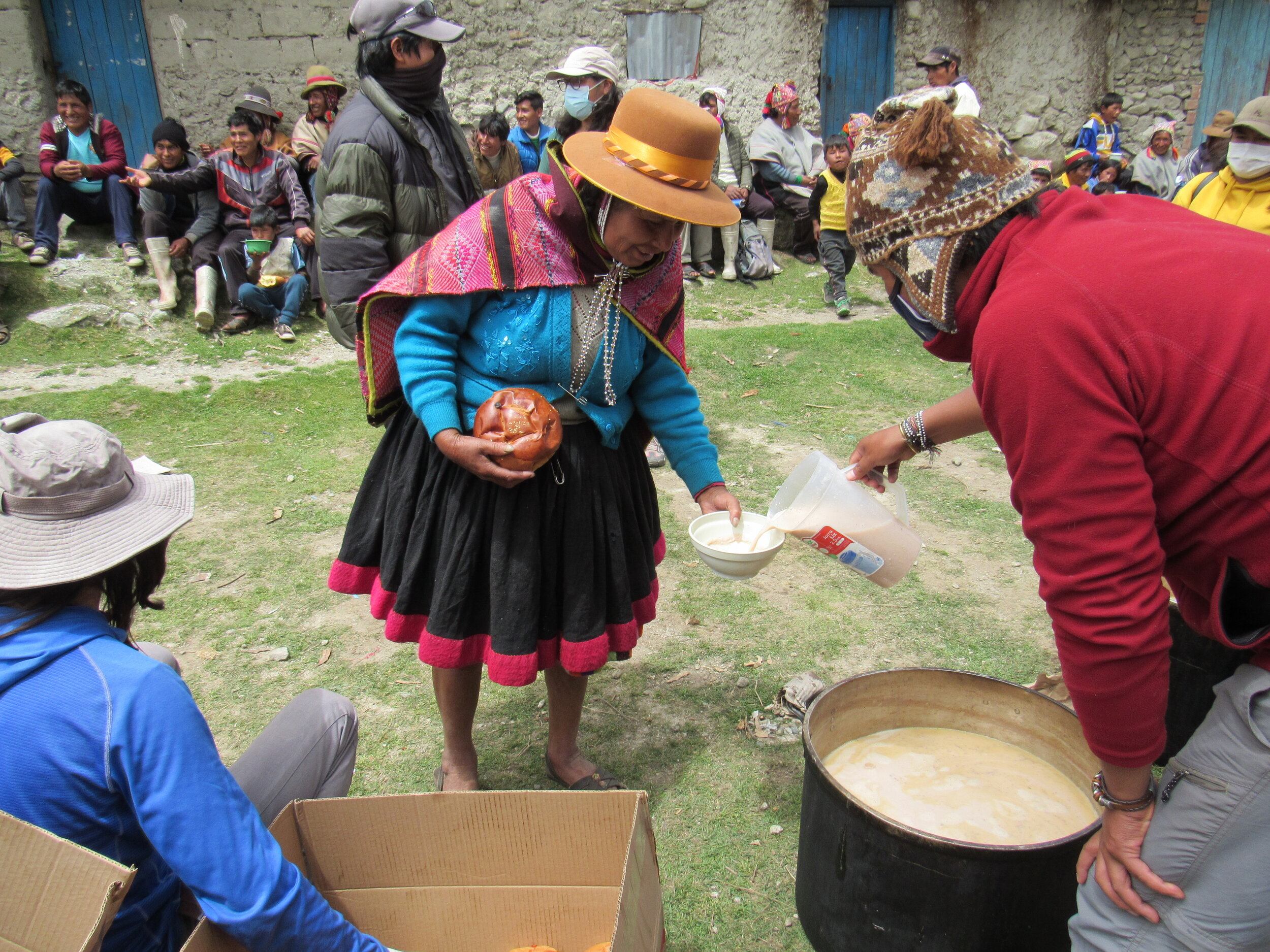
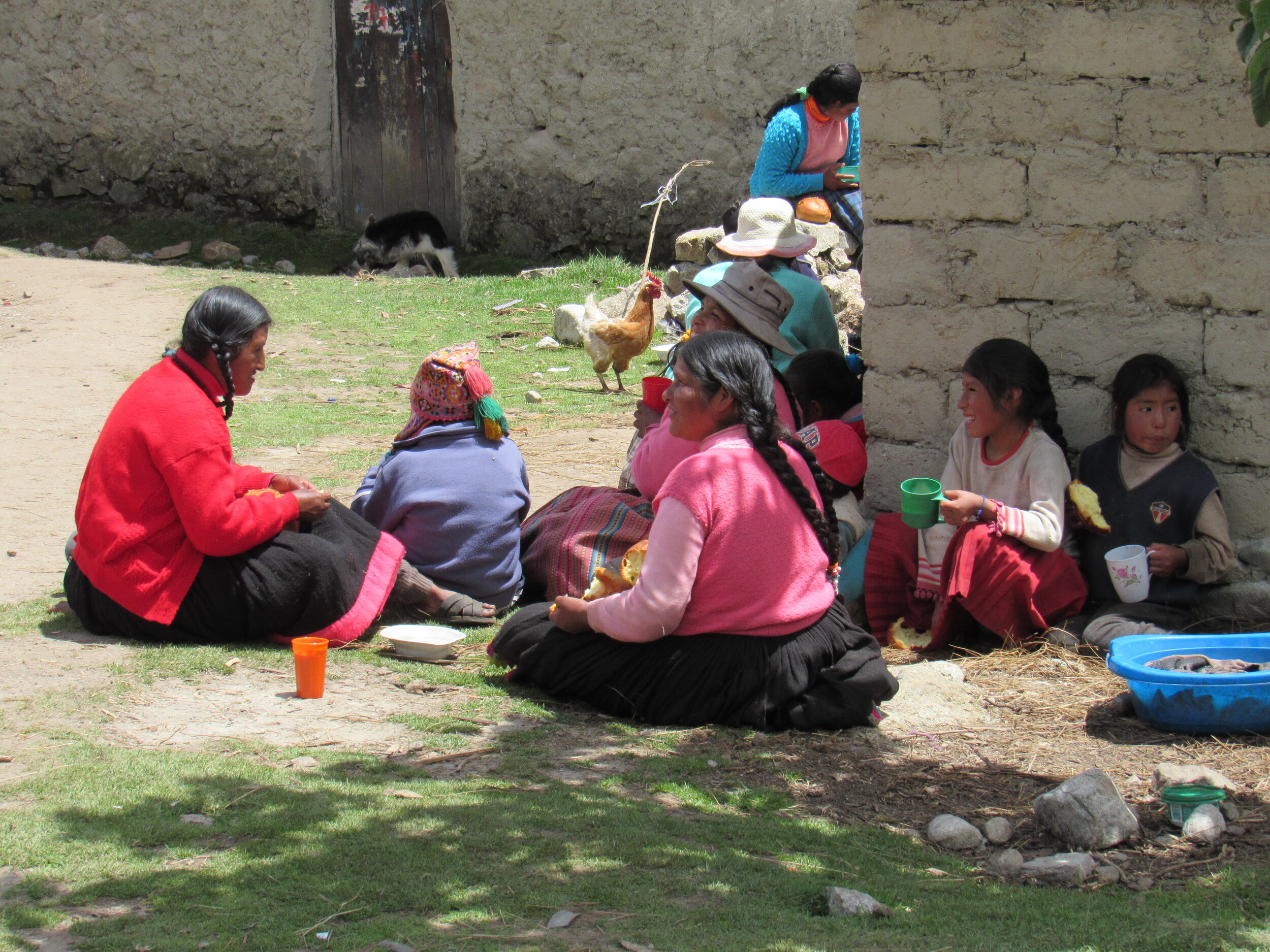
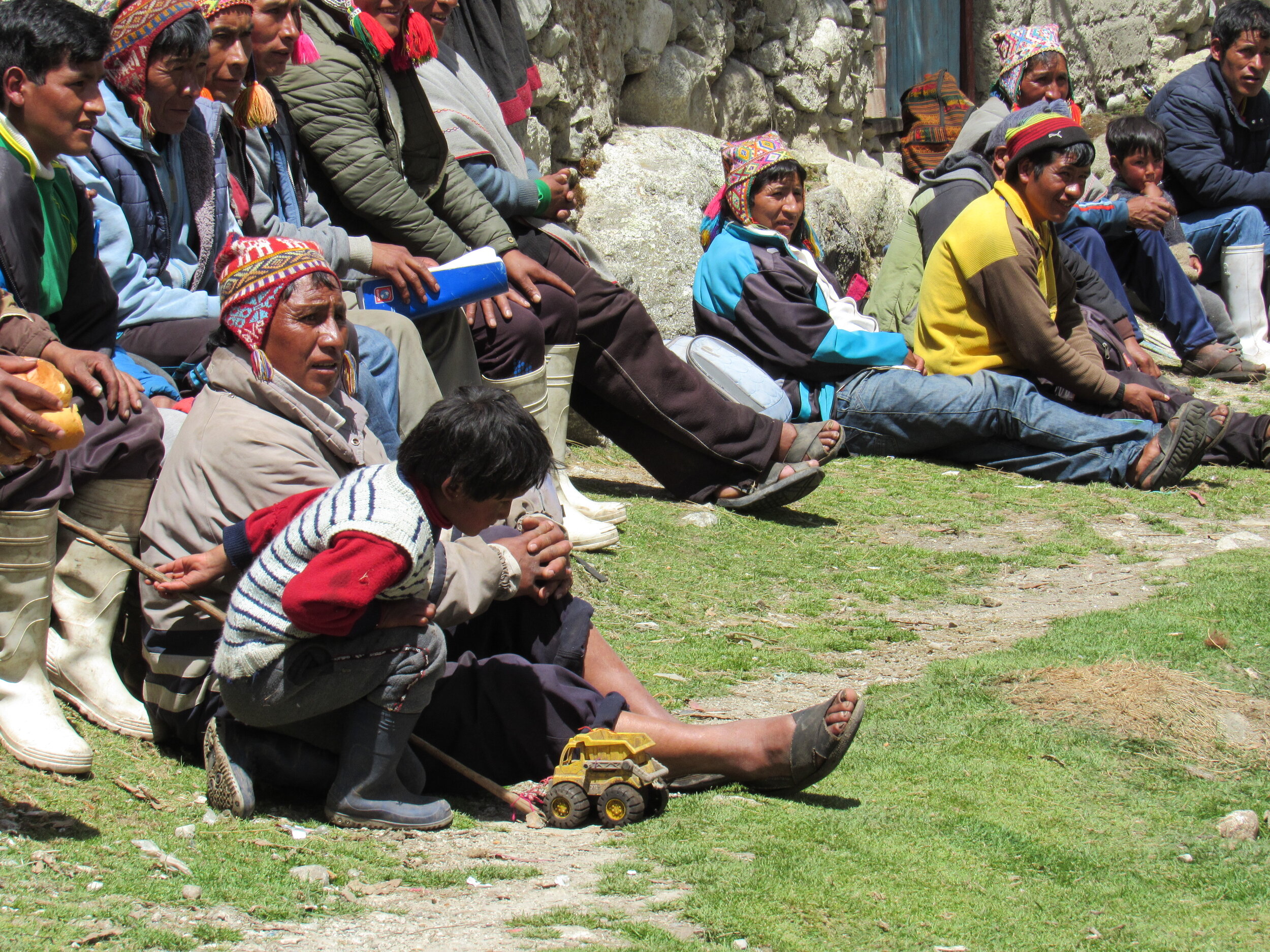
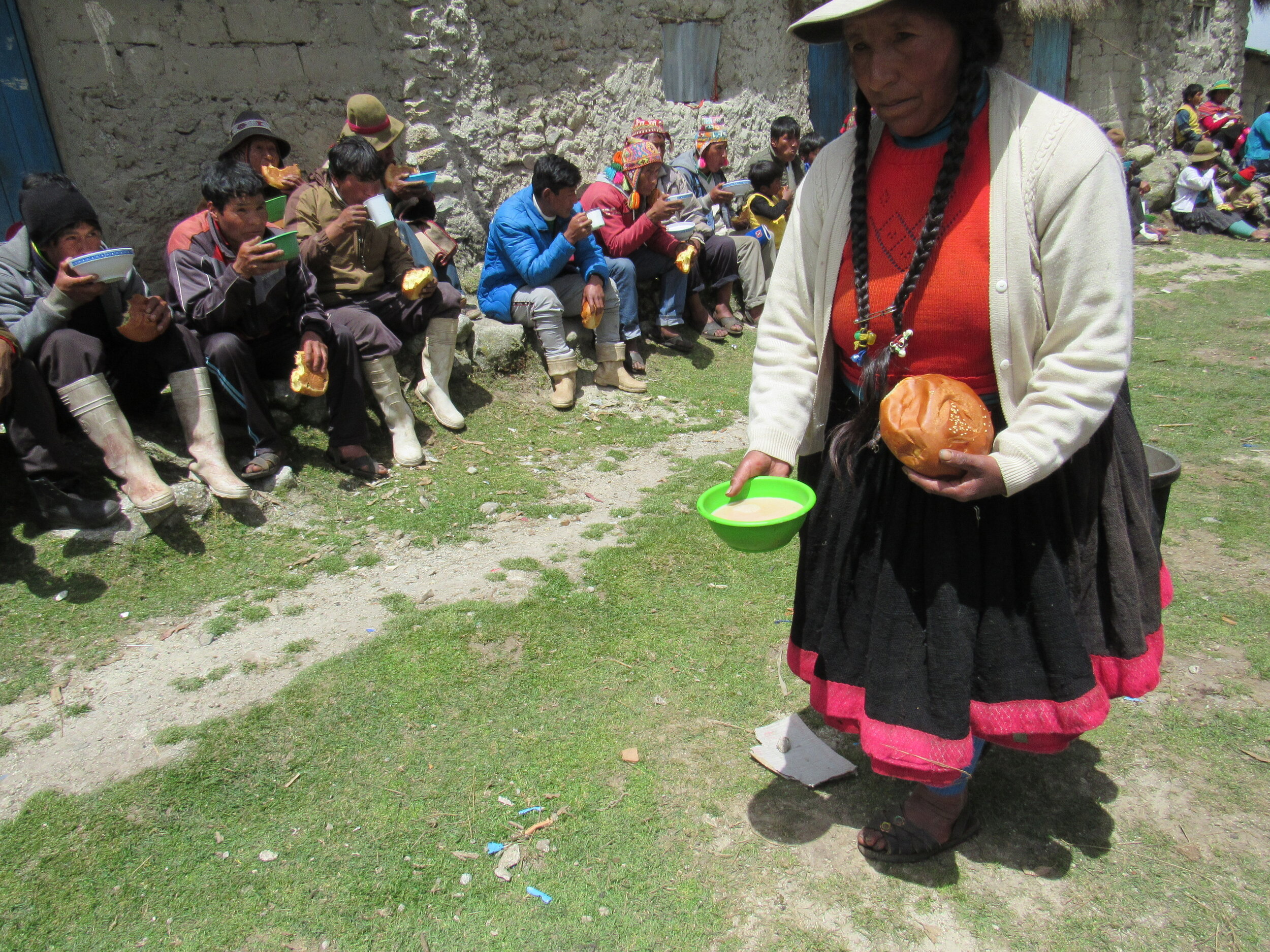
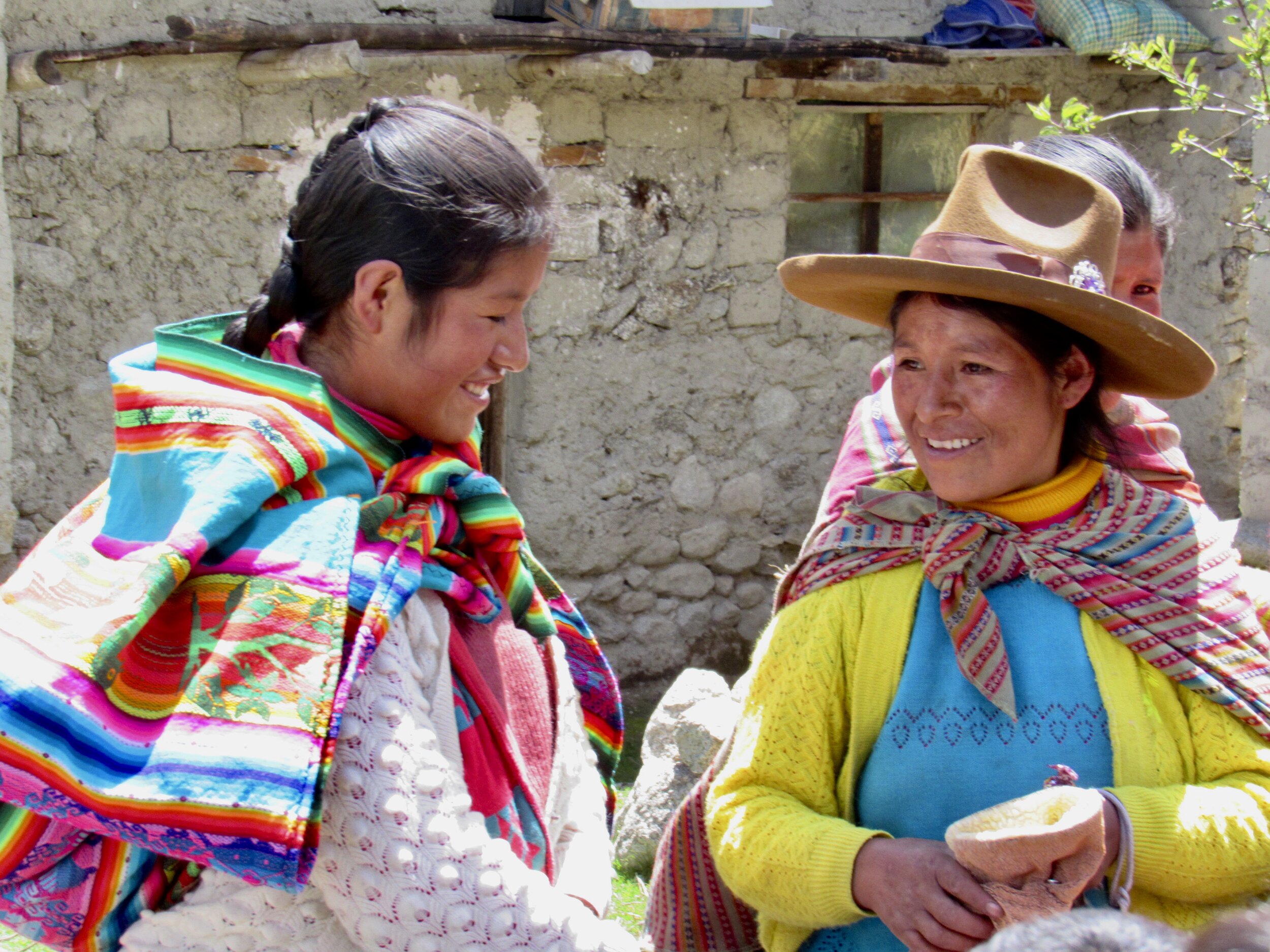
After everybody had a panettone and seconds on the hot chocolate, we asked one representative from each family to come receive 5 kilos of rice, a liter of vegetable oil for cooking, 1 kilo of salt with iodine (which is almost impossible to get up in the mountains) and two bags of oatmeal, which is fortified with vitamins and minerals for children. Malnutrition and anemia are serious problems up in the mountains.
Before we left, we gave everybody two oranges each. They were even more excited about the oranges than the hot chocolate and panettone. Several of the smaller children just ate the oranges as if they were apples, peel and all! I have no idea how often fresh fruit gets up to them, since they are at the end of a very long dirt road. The road was built only ten years ago, before which walking was the only way to get to or from Japu. People there own llamas and alpacas, but I didn't see any horses. I don't know if that would be a transportation option for a person who needed to get out for medical help. There is no regular transportation to Japu, so most people only walk. There is no cell service and they don't get any radio signals either.
The road to Japu, six hours from Cusco and almost three hours from Ocongate, goes up and over two passes. The highest of these passes is over 5,000 meters, this is where I finally got to see vicuña, which are an endangered, wild cousin of the llama. They are quite rare and normally very skittish. Usually, you only see them off in the far distance and as soon as you stop to take a photo, they take off. They can run very quickly up steep slopes of loose scree. For there to be vicuña in the area shows that the Q’ero are really taking good care of their land. That the vicuña were so close to the road is evidence that not only do cars rarely come this way but also that poaching is not a problem in the area. Illegal hunting is a big problem in Peru because there is practically no enforcement of hunting laws. Only in very protected areas are endangered animals actually safe. Thankfully, the Q’ero still have a deep respect for and close relationship with the Pachamama.
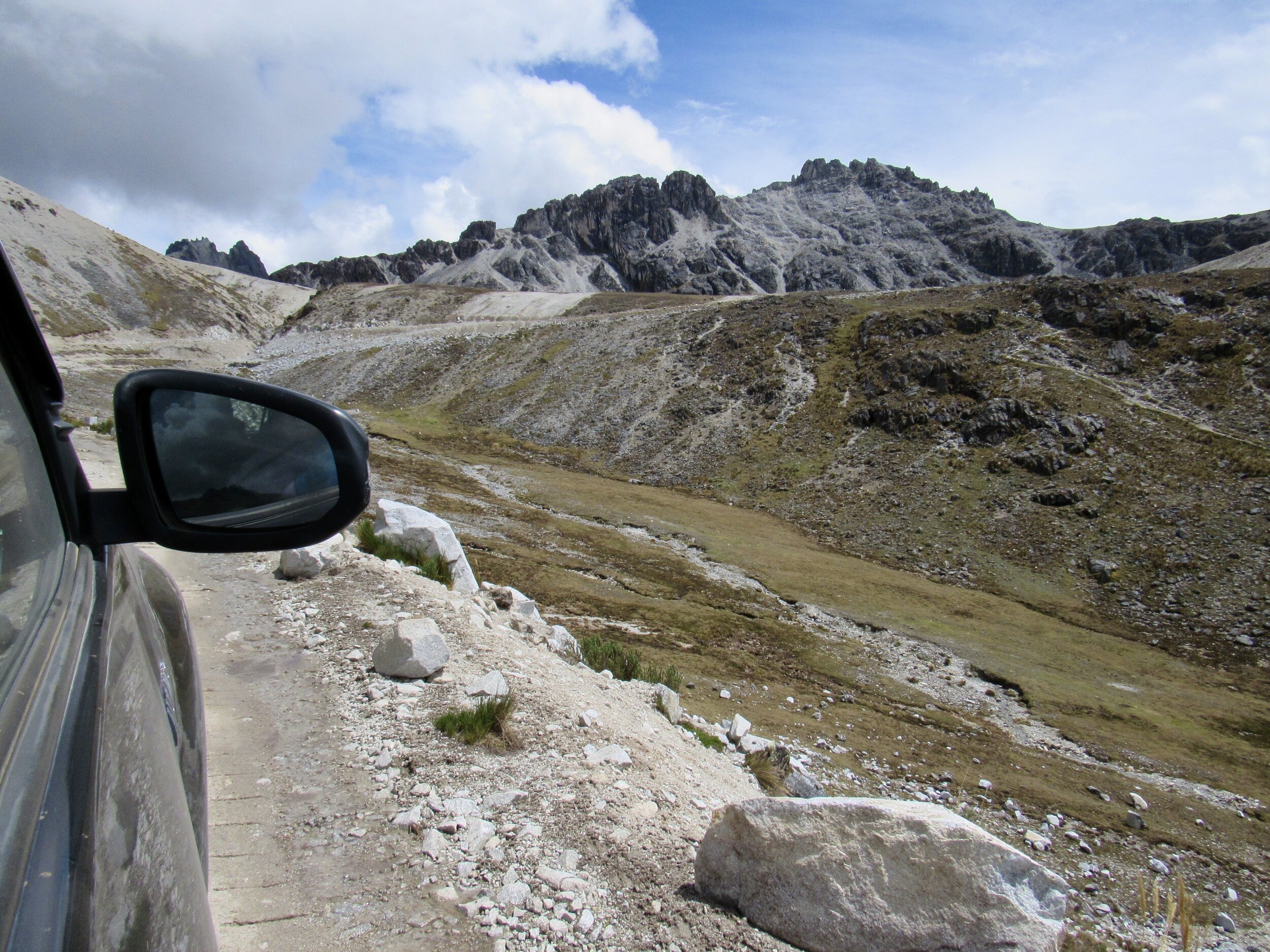
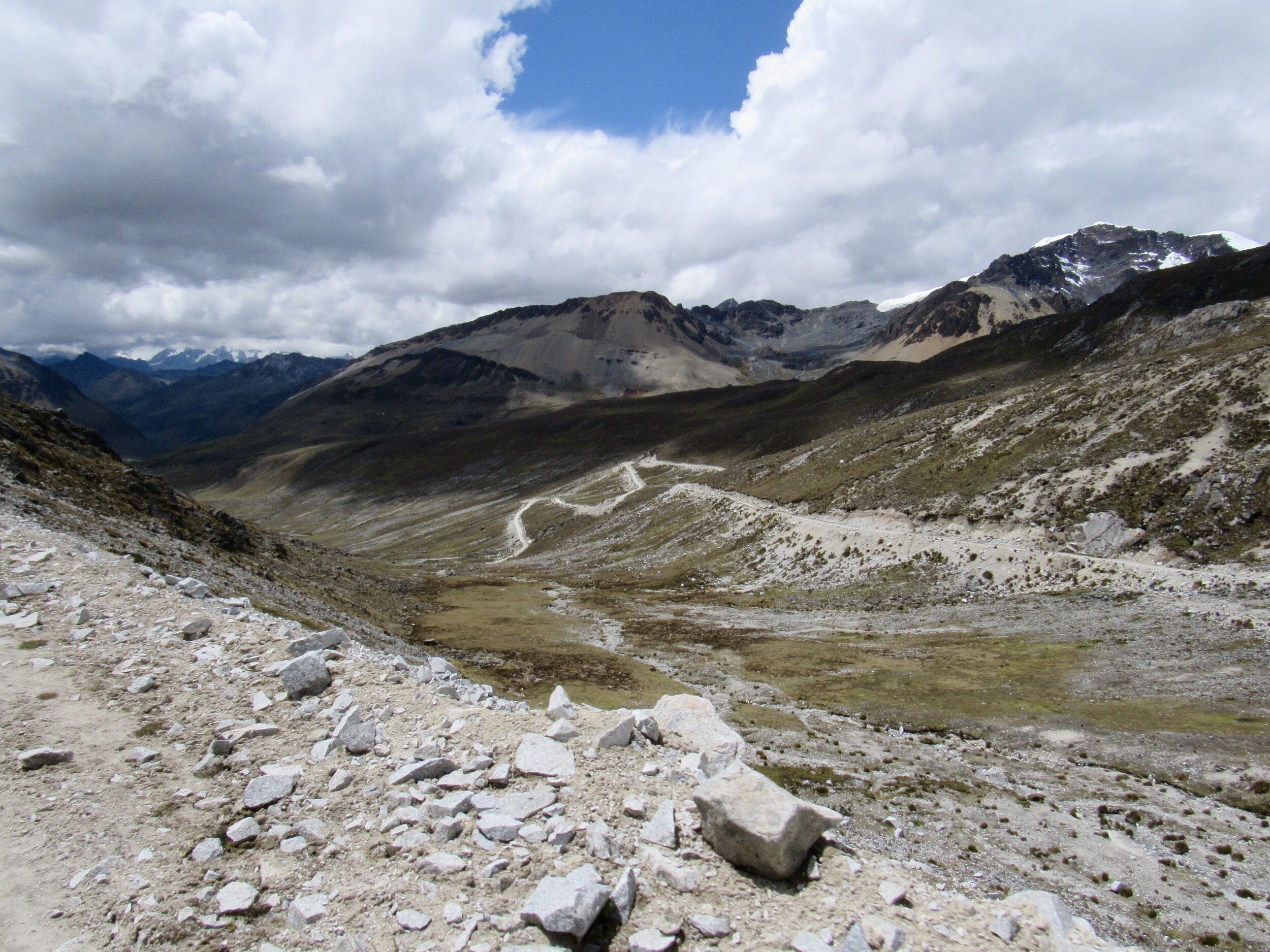
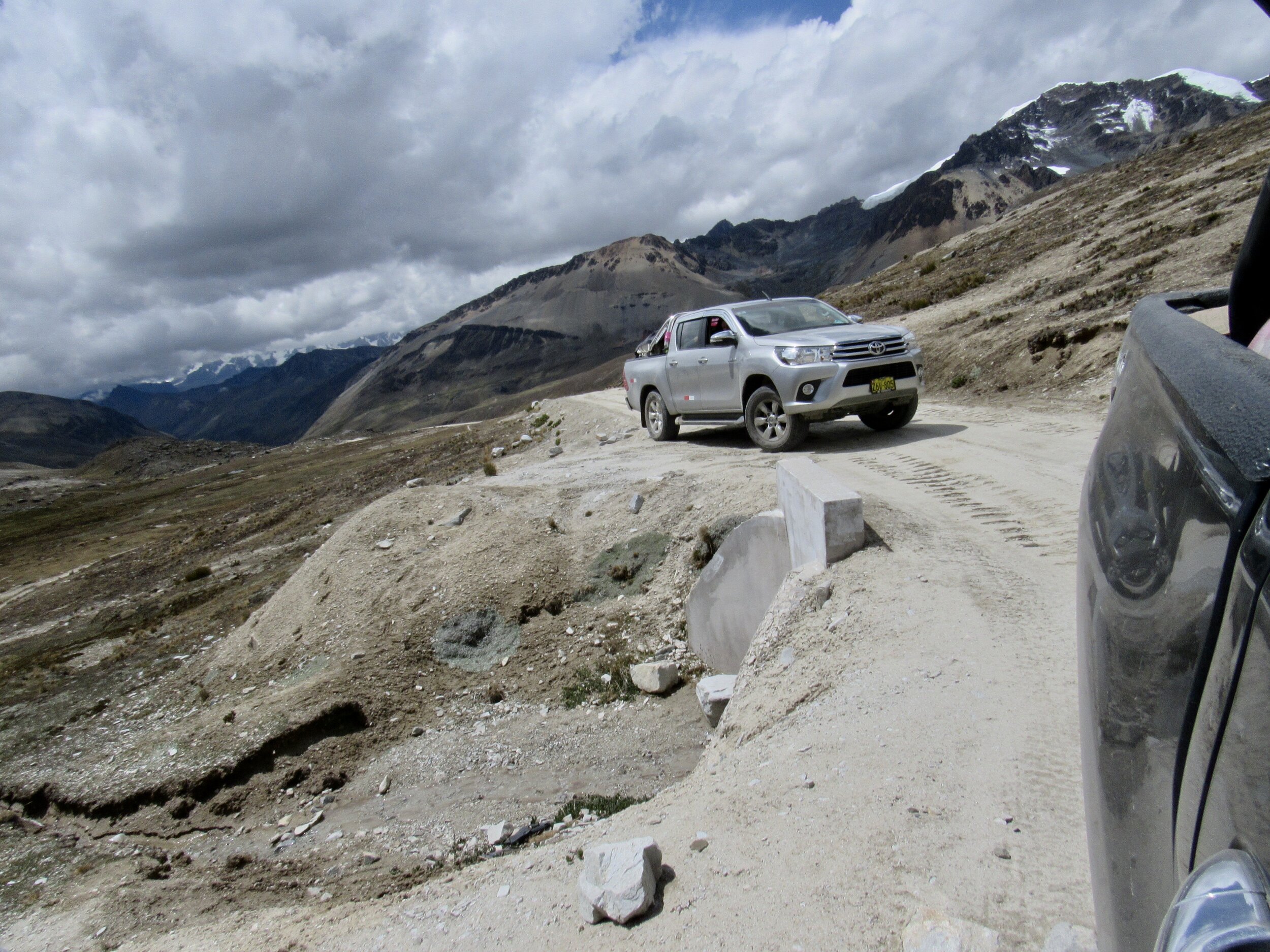
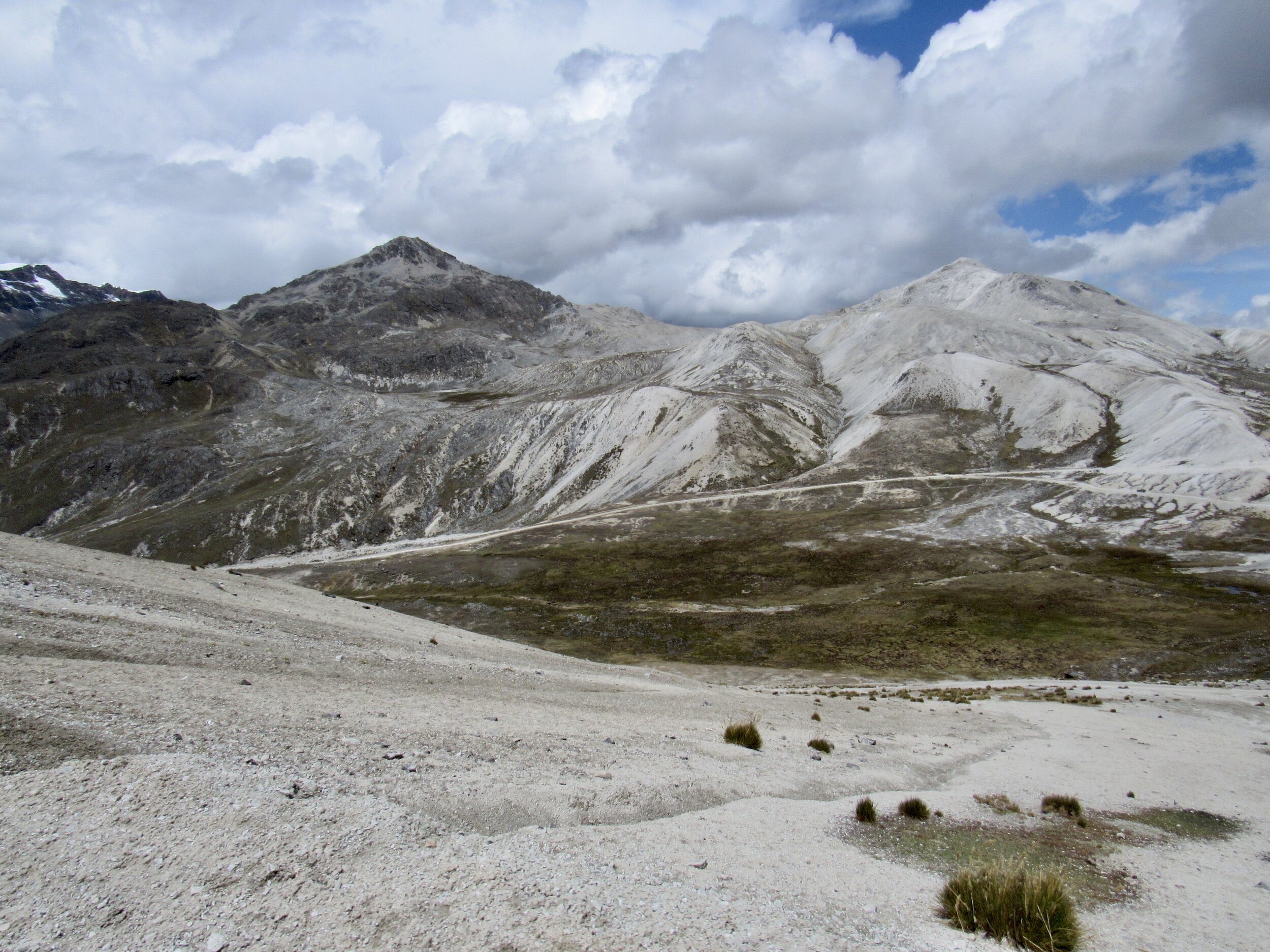
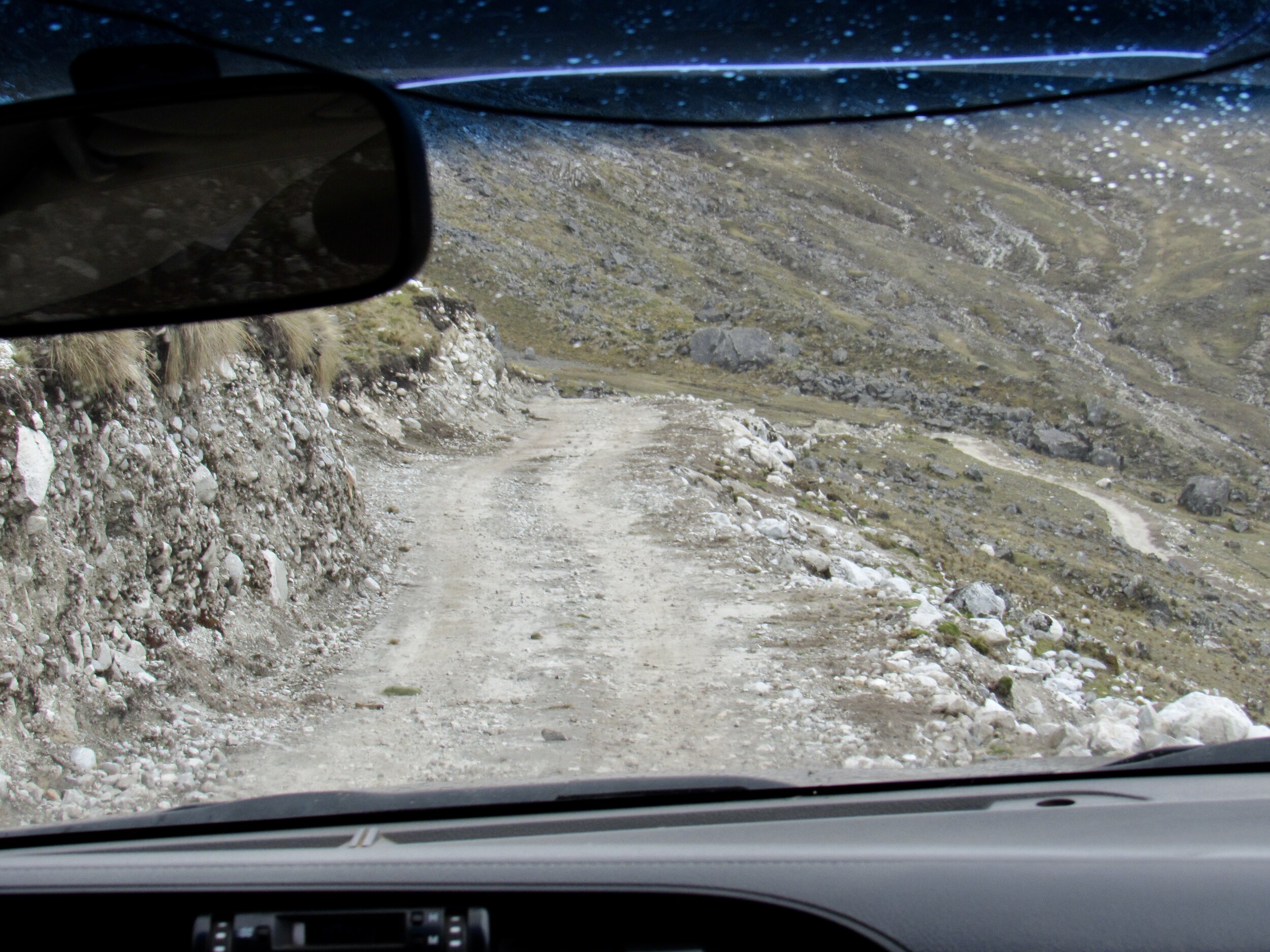
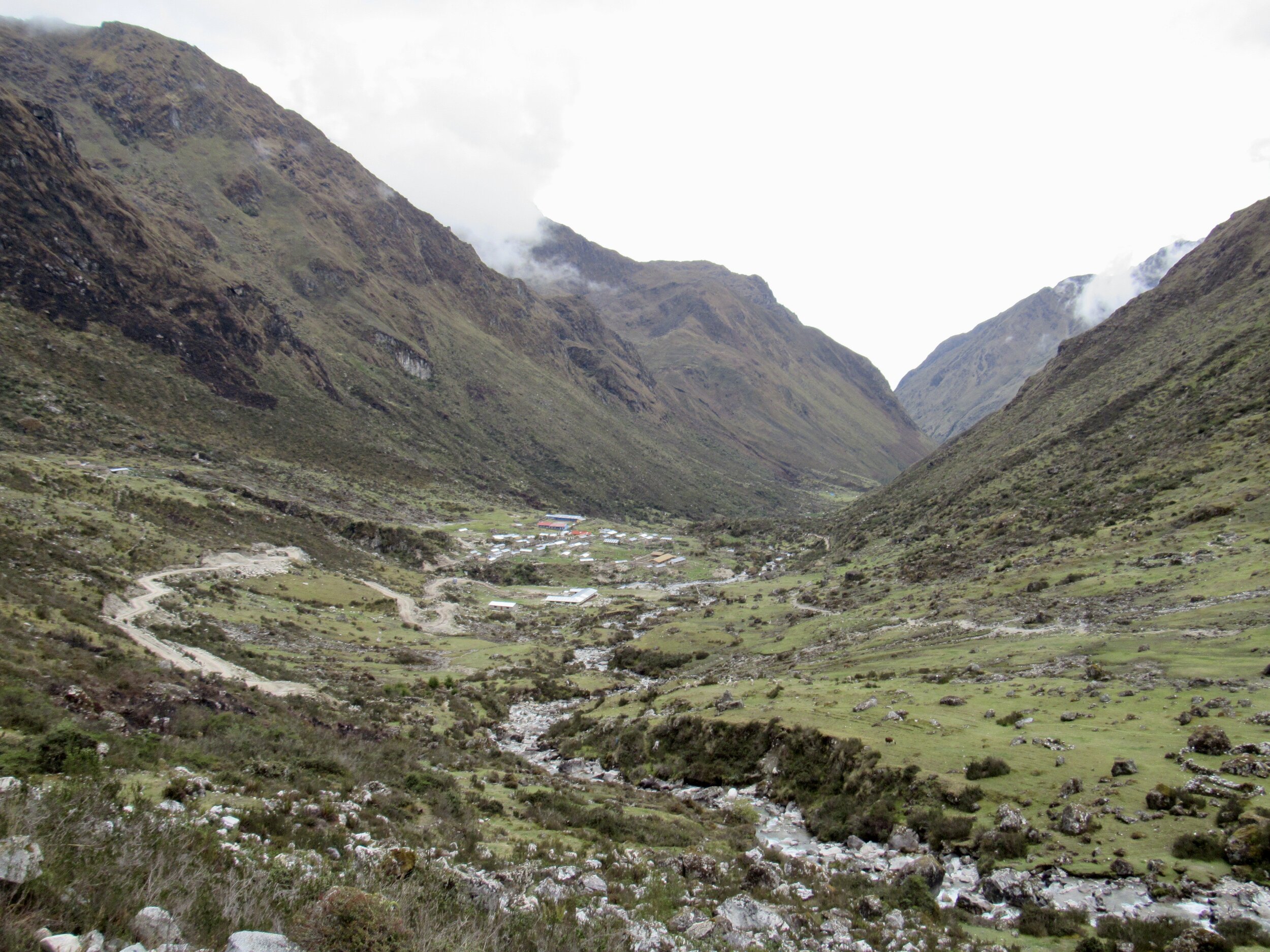

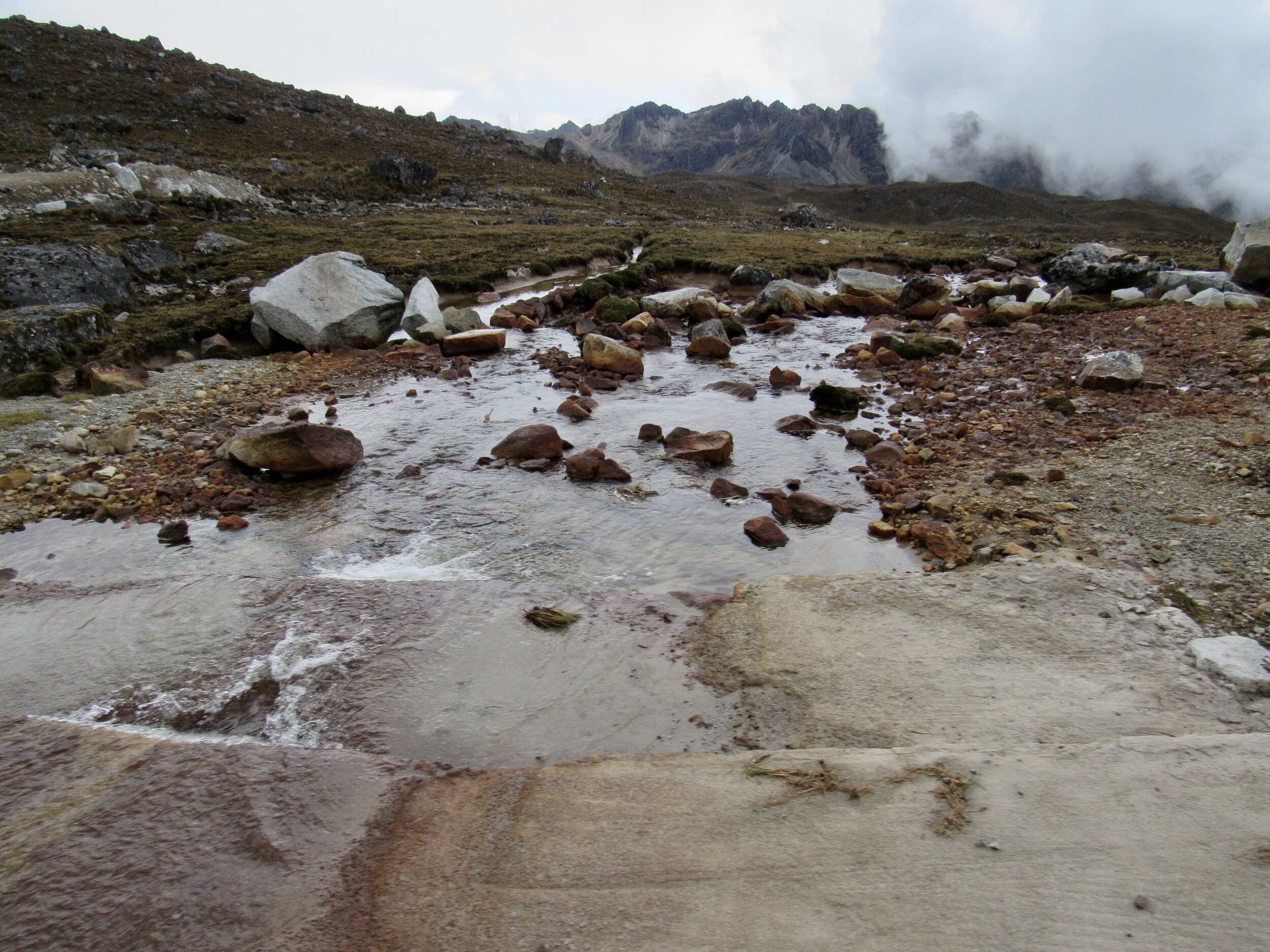
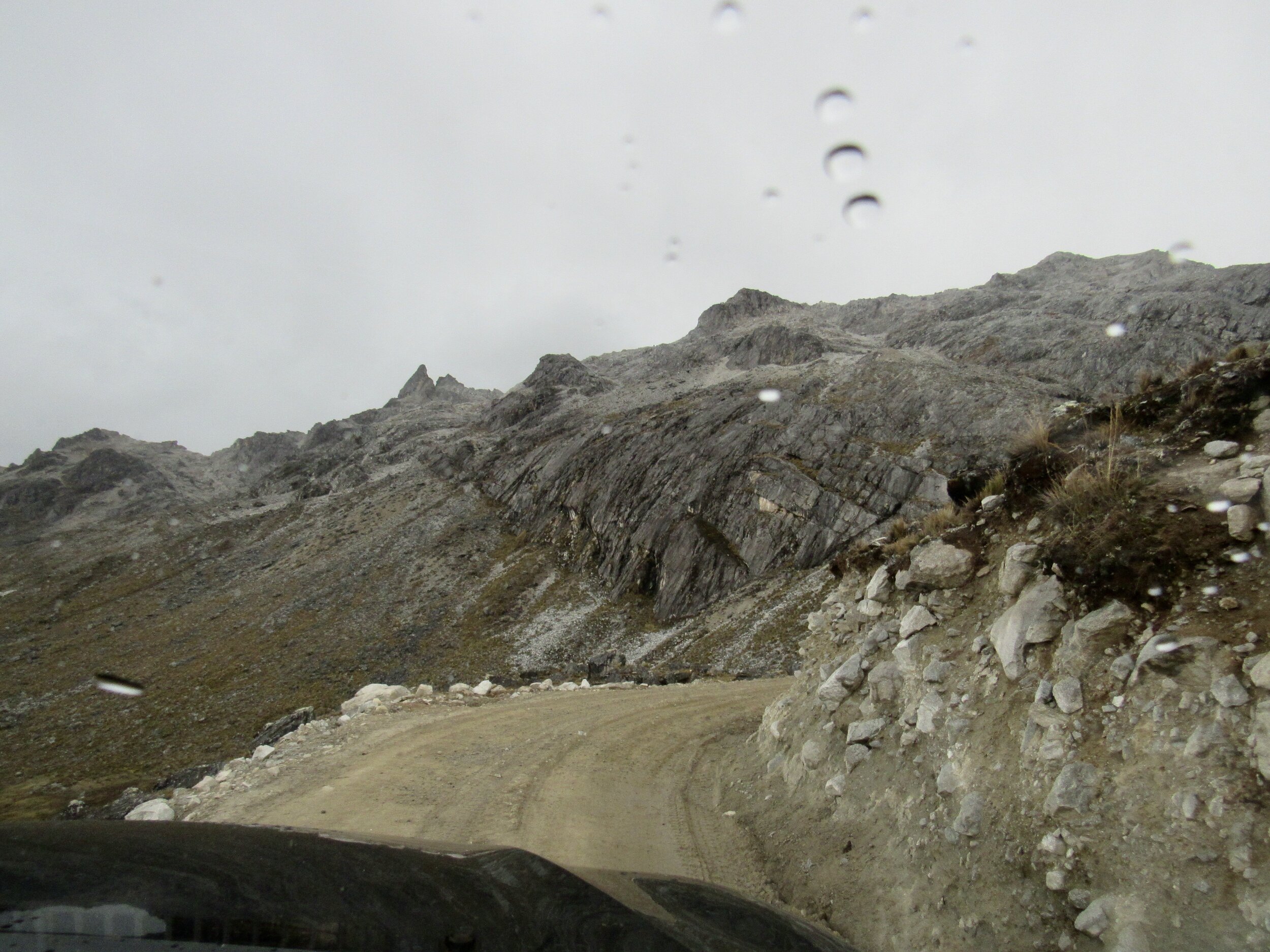
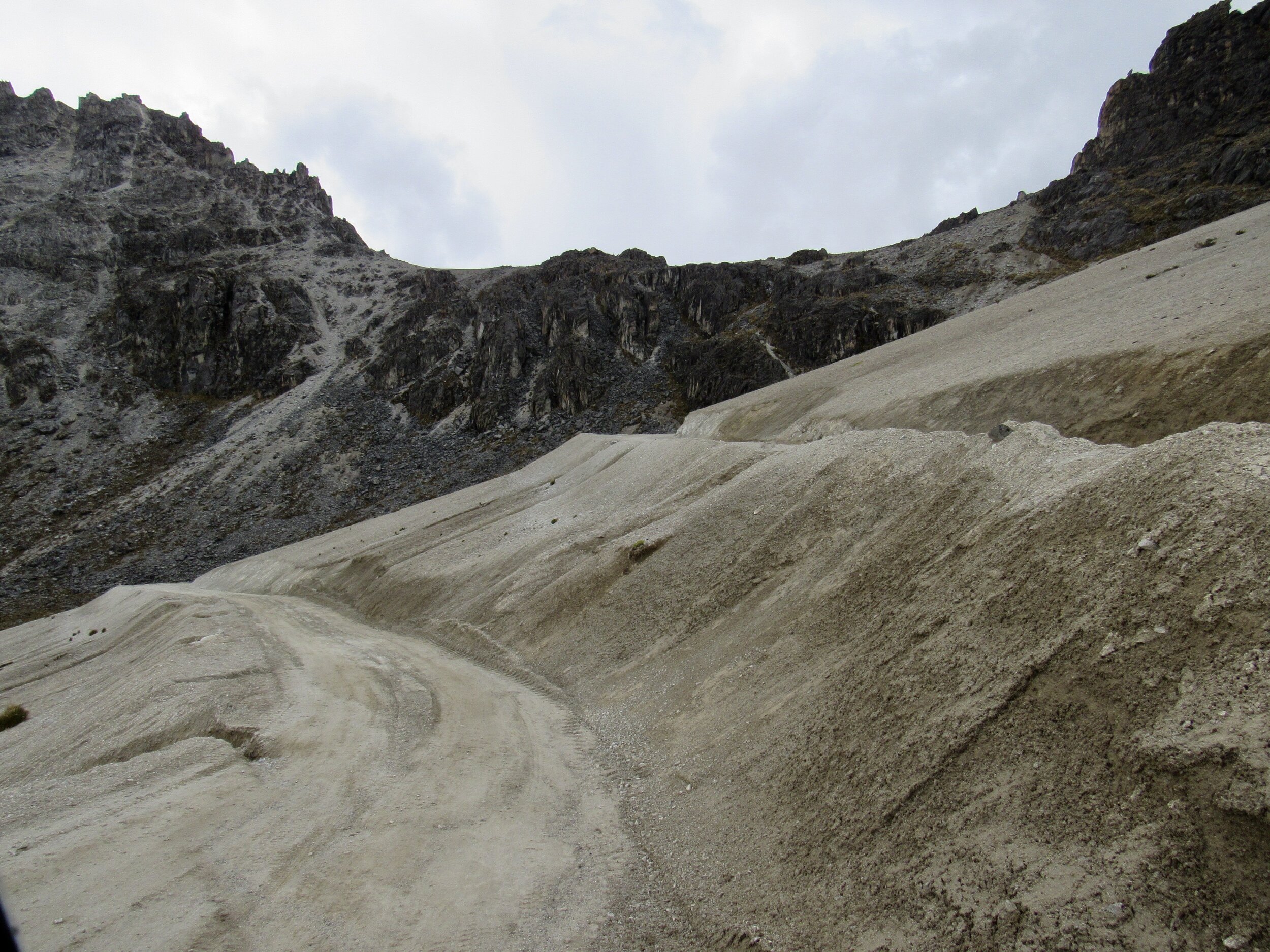
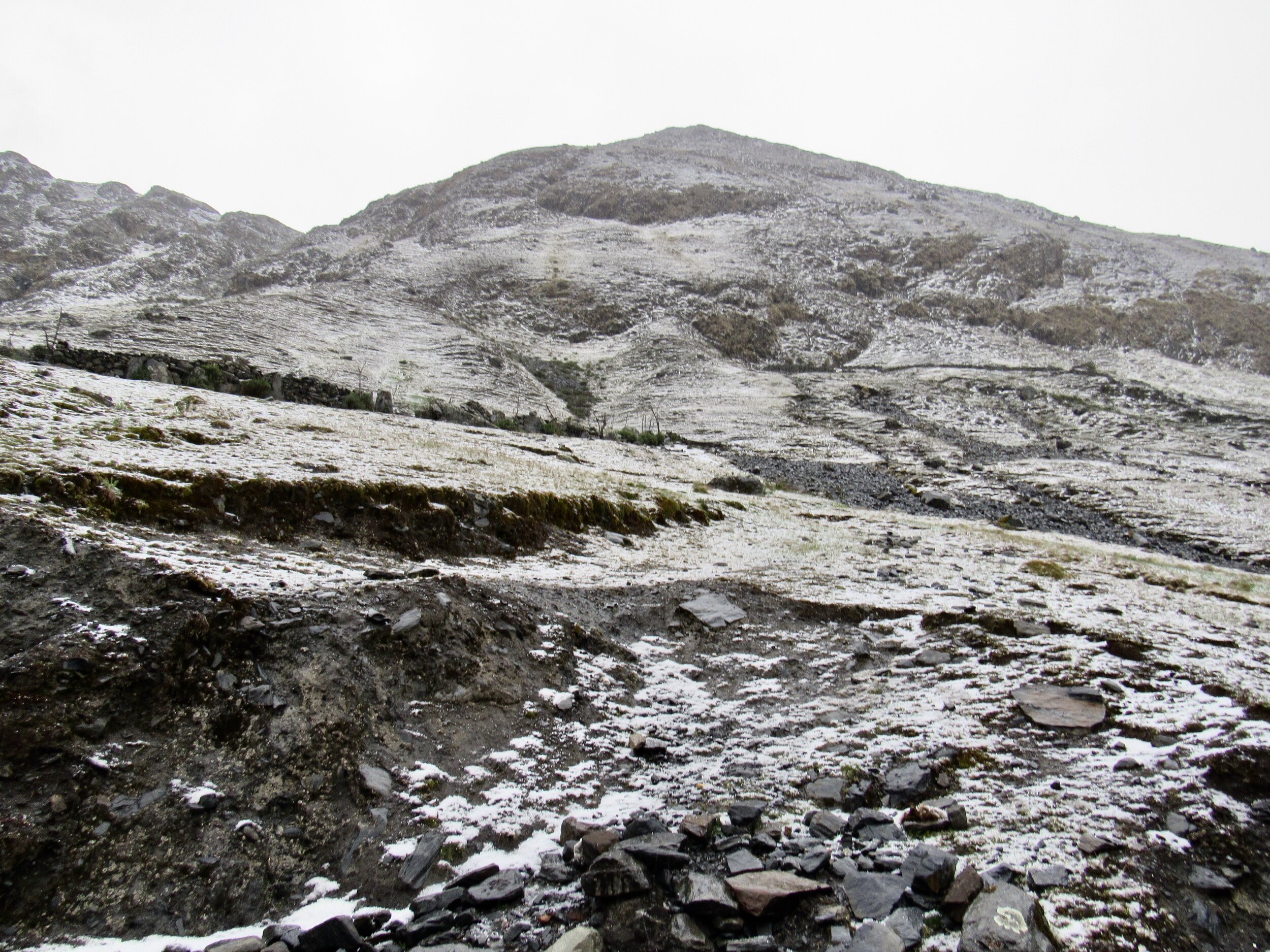
Now, we need the government to provide education in Quechua and healthcare for each village in the Q’ero Nation, so that people can keep their language and culture, but also benefit from the services that other Peruvians are afforded in towns and cities. I hope that living conditions improve so that the children we saw in Japu are able to stay in their community and keep their language and culture alive.
We got home after 8pm and I crashed almost immediately.
Monday, 14 December, 2020
Two days in a row felt like a lot, mostly because of the long hours on roads that make me carsick. I want to sleep or just read a book all day, but we’re setting out for another community on Friday, so I need to spend today organizing for next weekend.
I went to Wagner’s, to see if he could give us 4 kilos of rice and 2 kilos of sugar for the same price that he was giving us 5 kilos of rice. The answer was no, but the difference was small enough that I went for it anyway. Yes, people need food and rice is high calorie and easy to cook in just water. Sugar is not the same kind of necessity, but as I noted back in June, sweets can be very comforting for many people. I was stress-baking a lot during the first few months of quarantine and lockdown. The only thing that stopped my increase in sugar use was that Cusco ran out of butter. I can make banana bread with oil, rather than butter, but pie crust is just so much better with butter.
I spent about two hours negotiating back and forth with Jorge, trying to get him to go down a bit more on oatmeal and sugar. Thankfully, we have had a few extra donations come in, so I actually have more to work with than I had initially planned. If this were May through August, I would be saving it for the next community. However, there are only so many weekends in December and only so many days that we can actually go somewhere. That means I’ll just get to do a better job everywhere we go.
I’m not saving for next time. I’m hoping that there won’t be a next time. I never wanted to run a non-profit and still don’t. I named this the Covid Relief Project because I wanted it to just be a stop-gap while tourism was completely dead. I wouldn’t say that tourism is back to life yet, but it’s starting to wake up a little. We have tourists from Lima, even if we don’t really have any international tourists yet. I hope that the Covid Relief Project will not be needed quite so much after Christmas.
Tuesday, 15 December, 2020
My Christmas presents arrived today! Considering how long my last package took to get here, my Mom sent my Christmas presents a month ago, hoping that they would get here in December. They actually arrived over a week before I had expected them to get here. I’m not opening them yet. I’ll actually wait for Christmas.
Kerry is planning a giant Christmas event, per the usual Kerry party extravaganza. She wants the big family Christmas so badly that she’s renting a giant AirBnb so that we can all sit together at a giant table for Christmas dinner. I’ve committed to making an apple pie and cookies but am trying to stay out of the middle of everything. She’s also planning some gift exchange game that requires everybody to bring three gifts. I suggested a white elephant gift exchange, which only requires one gift per person, but she’s set on three. She was also set on spending a crazy amount of money on a smoked turkey and smoked ham. Sonia talked her into buying a frozen turkey and roasting it ourselves, but she wouldn’t budge on the ham.
Whatever ends up on the table, I am sure that it will be an extravagant Christmas for all of us.
Wednesday, 16 December, 2020
When we backpacked around Mt. Ausangate three weeks ago, Auqui did all of the planning and organizing and guiding. Despite all of the work he put into the trip, and all of the work he did as guide every day, he told everybody that he considered this a friends’ trip and that he didn’t want tips. I think everybody was a little disappointed by that, not knowing how to thank him enough. I suggested that they buy him drinks at the hot springs or take him out for lunch or dinner when we got back to Cusco.
Today Sair, the guy we started calling General on the trip, since he was in the military in Colombia for a couple years, took Auqui and I out for ceviche. This is by far my favorite Peruvian food, and I do consider it Peruvian. Several countries in the Americas claim to be home to ceviche, but since each country does it a little differently, I think they’re all right. Peru is certainly the birthplace of the kind of ceviche that we eat here.
Peruvian ceviche is “cooked” in cold lime juice. They use tiny limes here, which are similar to key limes and have a very distinctive flavor, compared with the limes you would get at most grocery stores in the US or Europe. It’s usually topped with hot peppers, thinly sliced red onion, accompanied with slices of sweet potato and fresh corn cut off the cob.
It’s also served with “leche de tigre” which is the white, milky juice that’s leftover from cooking the fish in lime juice. It’s spicy, has a strong lime flavor and usually comes in a shot glass. That might sound kind of gross, but it’s really good. It’s more of a coastal food, but since just about anything can be flown to Cusco, we can get fresh enough fish here to make the ceviche almost as good as what you can get in Lima. I mean, now that the airports opened again, you can get just about anything in Cusco again. When the airports were closed from March 15th to August 1st, I wouldn't have eaten ceviche in Cusco, even if the restaurants had been open.
Thursday, 17 December, 2020
My Mom sent me a letter to teachers today, written by Theresa Thayer Snyder, who used to be superintendent of public schools in upstate New York. The letter is eloquent and concise, and I highly recommend reading the whole thing. She implores teachers to remember that their students “need to be given as many tools as we can provide to nurture resilience and help them adjust to a post pandemic world.”
I appreciate that she points out that “their brains did not go into hibernation during this year.” Kids have learned so much this year. They know more about what a virus is, how they travel, how contagious diseases work and how to deal with isolation than any other generation, ever. Yes, we’ve had pandemics before, but we didn’t always have the same scientific knowledge. Maybe kids haven’t been able to spend as much time focusing on math, but I bet that the amount of time that they’ve had to focus on science has more than made up for it.
I really hope that somebody doing a doctorate in education studies what it is that kids did learn this year. What did they learn about humans as social animals? What did they learn about the differences between how introverts and extroverts handled isolation? More importantly, what did they learn about themselves during this ordeal?
As much resilience as we have all needed to get through nine months of pandemic, we will need more. Yes, some countries have begun distributing a vaccine, but this pandemic is far from over. We are not really that close to a post pandemic world yet. Not that teachers shouldn’t start preparing for when we do get there. In my twelve years teaching I learned that there is no such thing as over-planning. There are an infinite number of ways that children can act and interact, with each moment requiring the teacher to think on their feet. The more scenarios you have gone through in your head and more importantly the more experience you have working with children, the better you are likely to respond to the situation.
All of us need to start thinking about how we are going to adapt to whatever the post pandemic world will look like, even if we have no idea what it will look like.
Friday, 18 December, 2020
This morning I had to run around town a bit, getting the last few things that we’ll need for the weekend. I first went to the wholesale fruit market, where I negotiated the price of a hundred oranges from s/24 down to s/22. Last week we paid s/28 for a hundred, so I shopped around at a few other vendors. I got two sacks of 400 each for tomorrow and two sacks of 300 each for Hatun Q’ero on Sunday.
I got a station wagon taxi to take everything to the Maytaq Wasin, so that later in the afternoon we could pick up the oranges and the clothes at the same time. The next errand was to the San Pedro market where I got another three kilos of pure cacao. Of the sixteen kilos that Auqi and Henry originally bought, we only had three left for Saturday and one left for Sunday. I now have two for Sunday and two more for the chocolatada that we’re doing after Christmas. There is still plenty of cinnamon and cloves from the kilo of each that the guys bought.
Then I rushed home to get my stuff ready to spend the night in Ocongate and be ready for cold and rain and sun tomorrow. We’re going to be up at the altitude where you can easily get four seasons in one day, so you really have to be ready for anything.
I walked down to Wagner’s around 4:00 to meet the truck that the mayor of Paucartambo sent to take us and all of the food to Ocongate tonight. It was another four hours of twisty mountain roads. We got there well after 9:00, just in time for a very late dinner, then we were taken to a hostel where all of us crashed almost immediately.
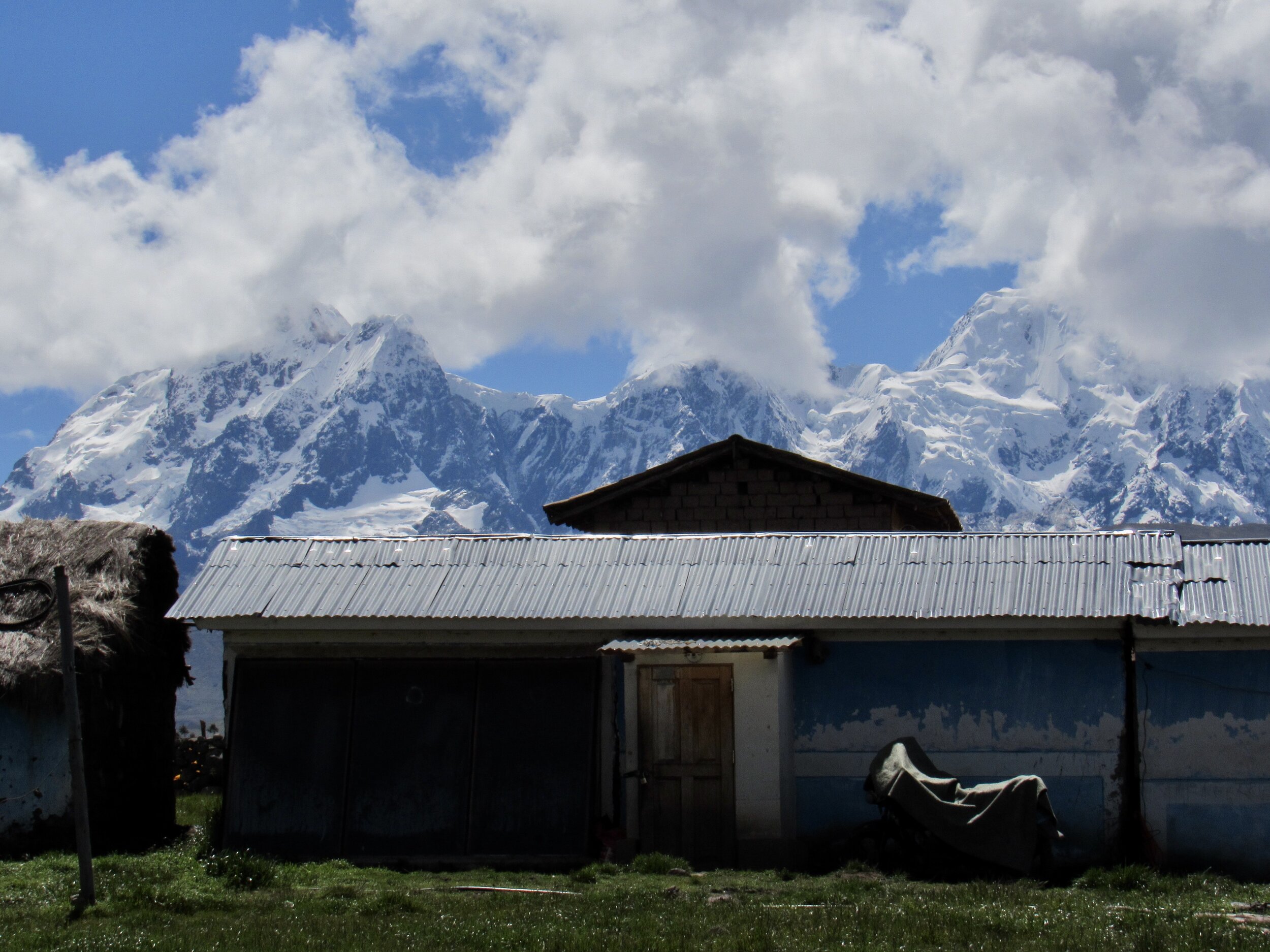
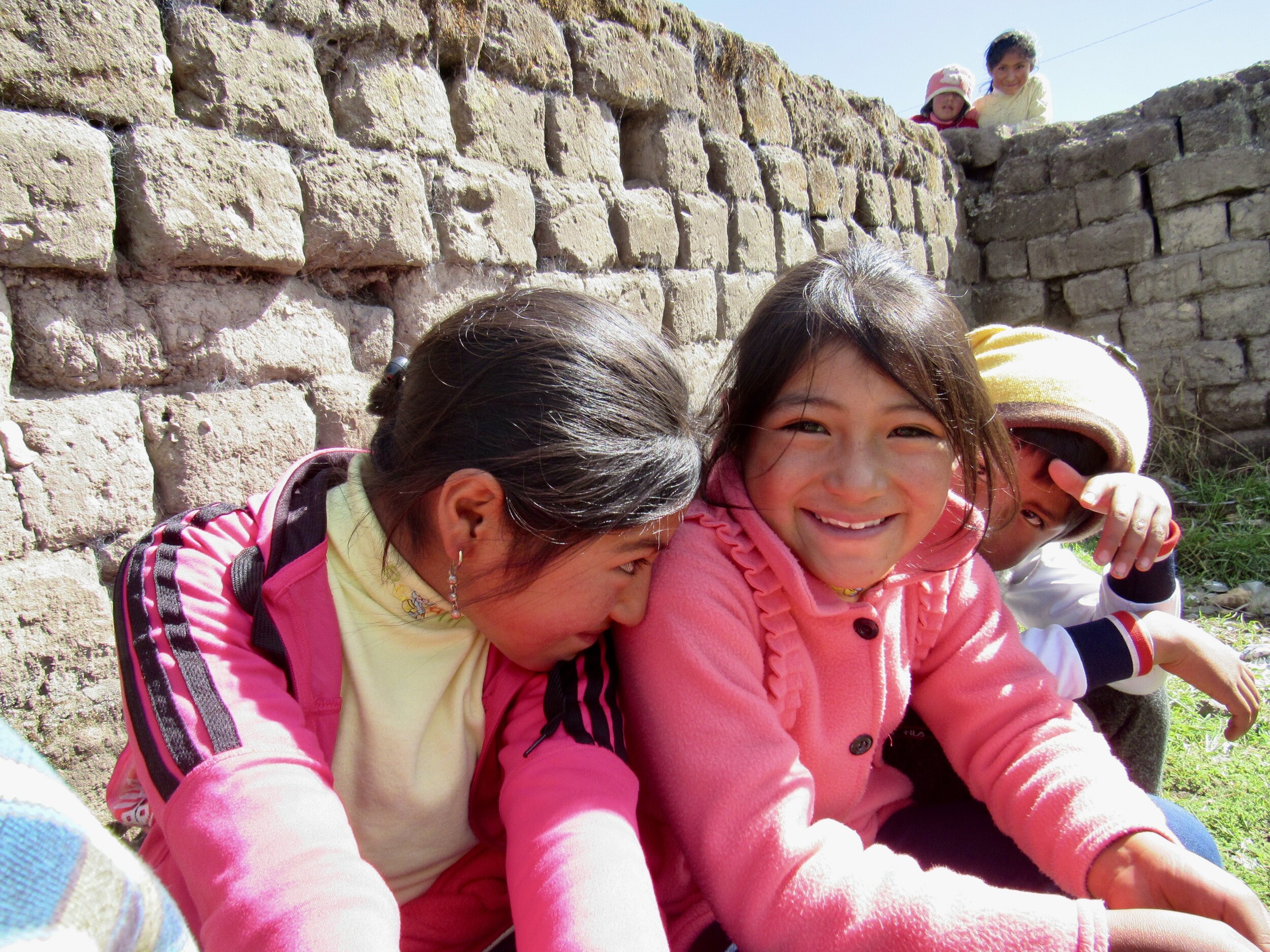
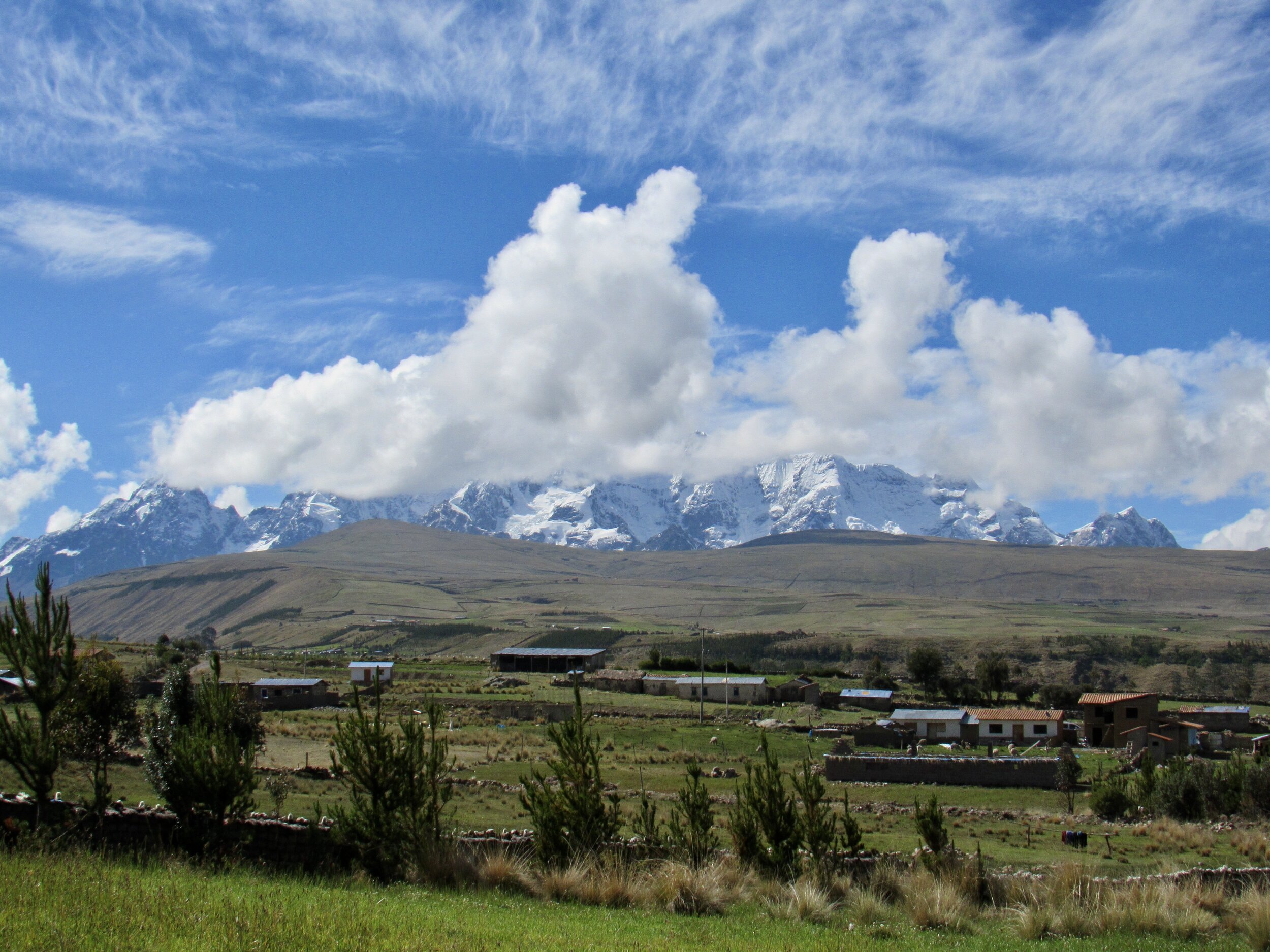
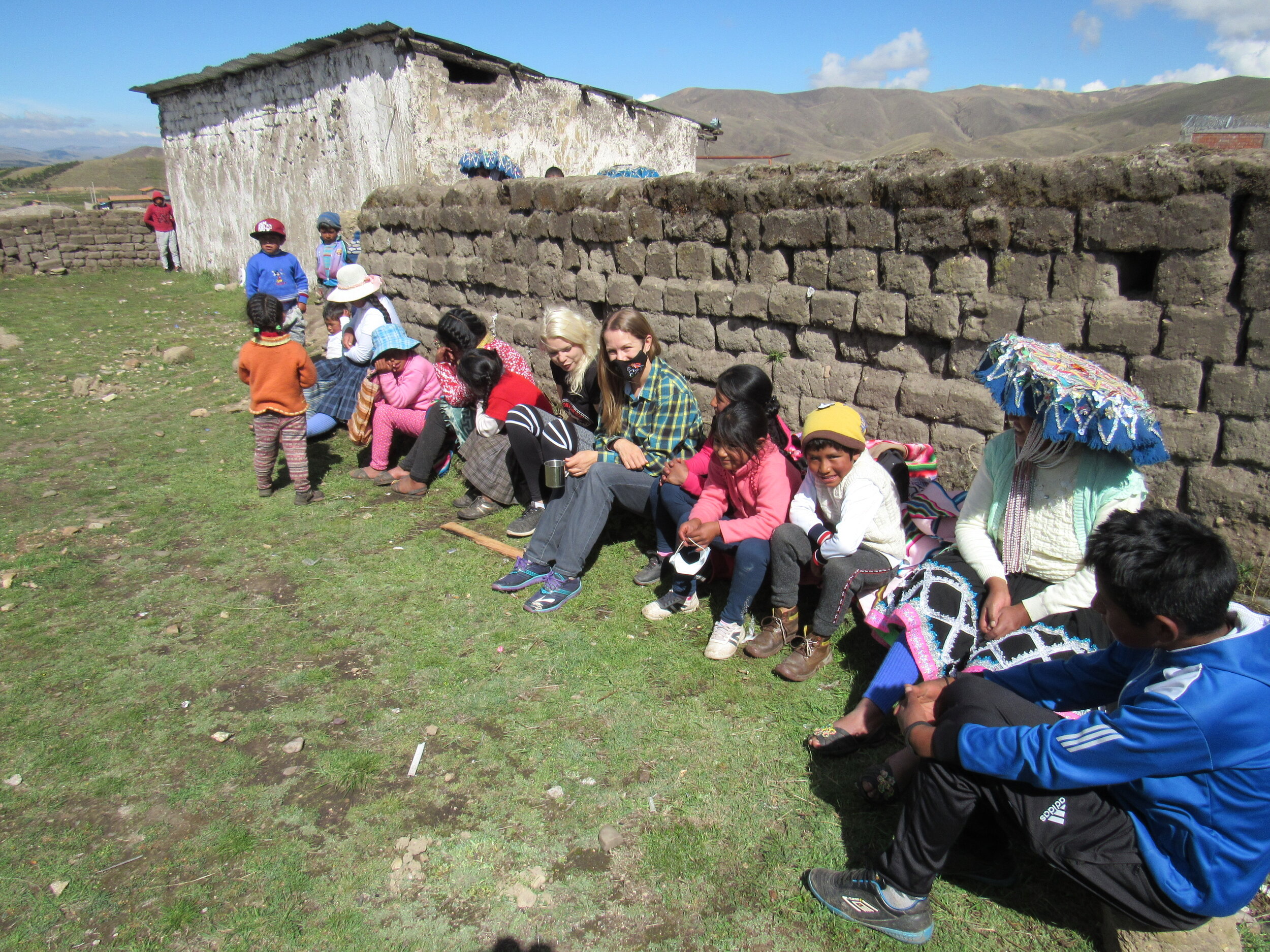
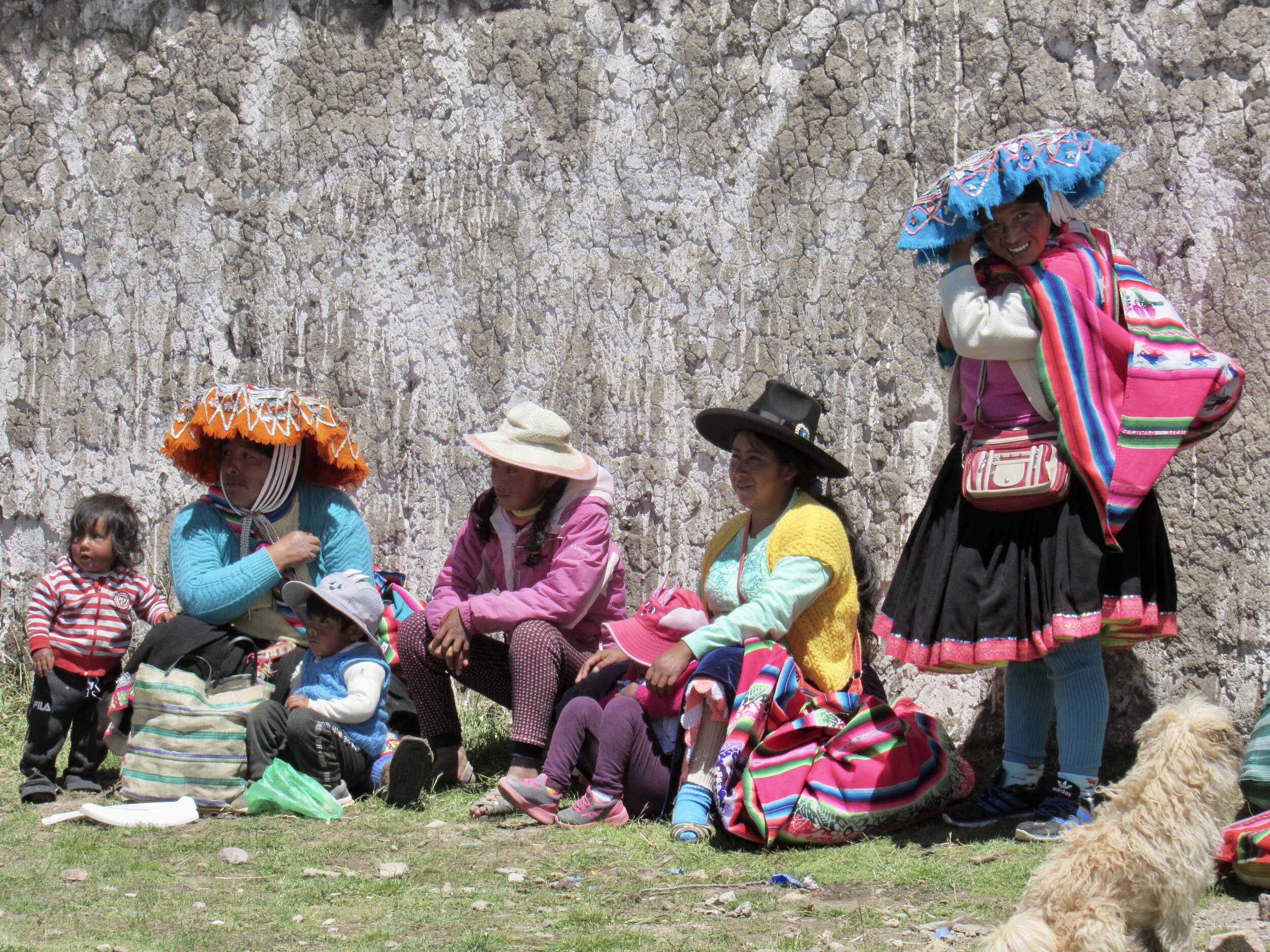
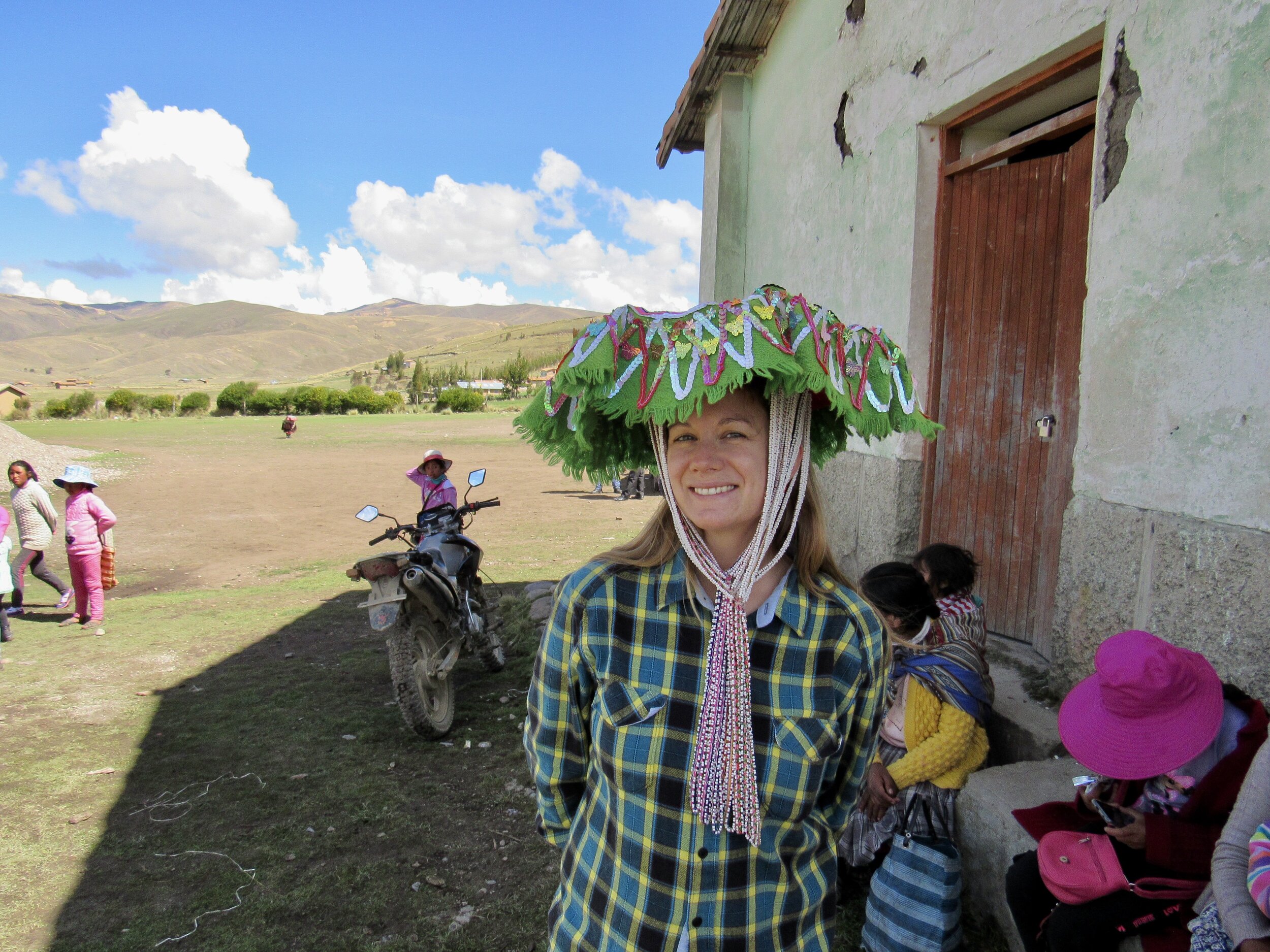
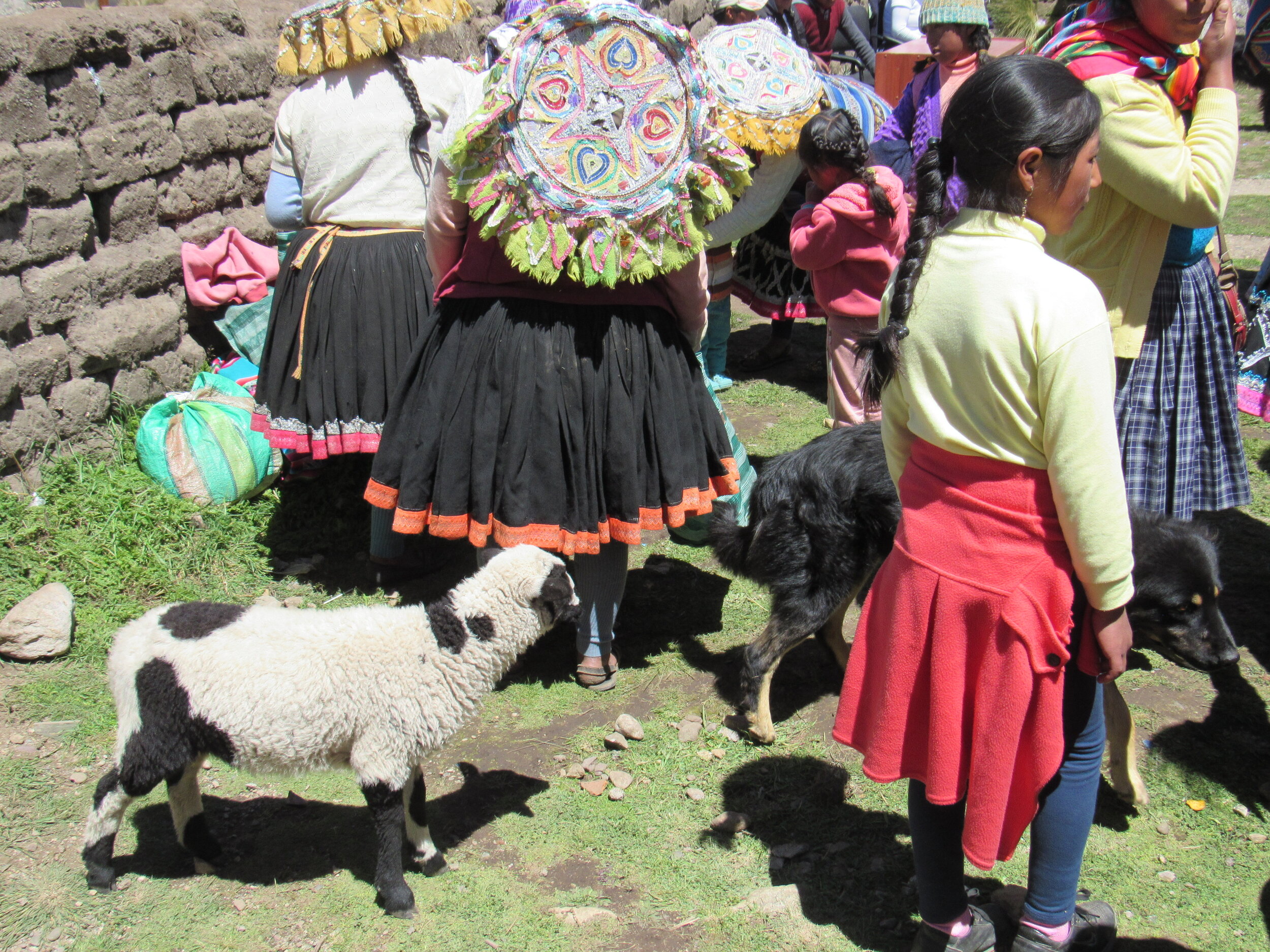
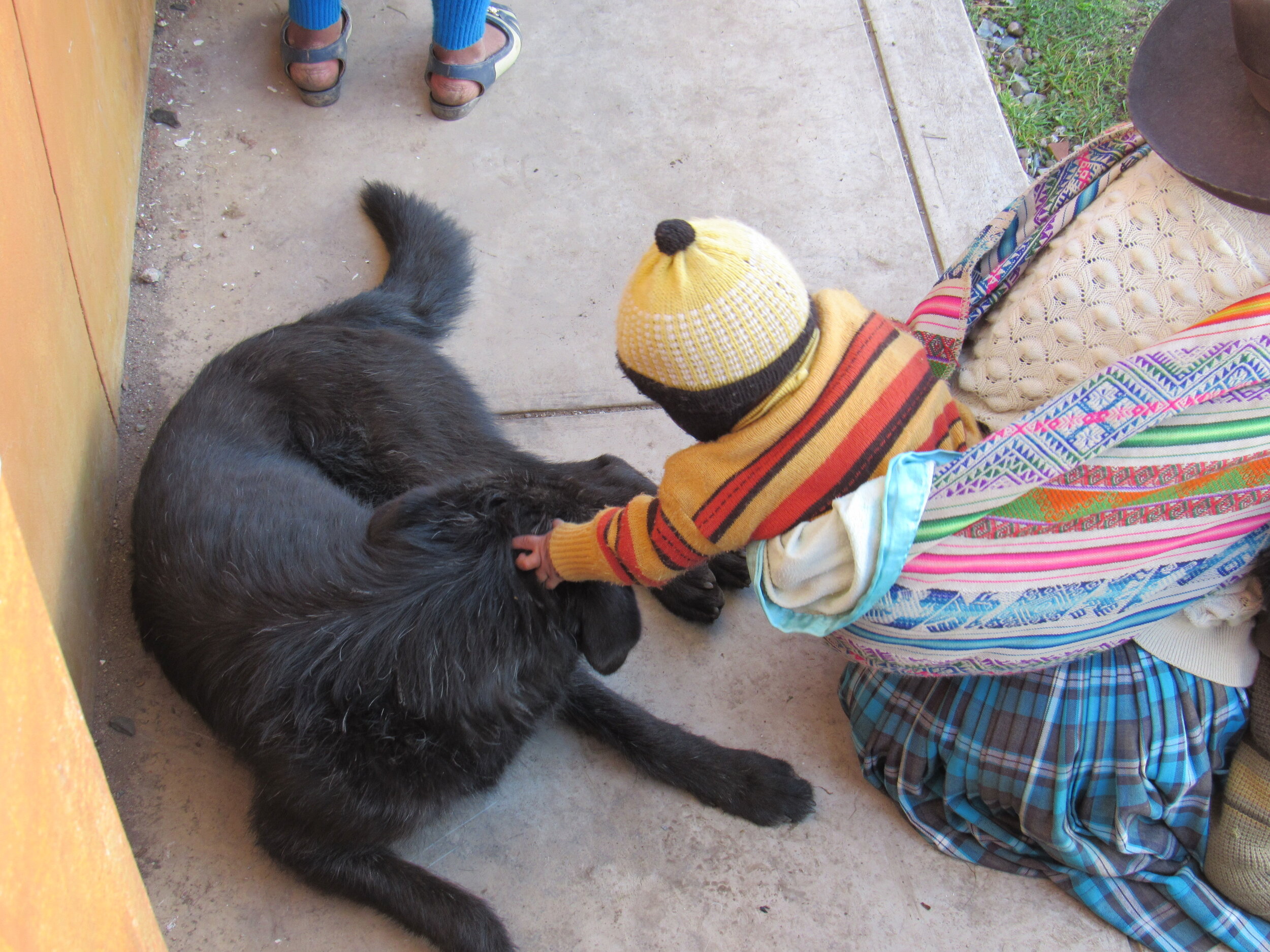
Saturday, 19 December, 2020
We got up at 5:30 and first went to the market for coca leaves and sugar. Yesterday in our rush to get out of town I forgot the sugar back at the hotel. At least we got all of the food and clothes and the rest of the hot chocolate supplies. The coca leaves are for the elderly people who come to the chocolatada. We have clothes for the kids and 4 kilos of rice and 2 kilos of sugar for the adults. I’ve felt like we’ve left out the village elders a bit in the past, so this time we made sure to have a little something for them too.
Coca leaves are chewed and give you the same effect as a cup of coffee and an ibuprofen. They’re great for headaches, or any kind of aches for that matter. Hence, their popularity with the elderly. They can also be used to make cocaine, but it takes about 600 kilos of leaves to make one kilo of “cocaine base,” according to Recovery.org. In my experience, the leaves themselves are much less addictive than coffee.
Coca leaves are also very sacred in all Andean traditions, despite the fact that they’re from the Amazon jungle, not the Andes. However, the harsh life in the Andes, especially living at high altitude, often requires medical assistance of some sort. The oldest medicine in South America is coca leaves and they have taken on special cultural significance because of what seems to be magical powers.
Today went pretty similarly to the previous three chocolatadas. We made sure that the women making the hot chocolate got the chocolate, milk, sugar, cloves & cinnamon. Then we handed out clothes to the kids. Then we had the chocolatada, making sure that everybody got a panettone and at least one cup or bowl of hot chocolate. Lots of kids had forgotten to bring a cup and lived too far away to go home. They either borrowed somebody else’s cup or found a water bottle or something that could hold liquid. We did our best to be sure that everybody got hot chocolate and I hope nobody got left out. I’m really bad at estimating how many people were there, but I would guess at least four hundred.
After the chocolatada, we gave out the oranges, rice and sugar, along with some leftover panettone. Unfortunately, Saturday is also market day in Ocongate, so there were quite a few adults missing from Marampaqui. The mayor of Ocongate was a huge help with calling out kids to represent their family and receive the donations. We really rely on local leaders to know who is in which family and keep track of who has already received their donations. By the end of it, there were still 16 families missing, so we entrusted their donations to the community president.
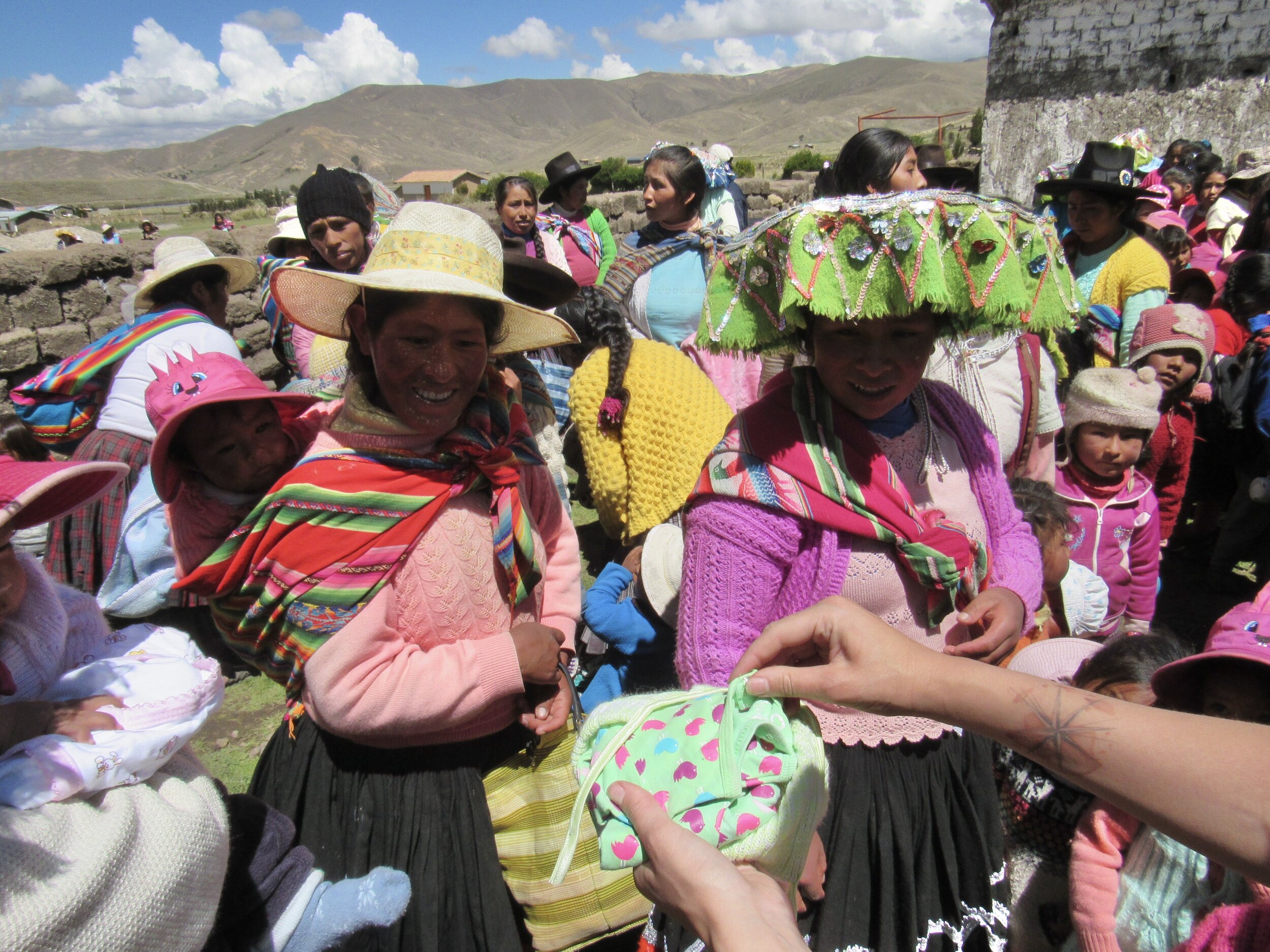
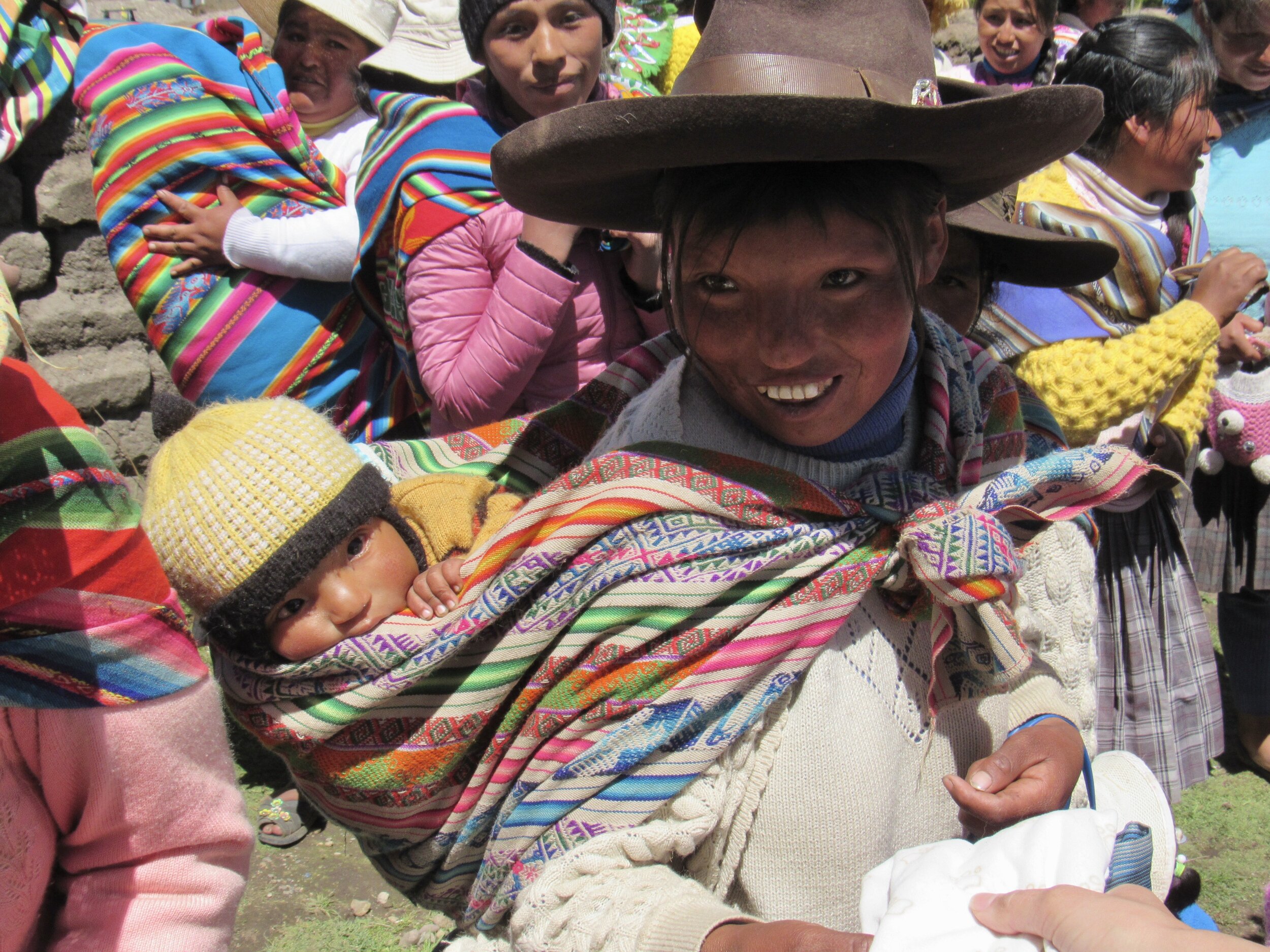
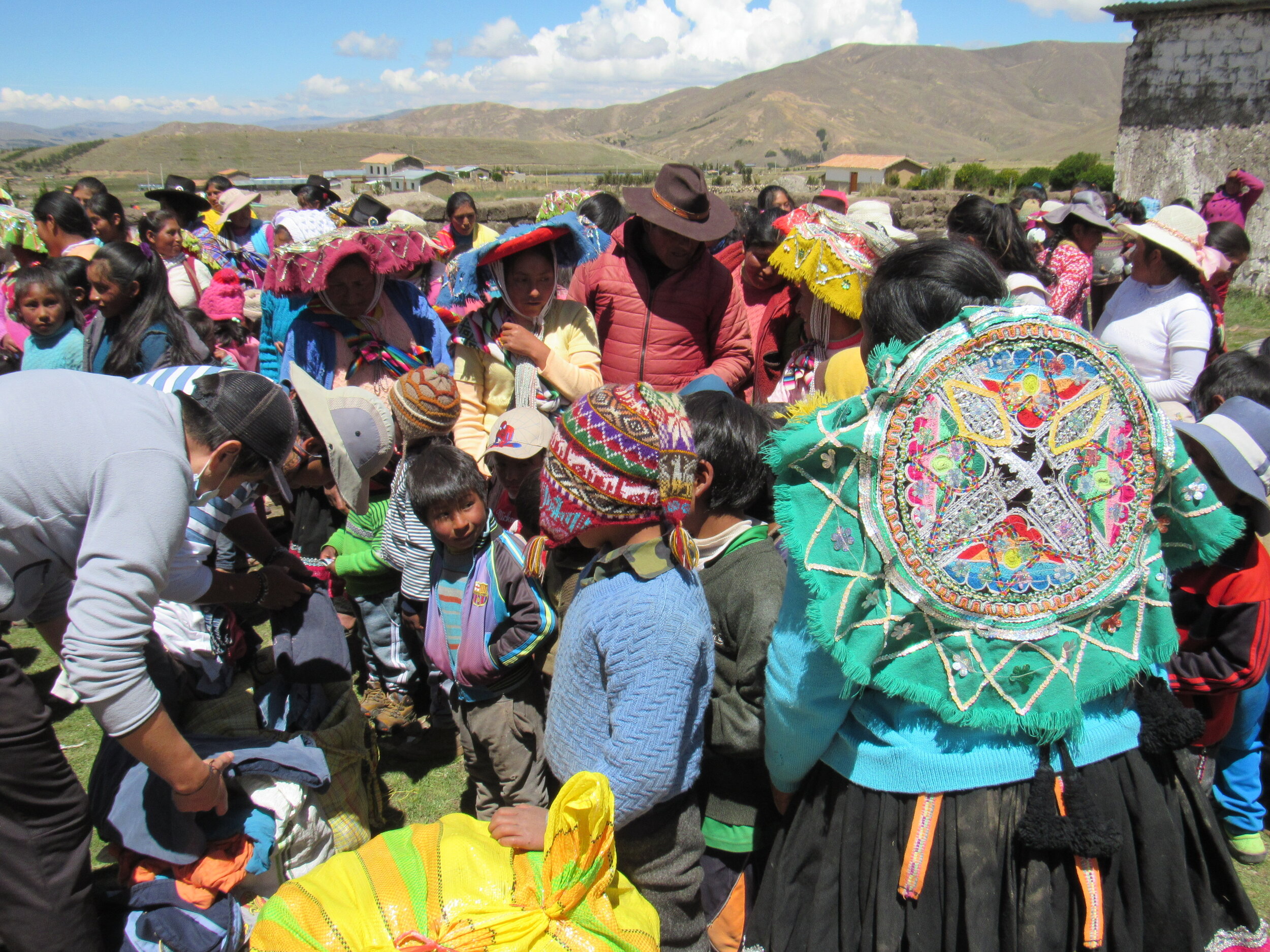
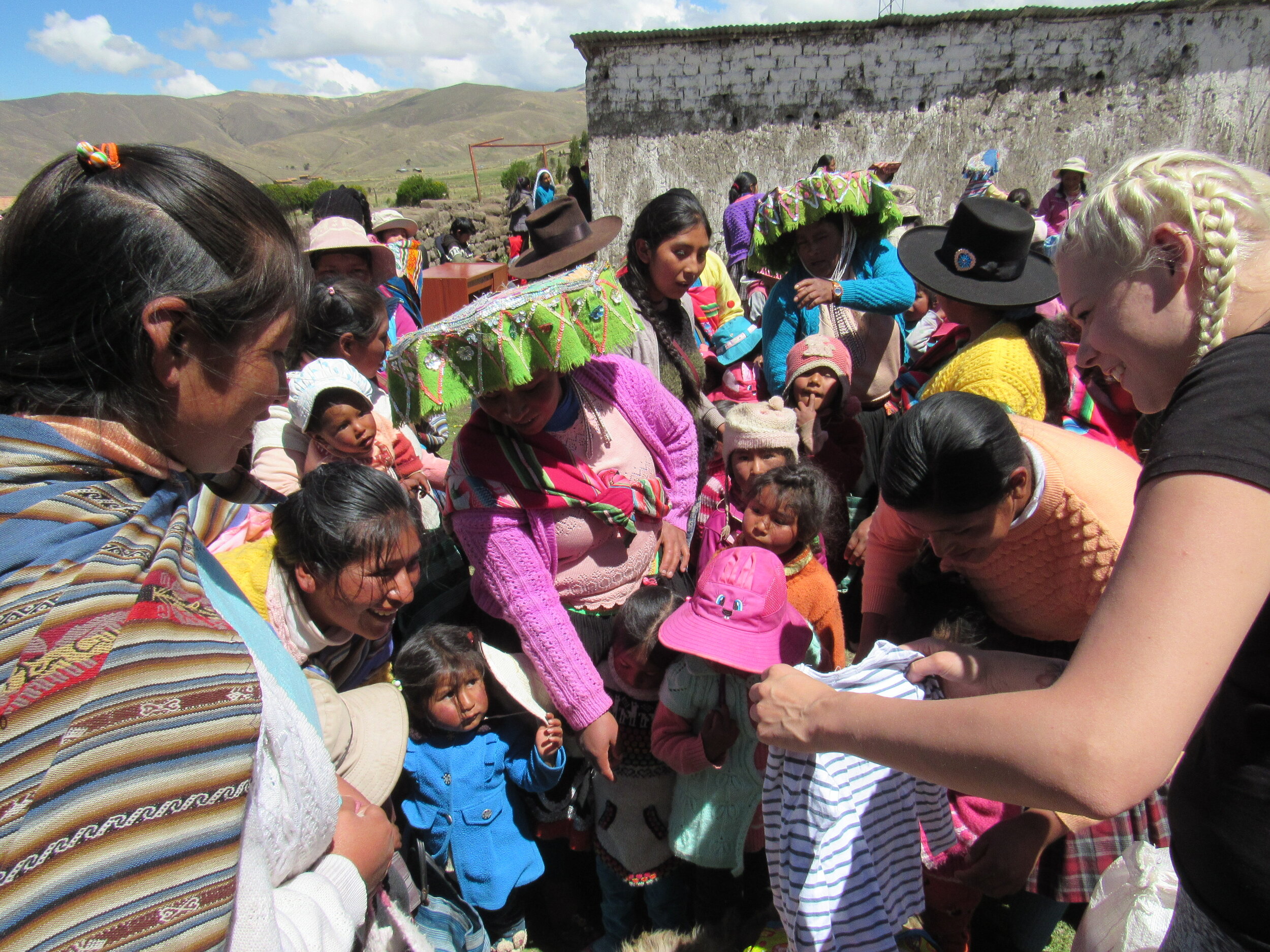
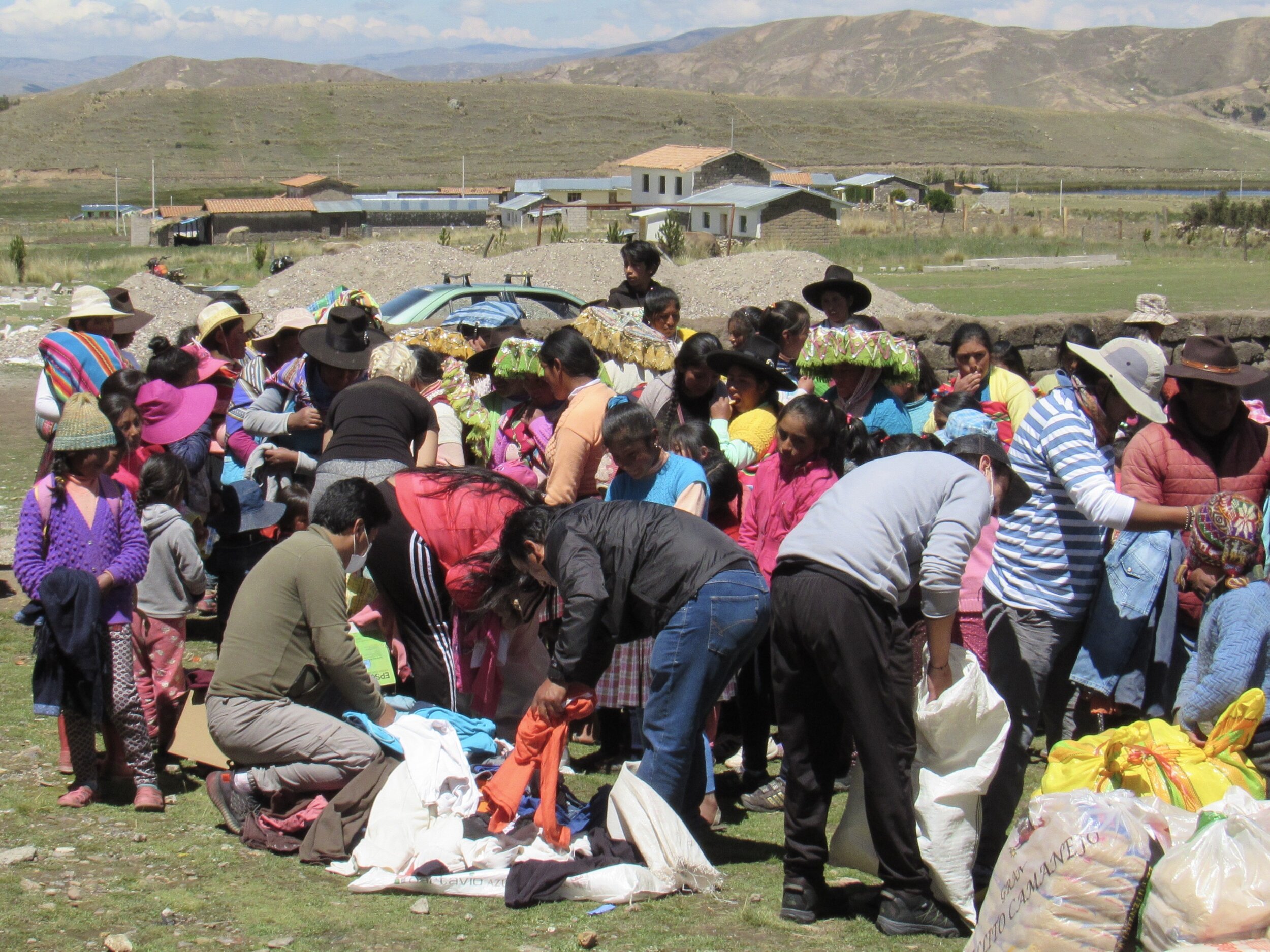
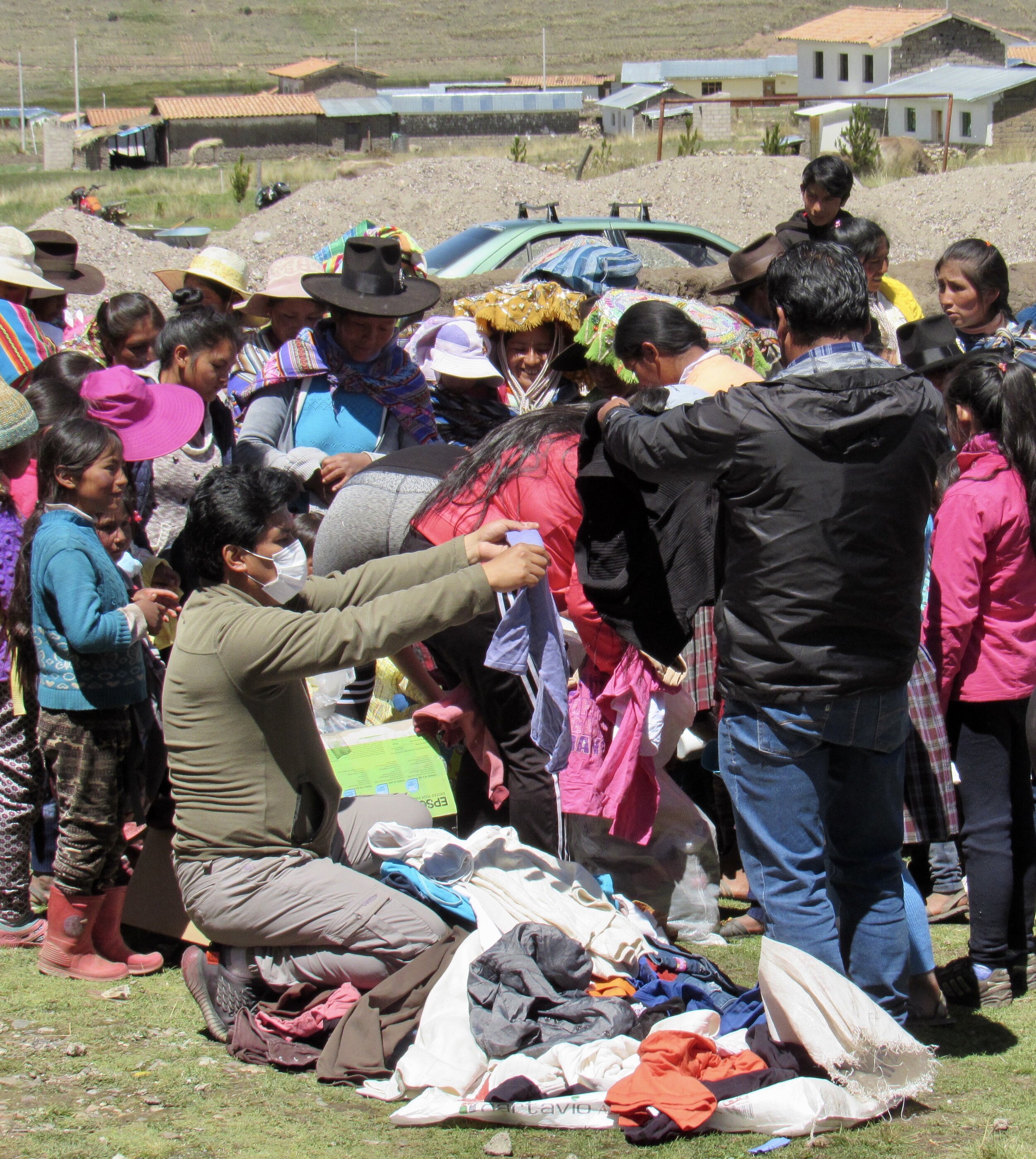
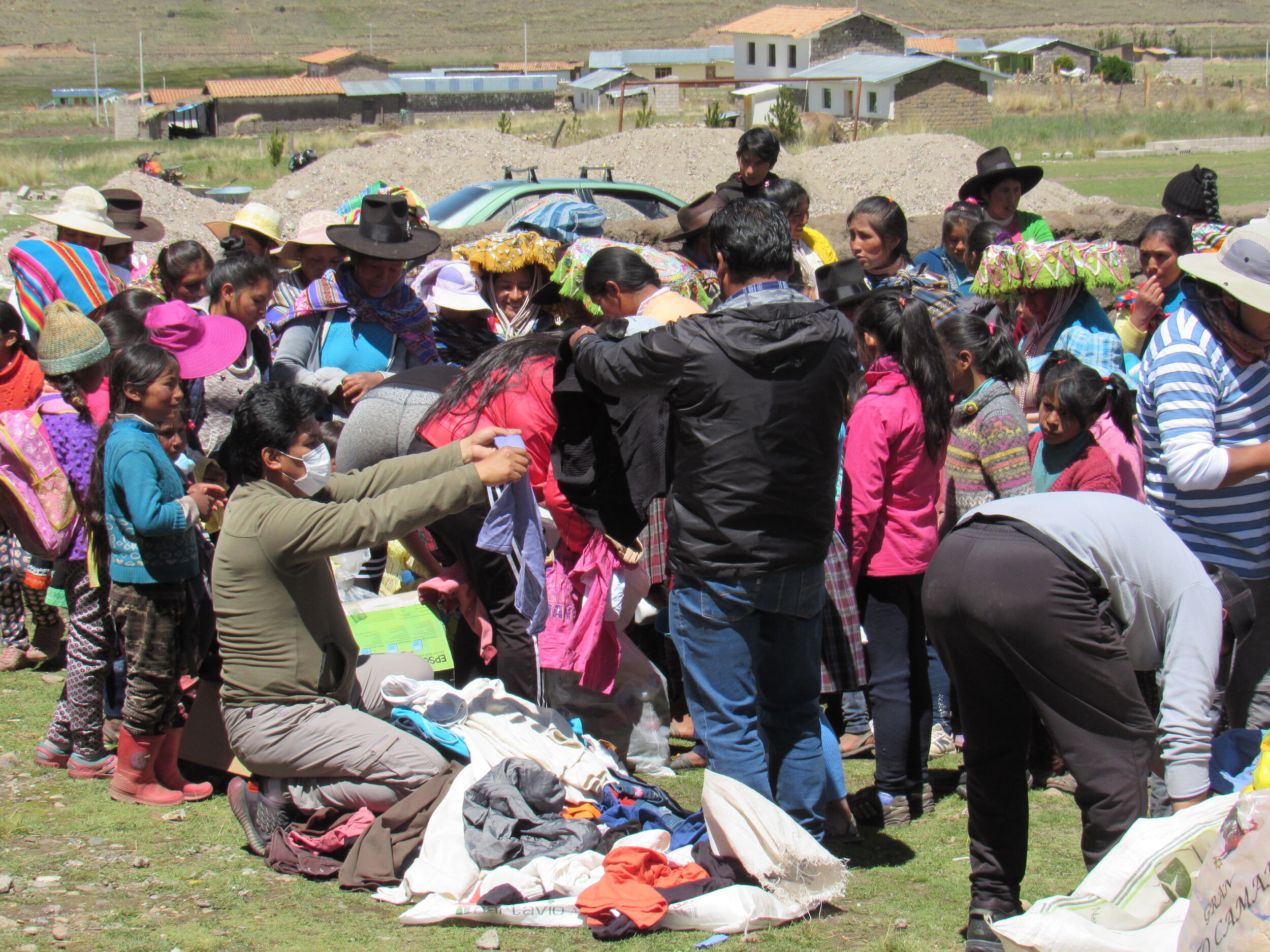
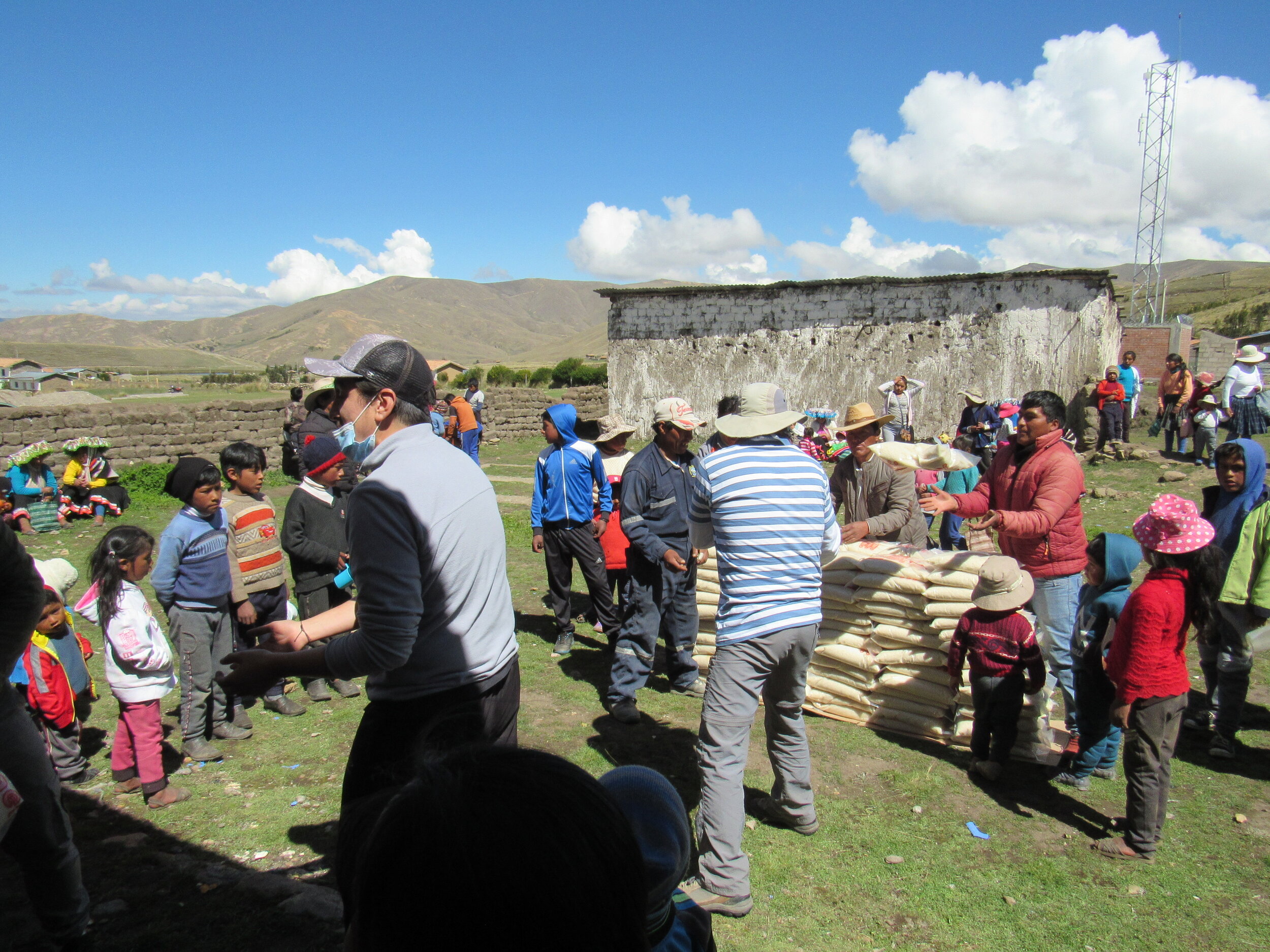
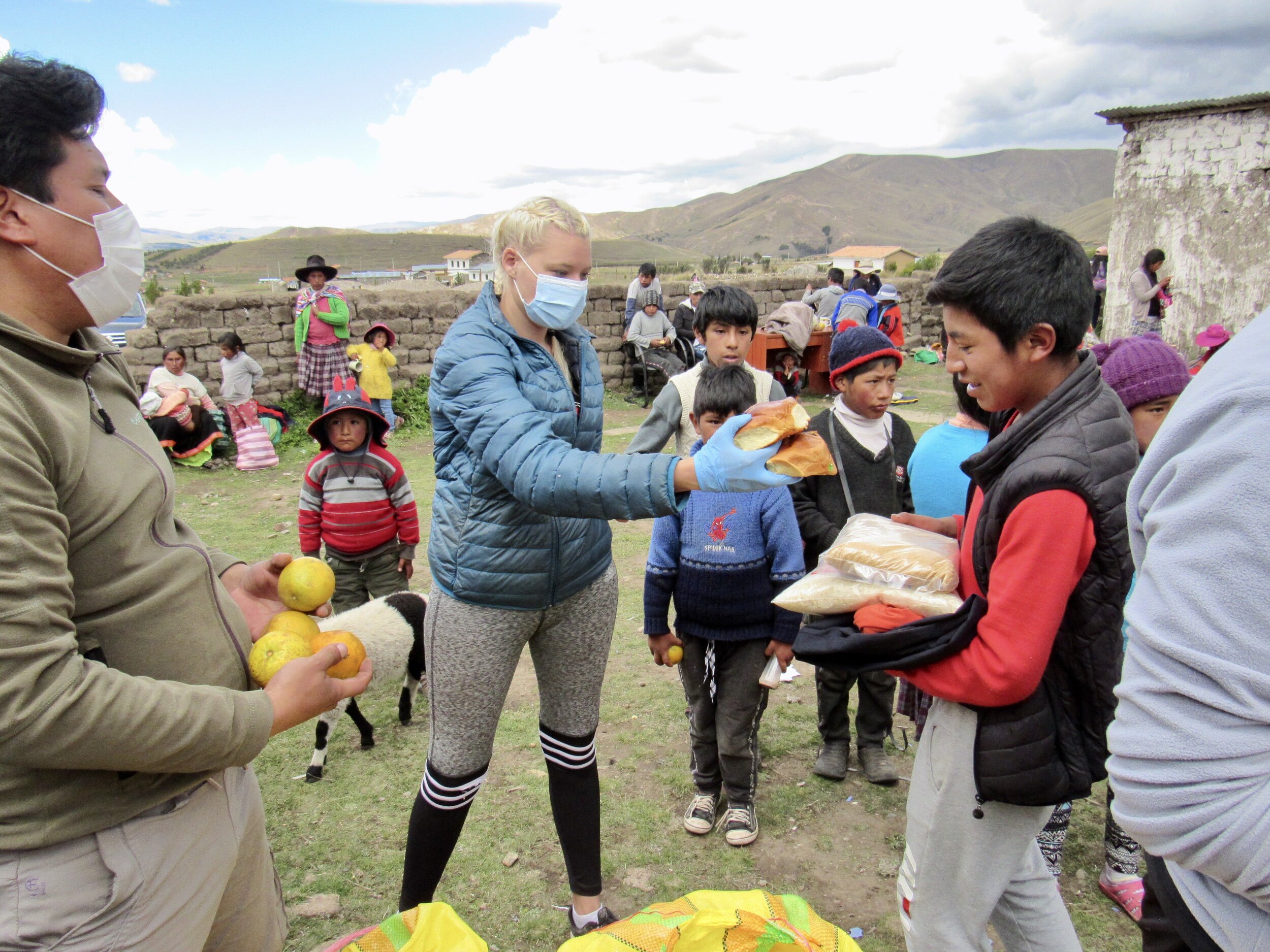
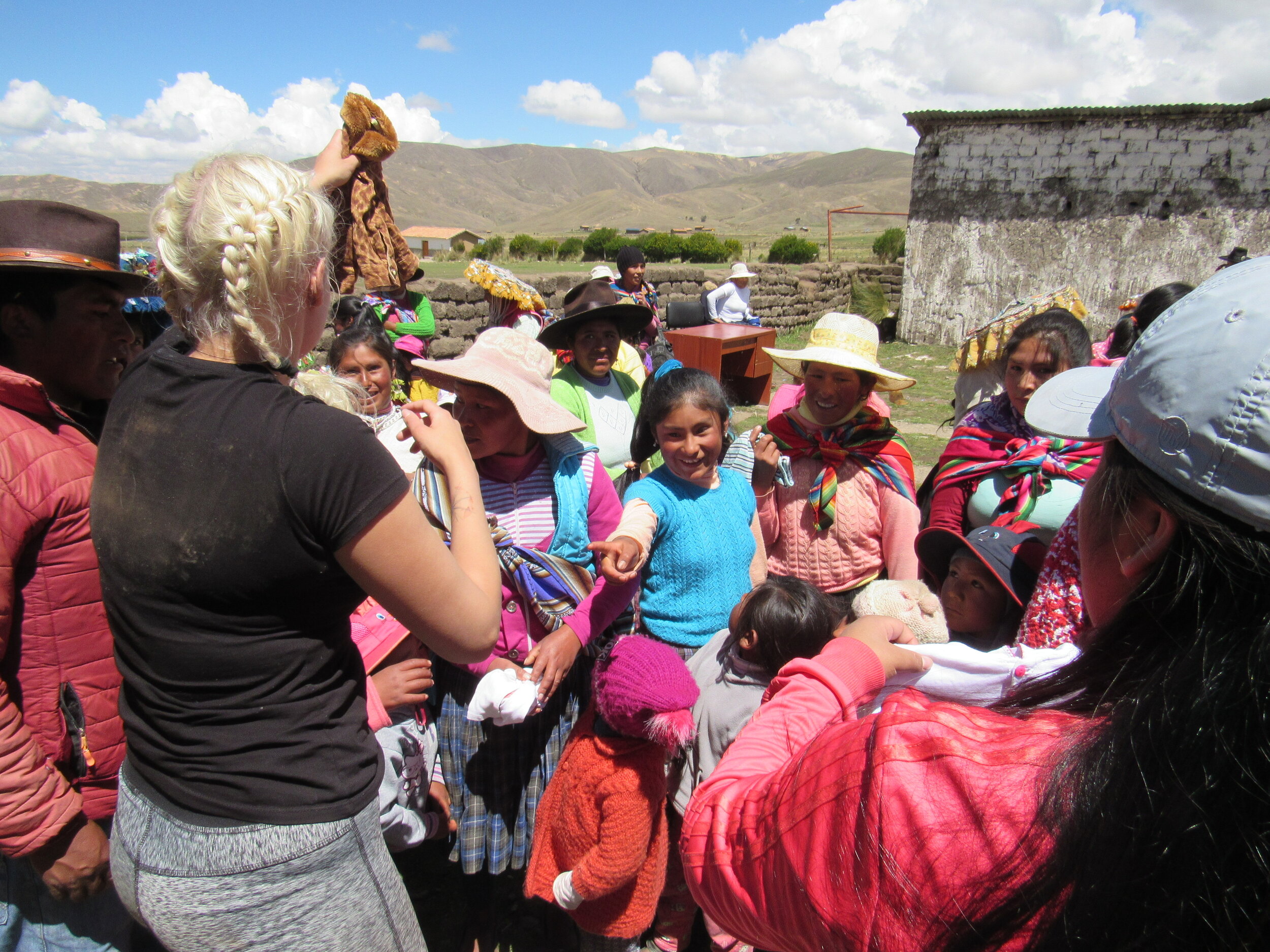
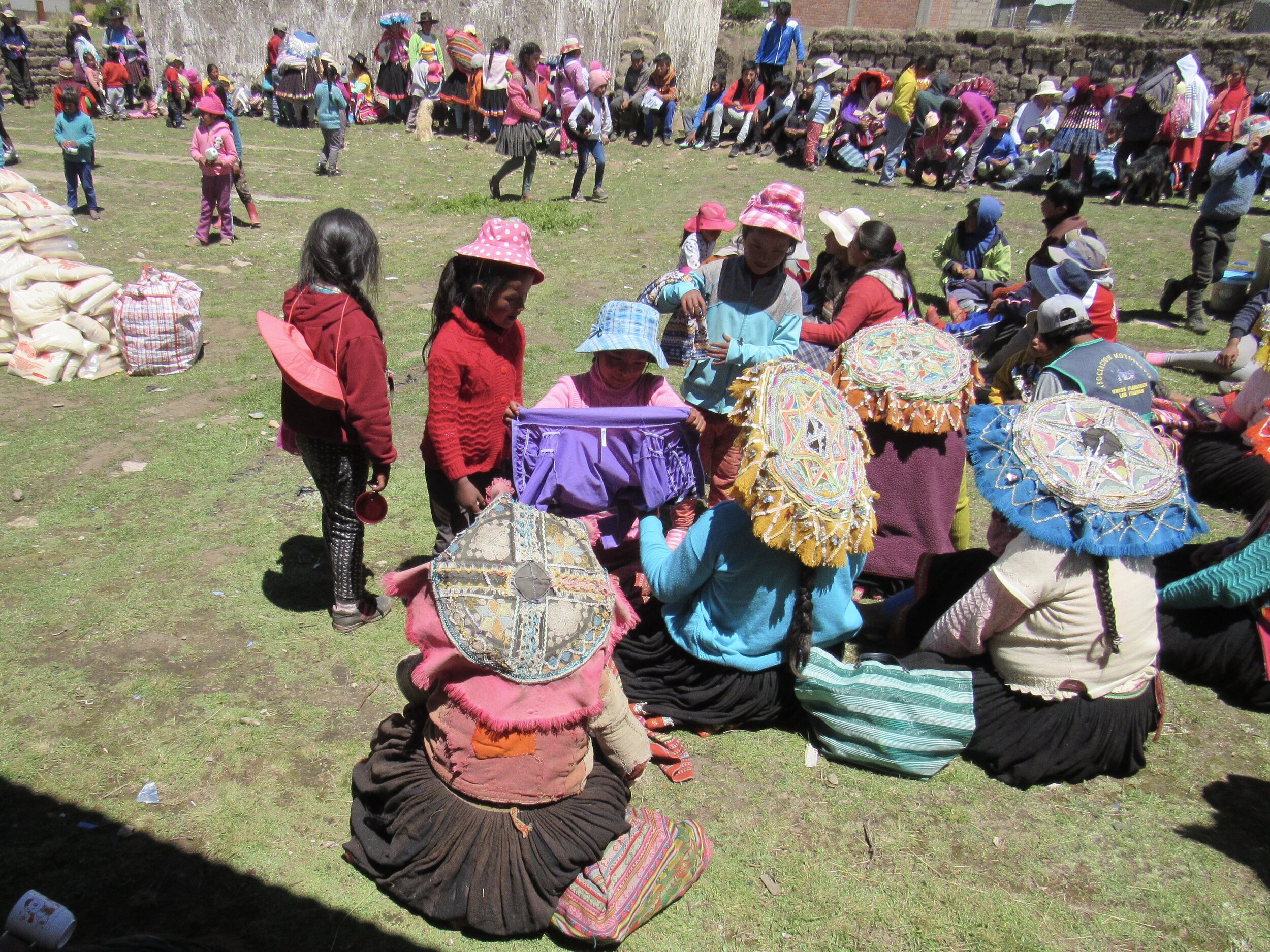
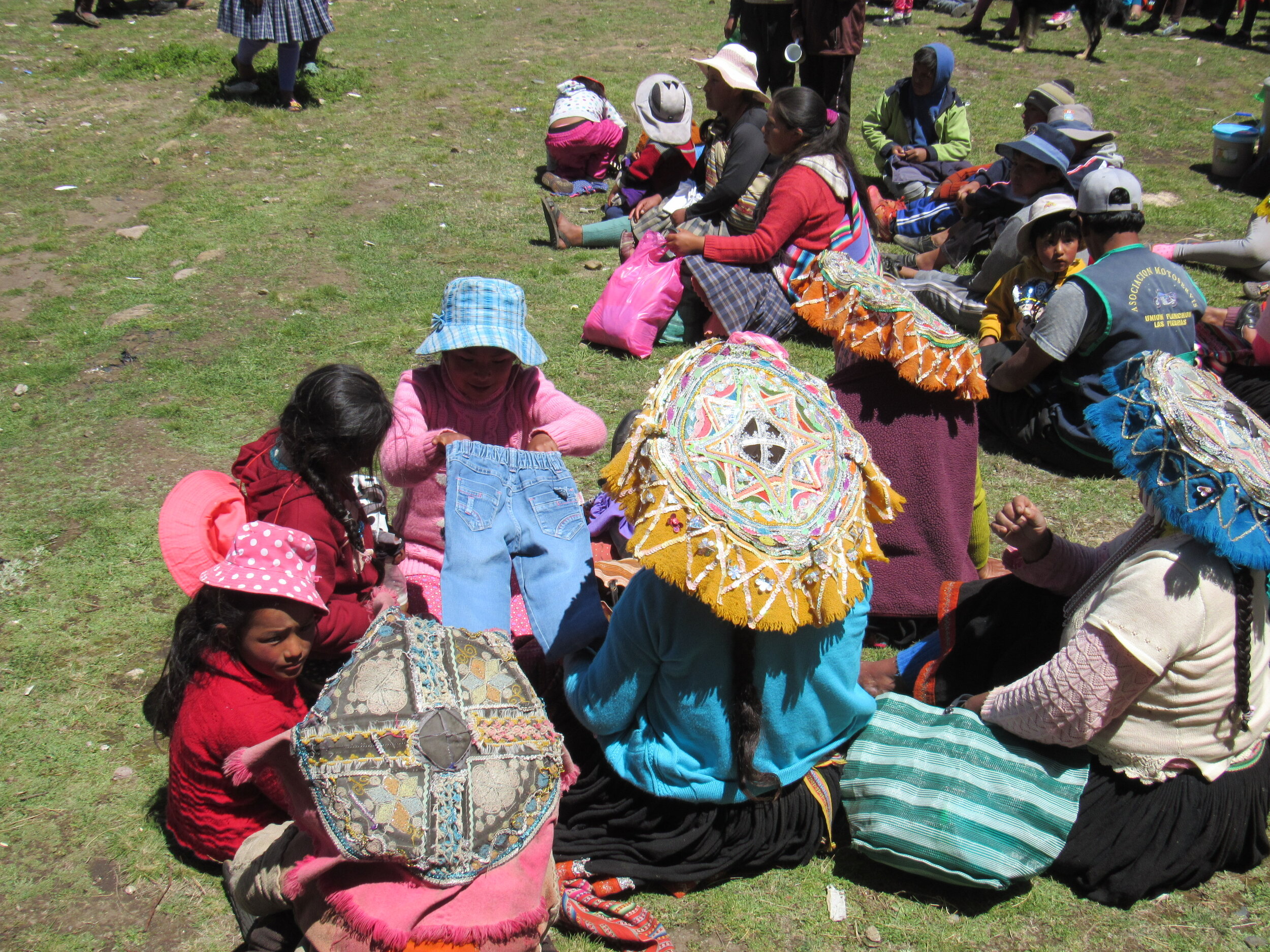
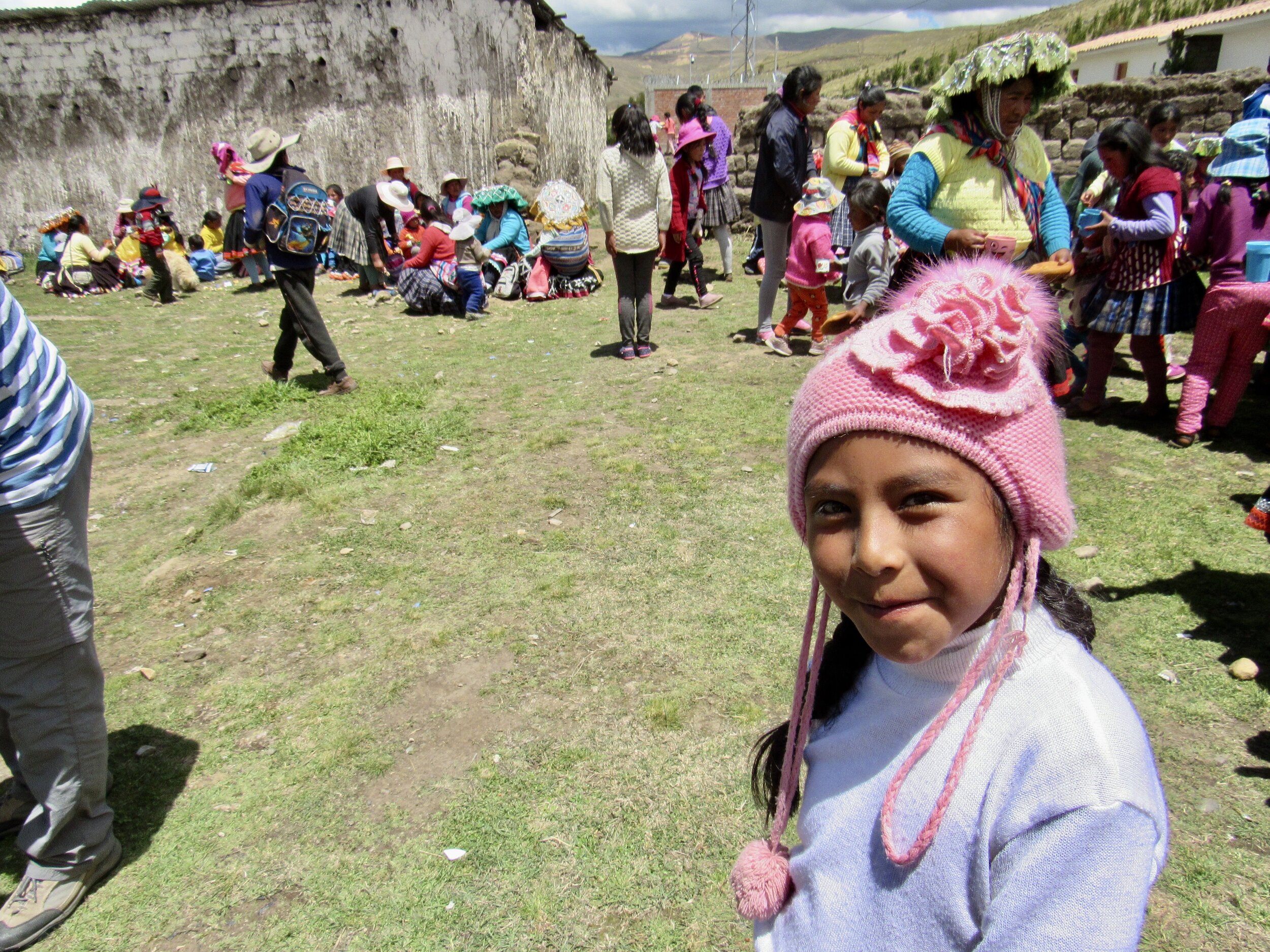
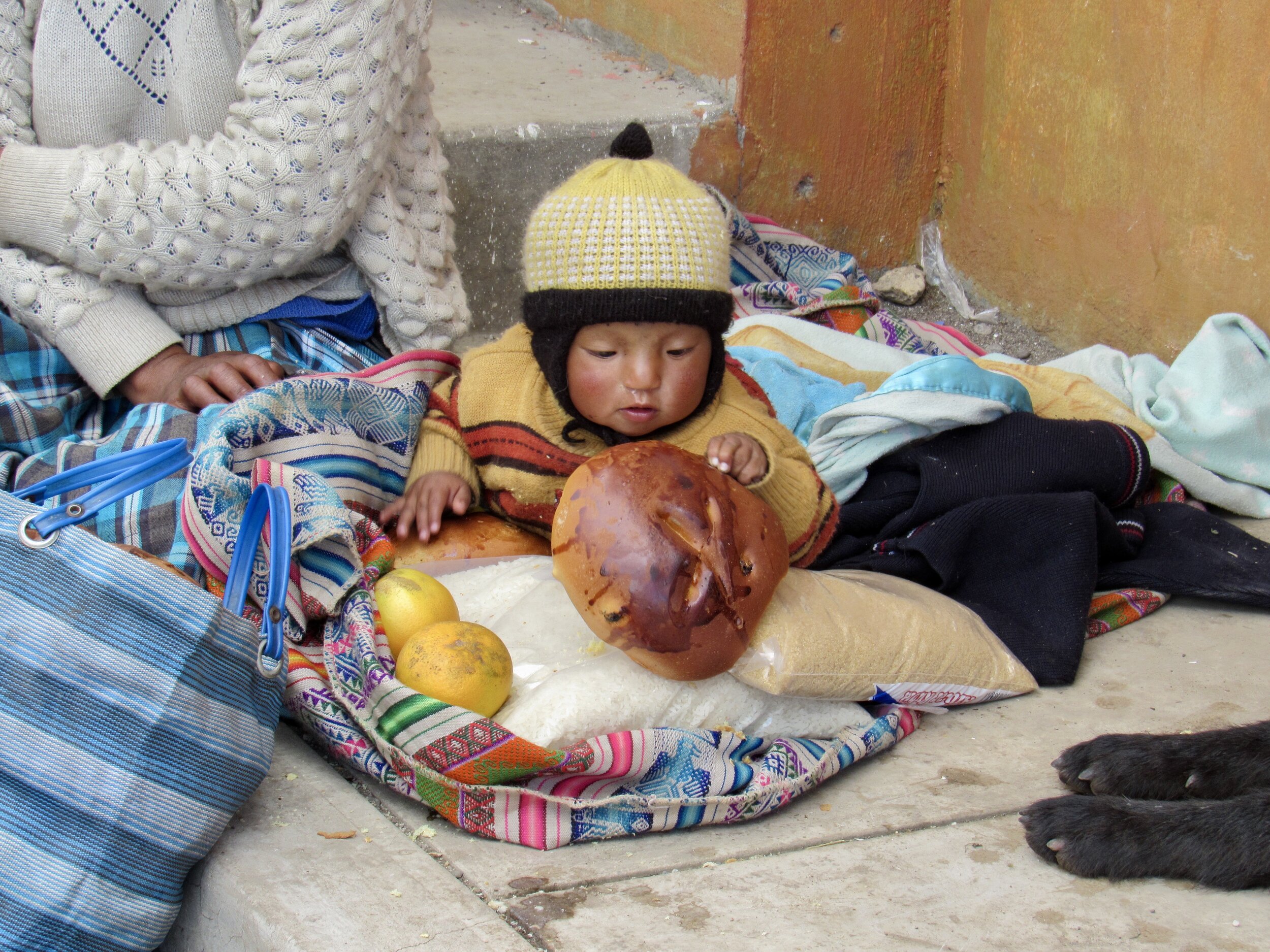
The community served us a big tub of boiled potatoes and little pats of soft, fresh cheese. It’s always interesting to see what a community wants to share, or more like, what they have to share. This is the first time I’ve been given cheese and it was delicious. Cheese here is not cured with rennet. It’s more like fresh cheese curds. They add vinegar or lemon juice to the milk until it curdles, then squeeze out the extra liquid. Depending on how it’s made, it can be a lot like Indian paneer. After our snack/lunch, we all piled into one car and hit the road.
We got back to Cusco by 5:00 and headed straight to the Maytaq Wasin. Wagner’s delivered the food for tomorrow, which is more than we were able to give to Marampaqui because it’s a smaller community. We still have 4 kilos of rice and 2 kilos of sugar, plus a kilo of salt and two bags of oatmeal. I headed home after we had all of that stacked at the hotel, but Auqui, Henry and Sair kept going. The truck from tomorrow’s community, Hatun Q’ero, had already arrived at Henry’s sister’s school because they were donating desks, which they have to load before the food and clothes.
Tomorrow we are leaving at 5am for a 5 hour drive to Hatun Q’ero. It is going to be a very long day.
Read more about Japu on this blog!


